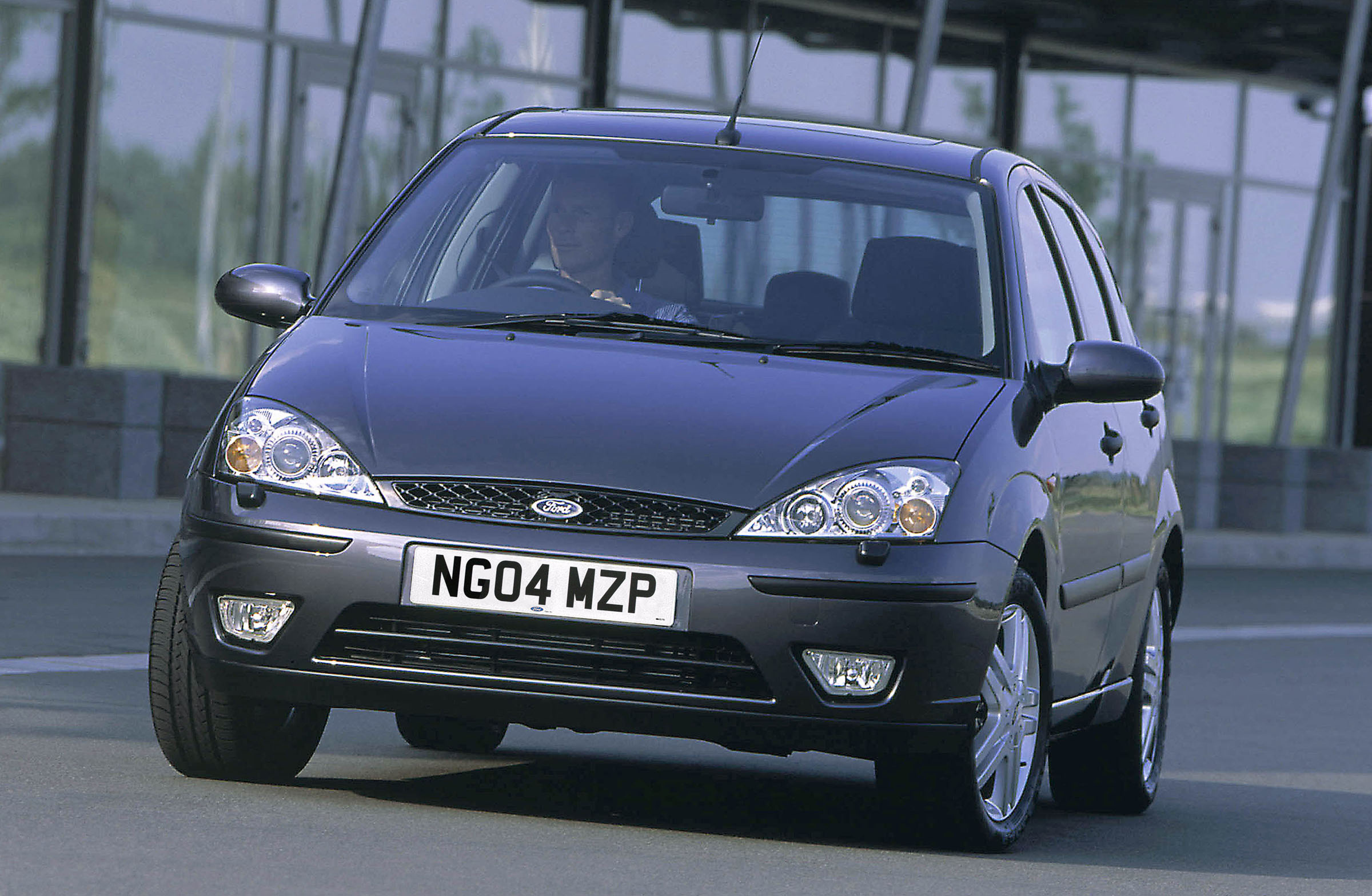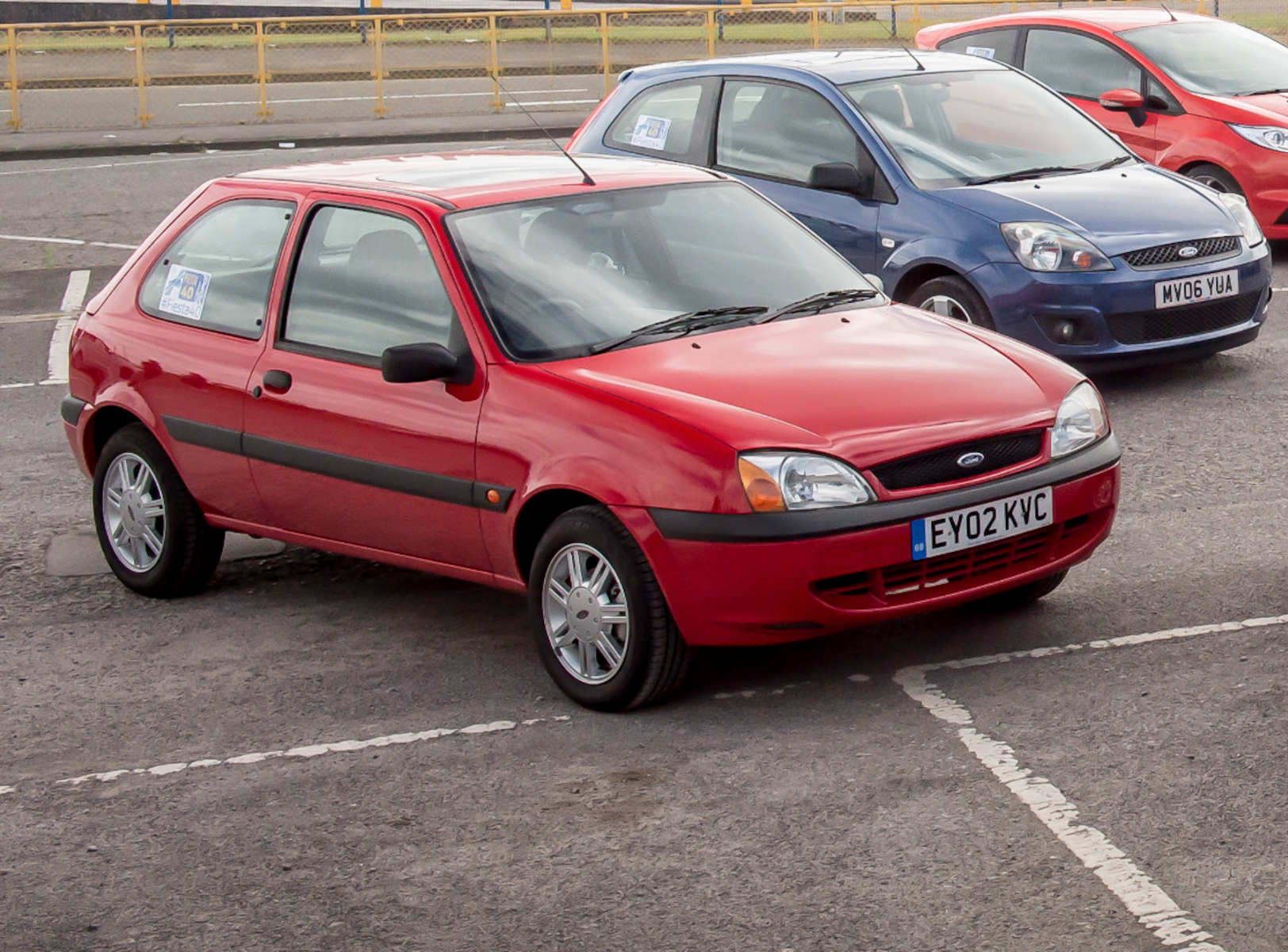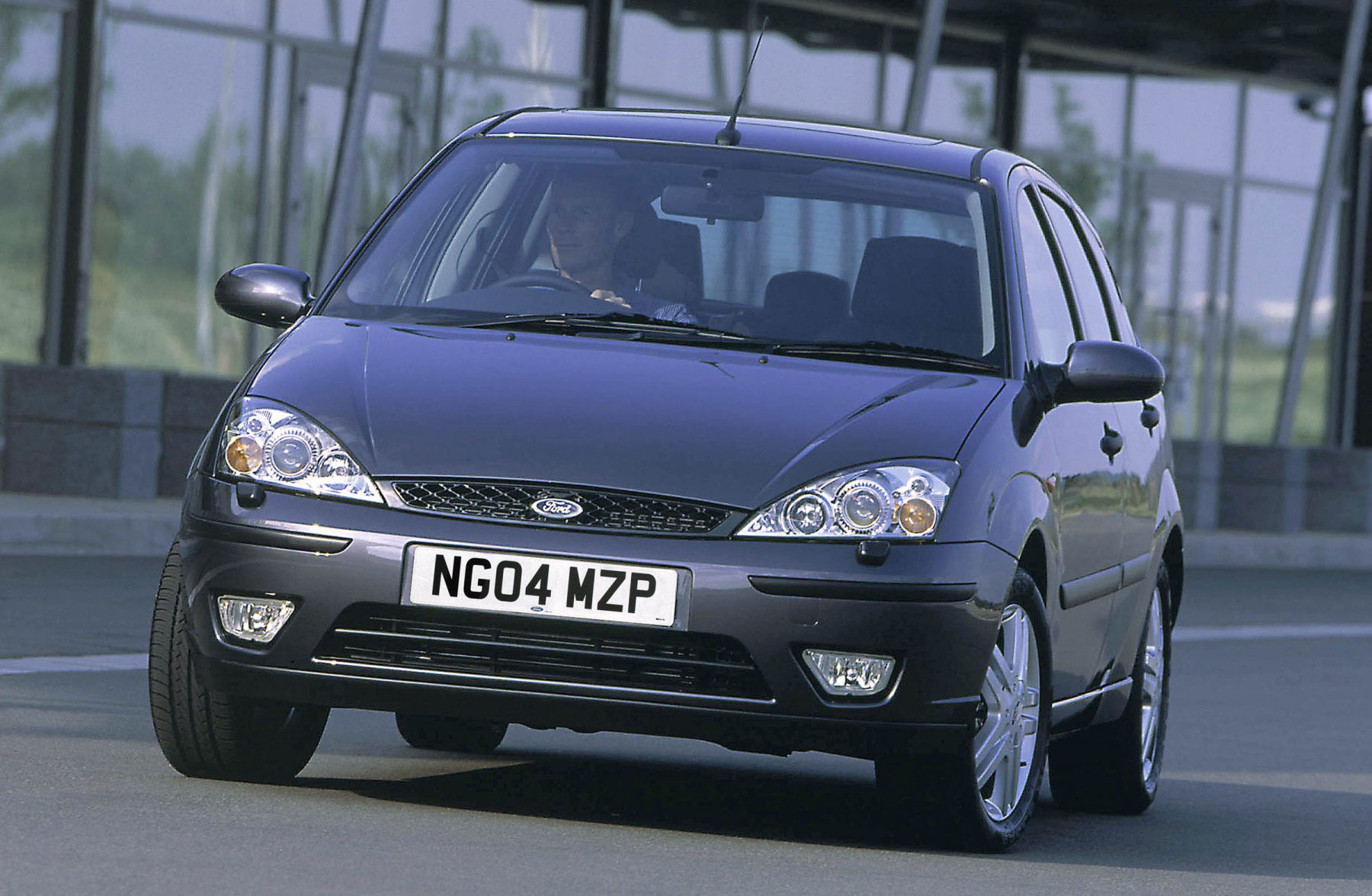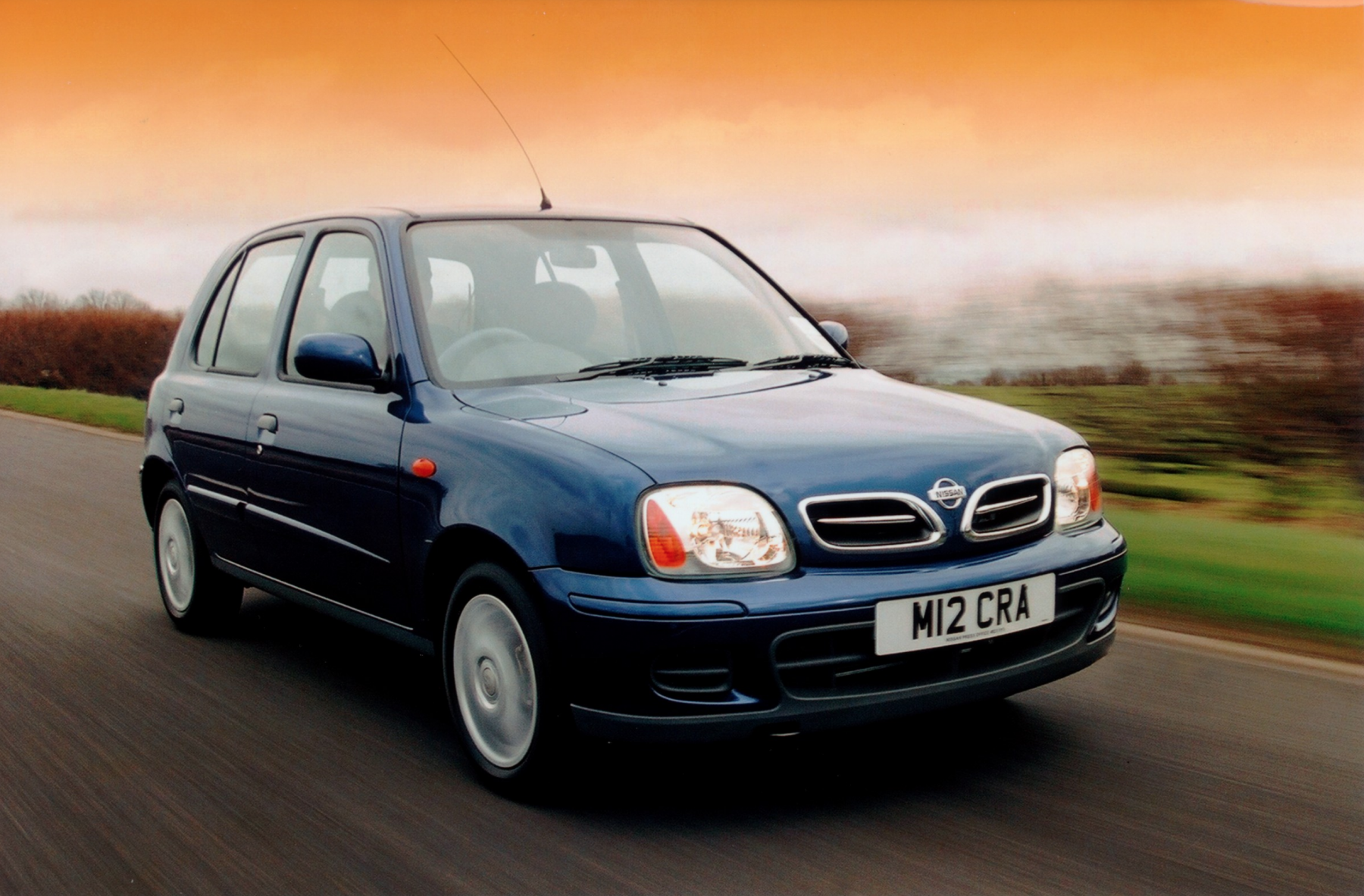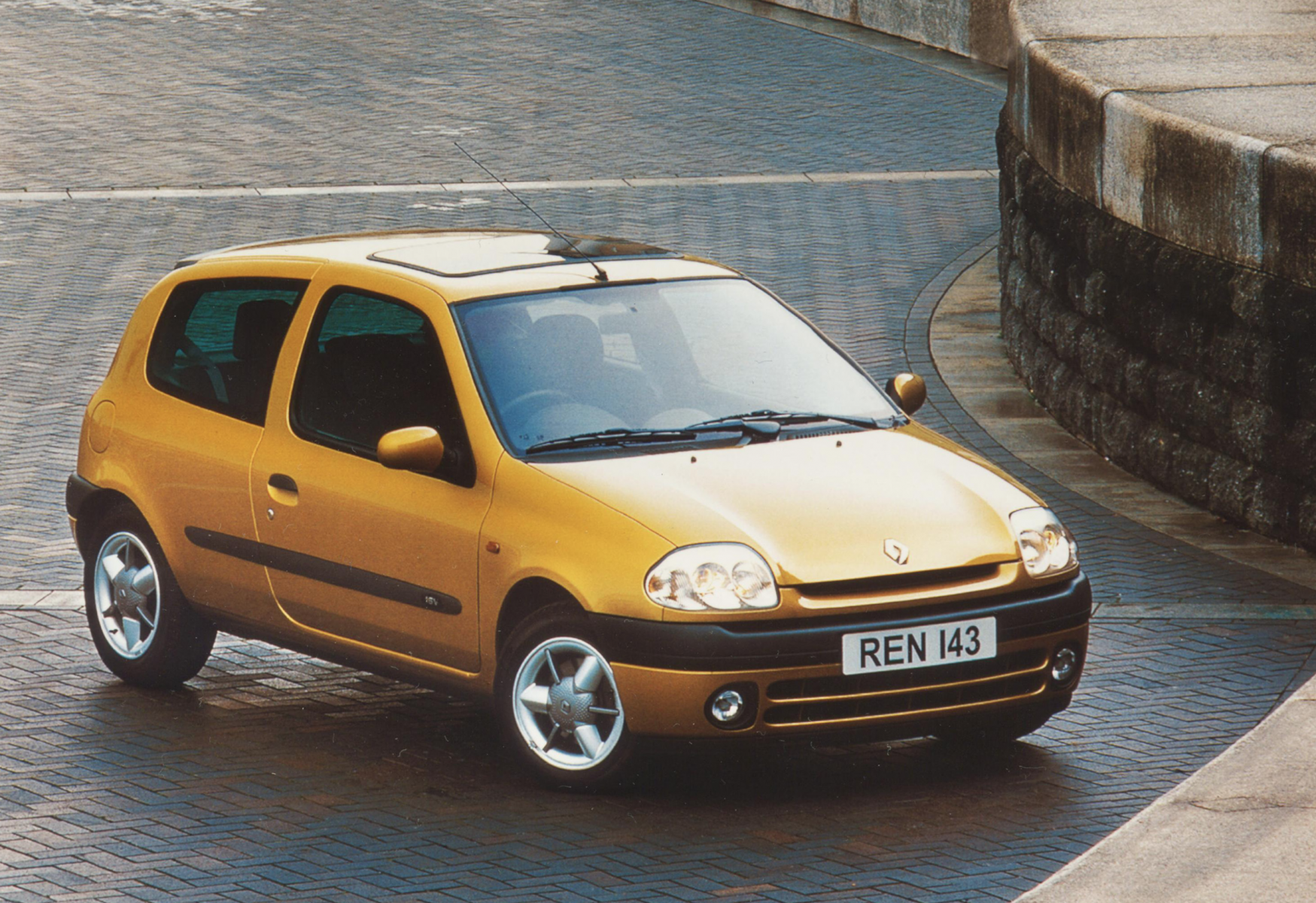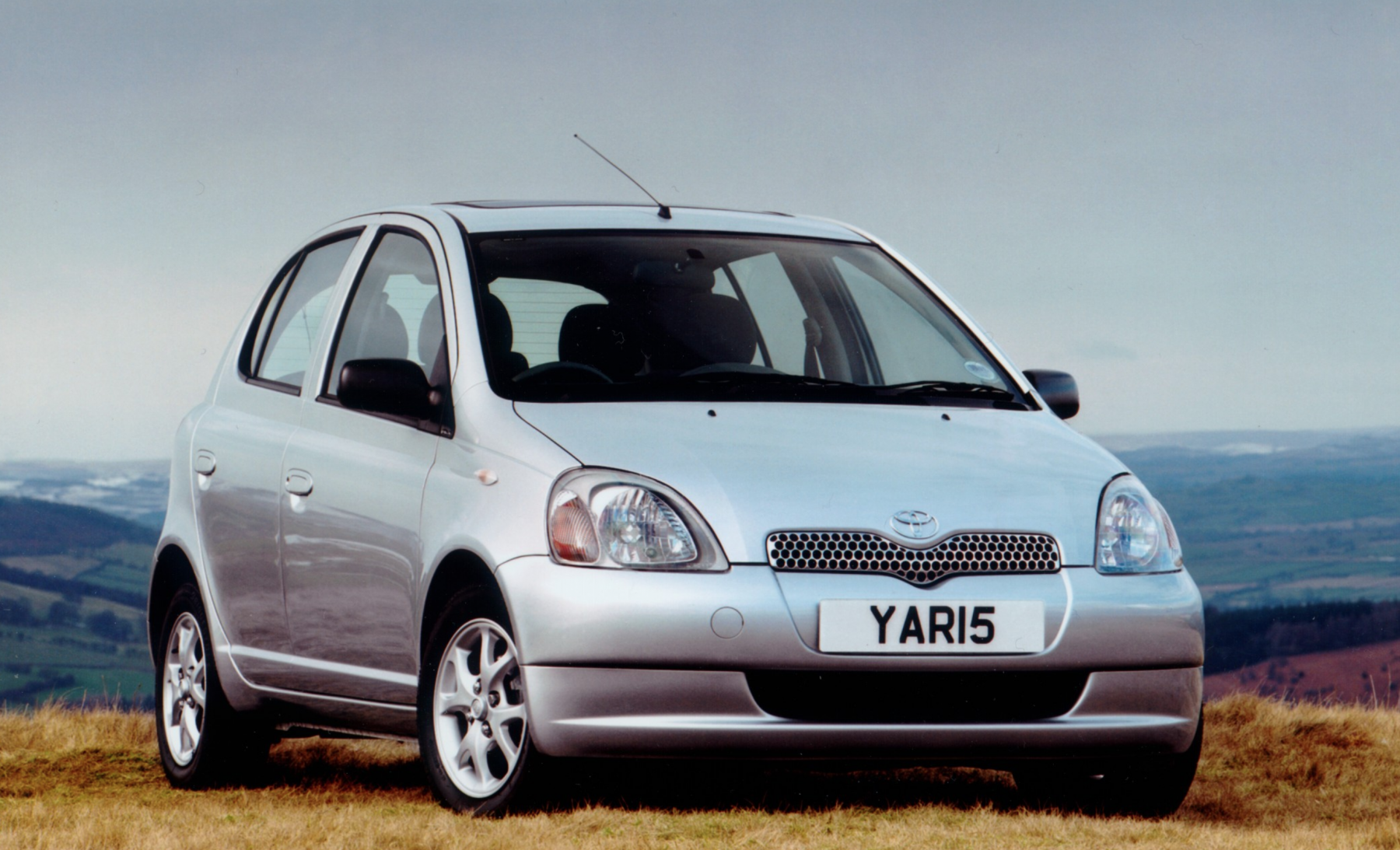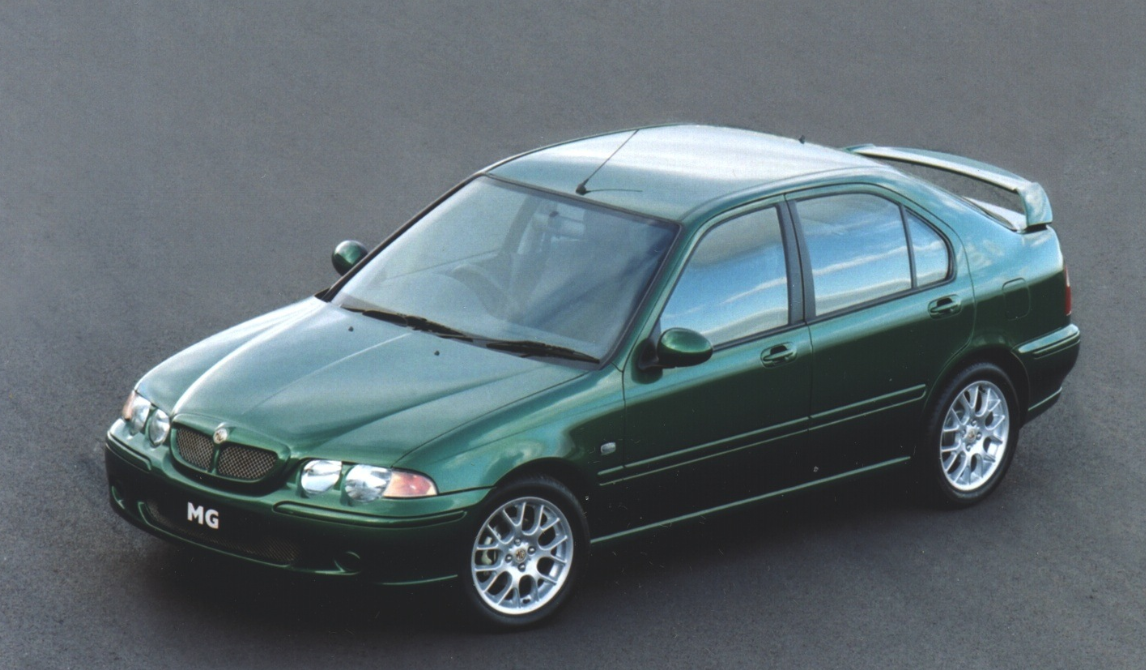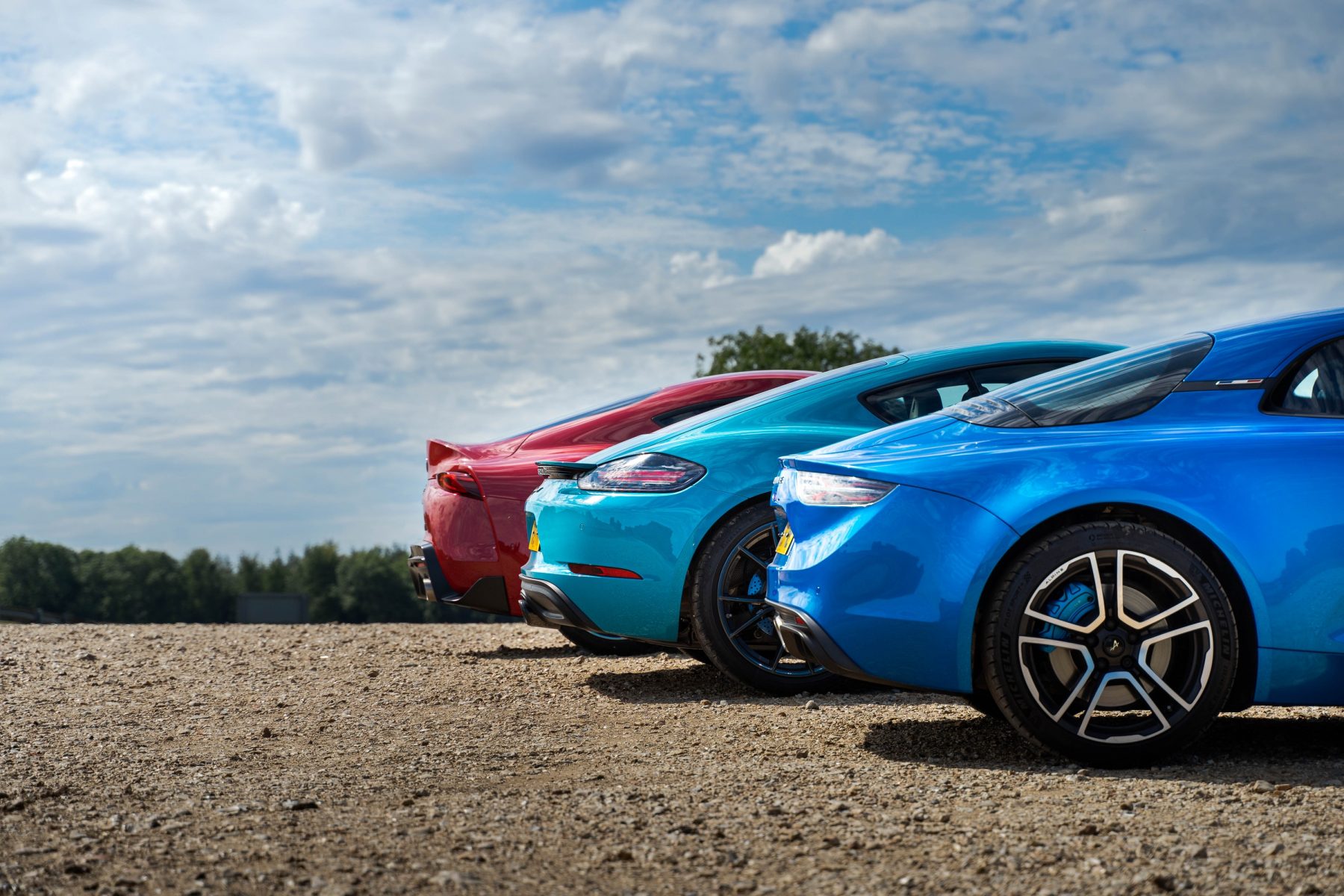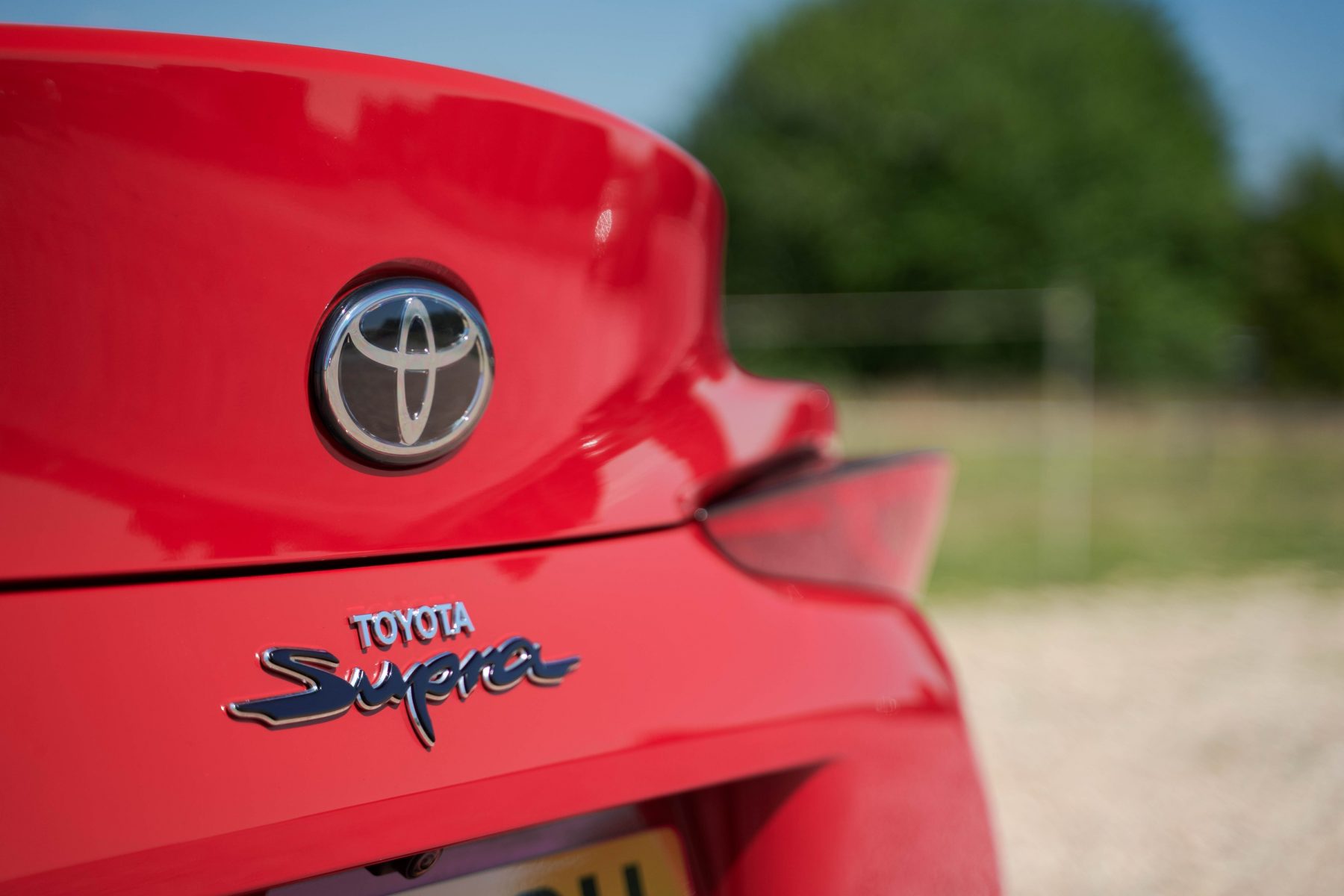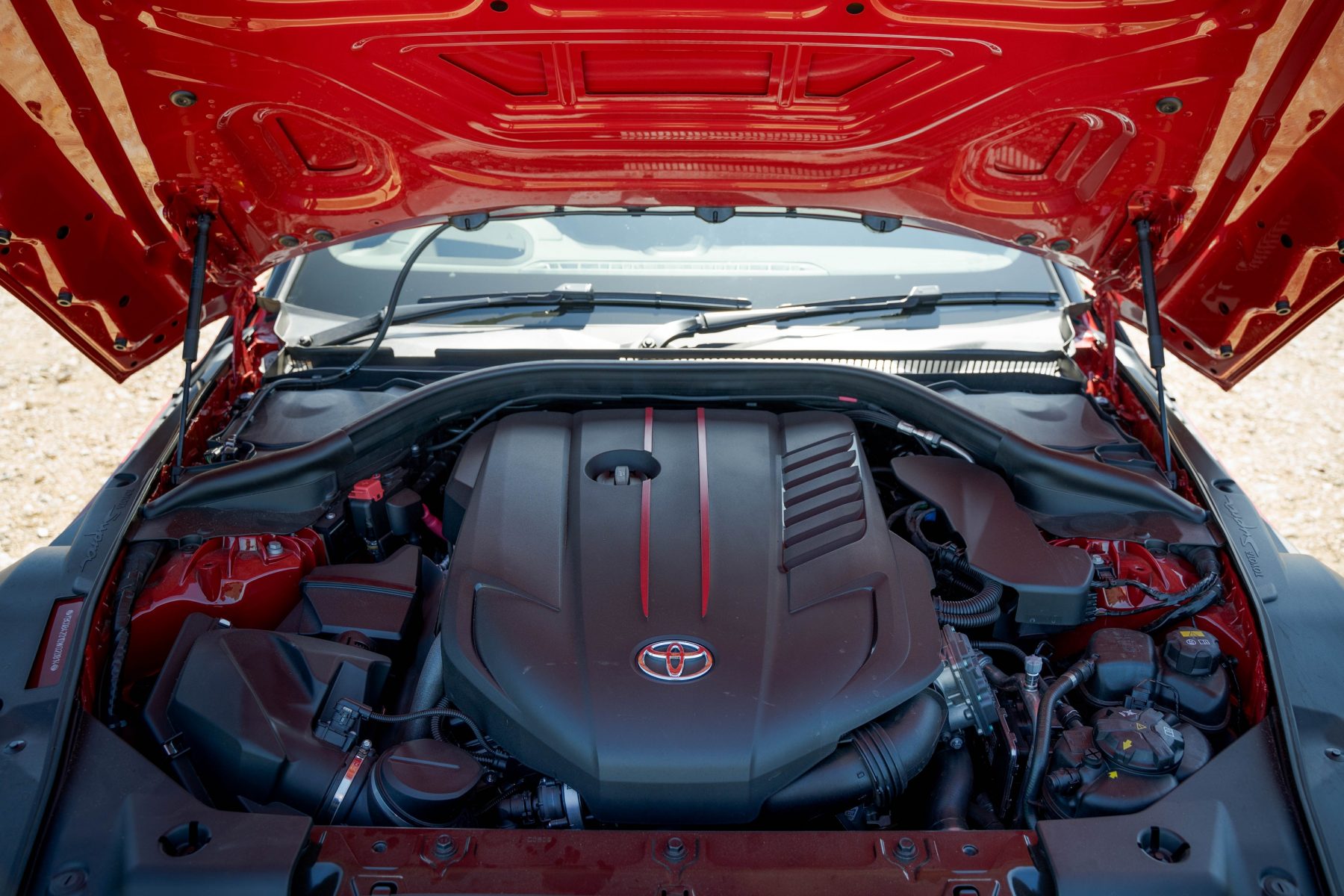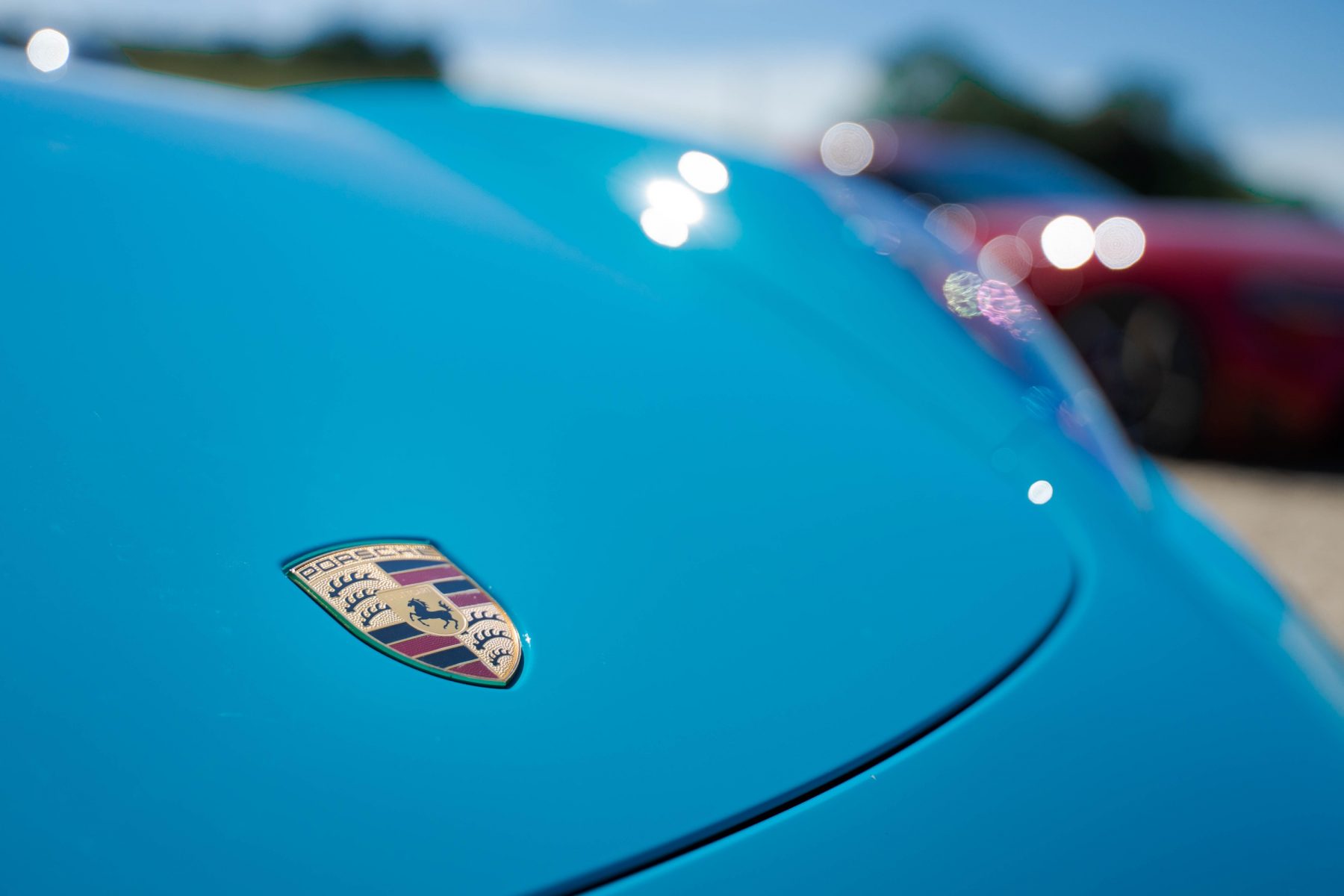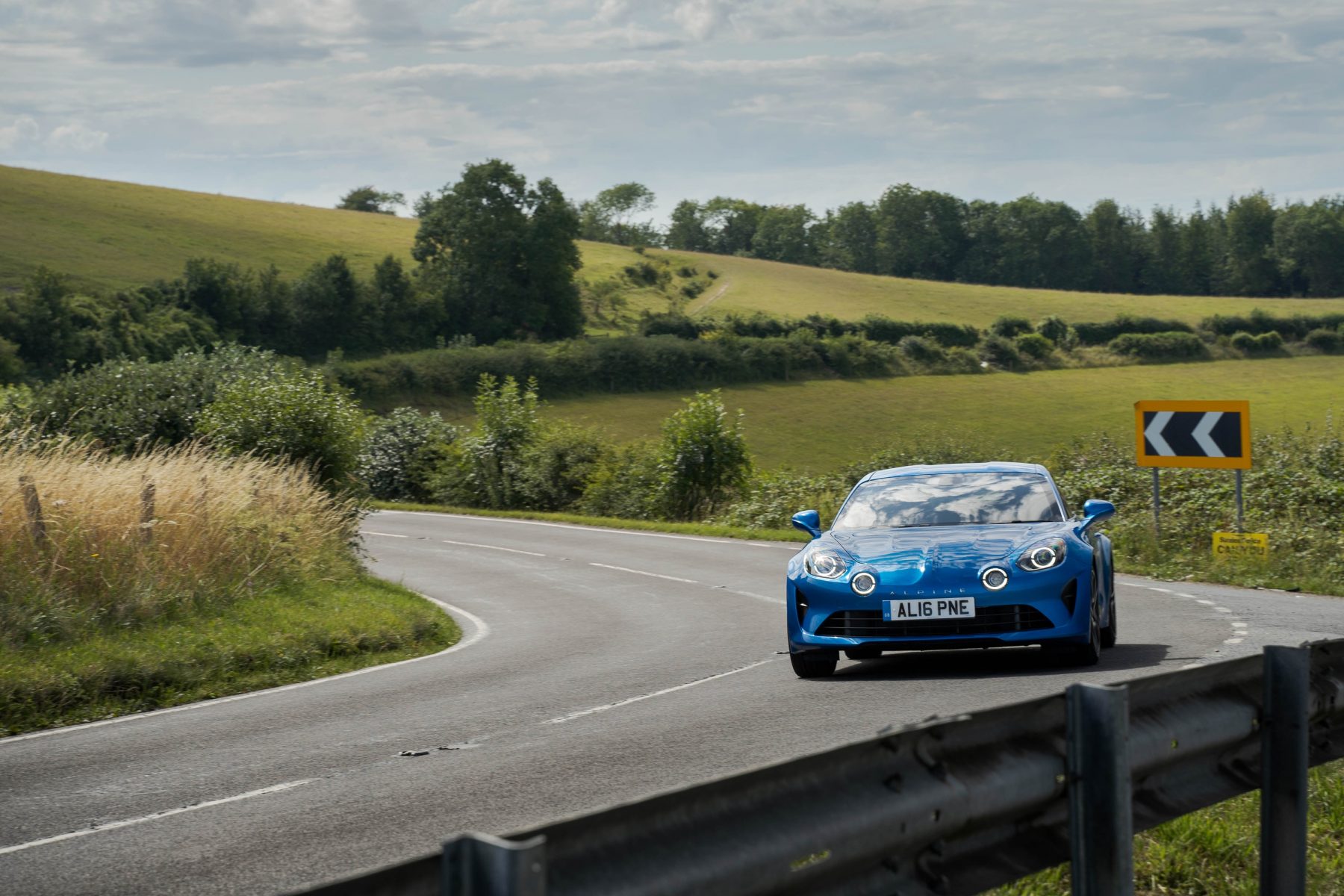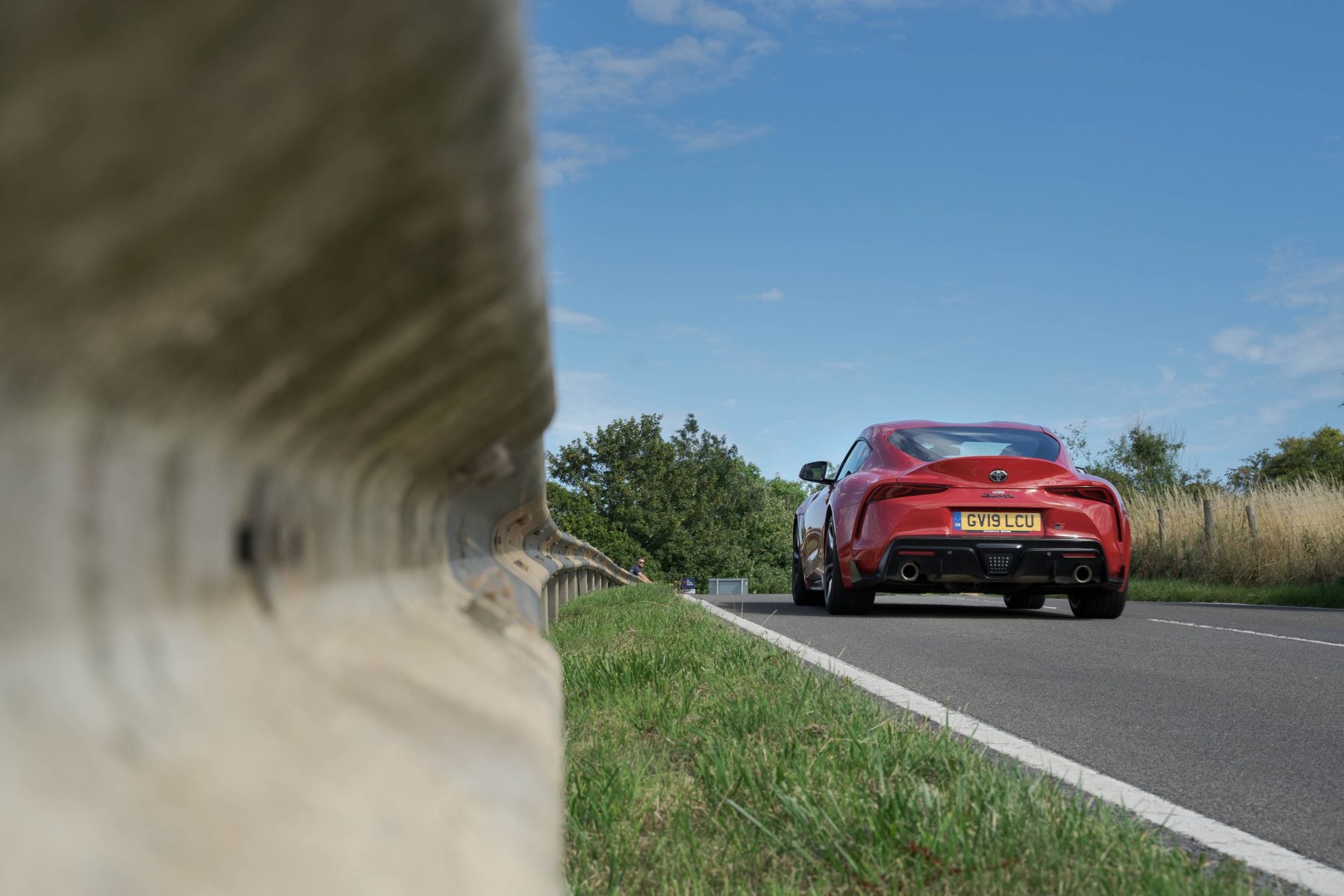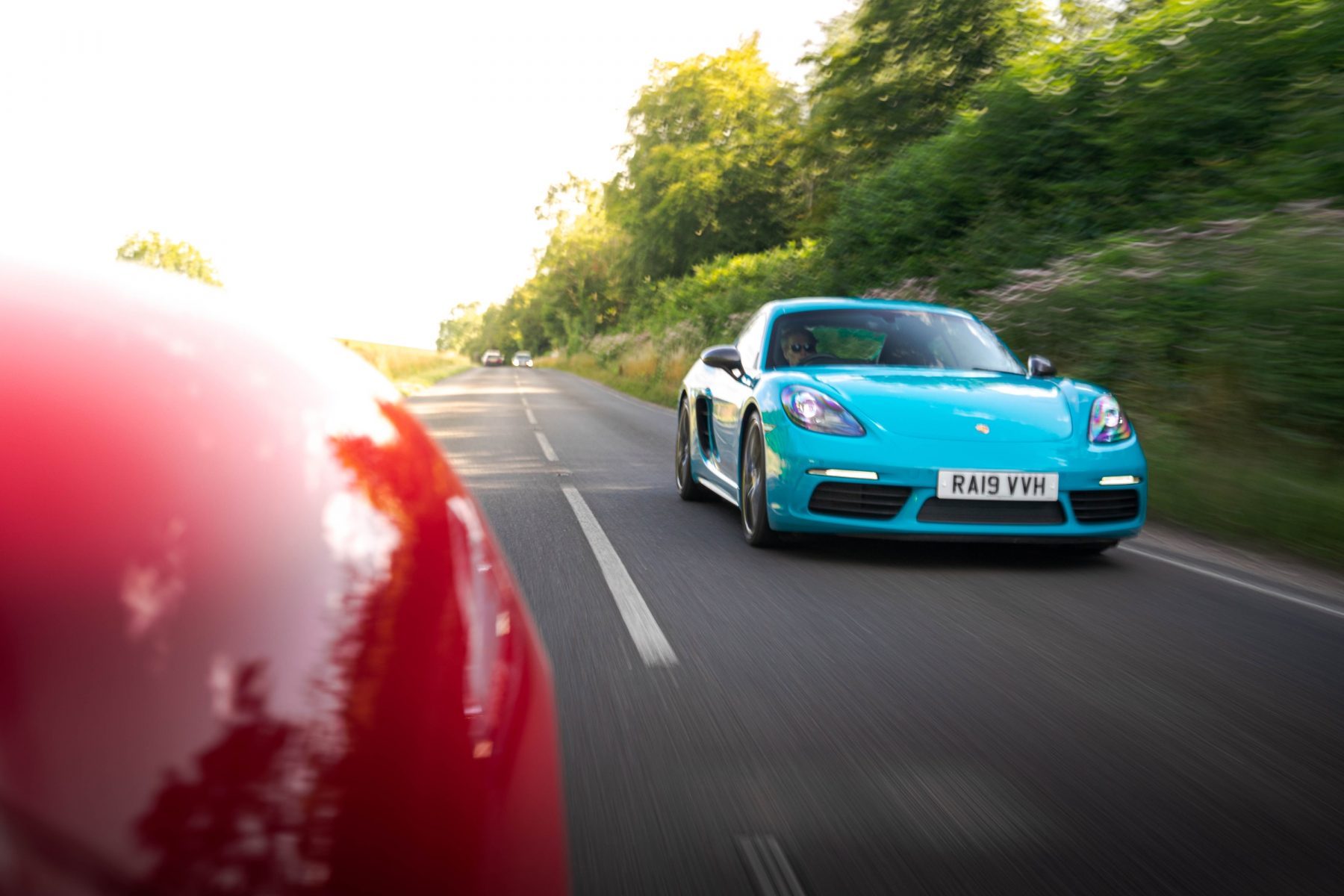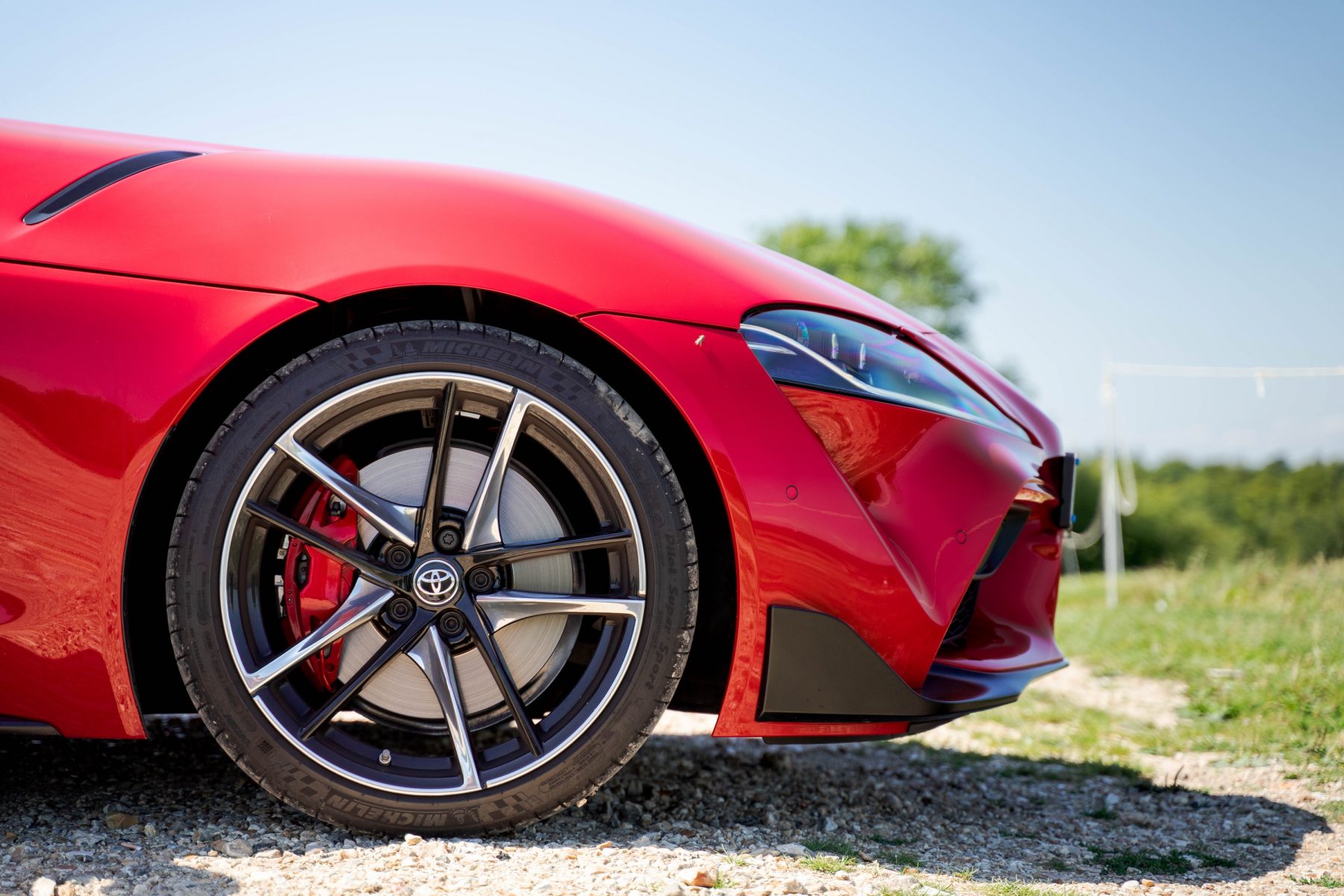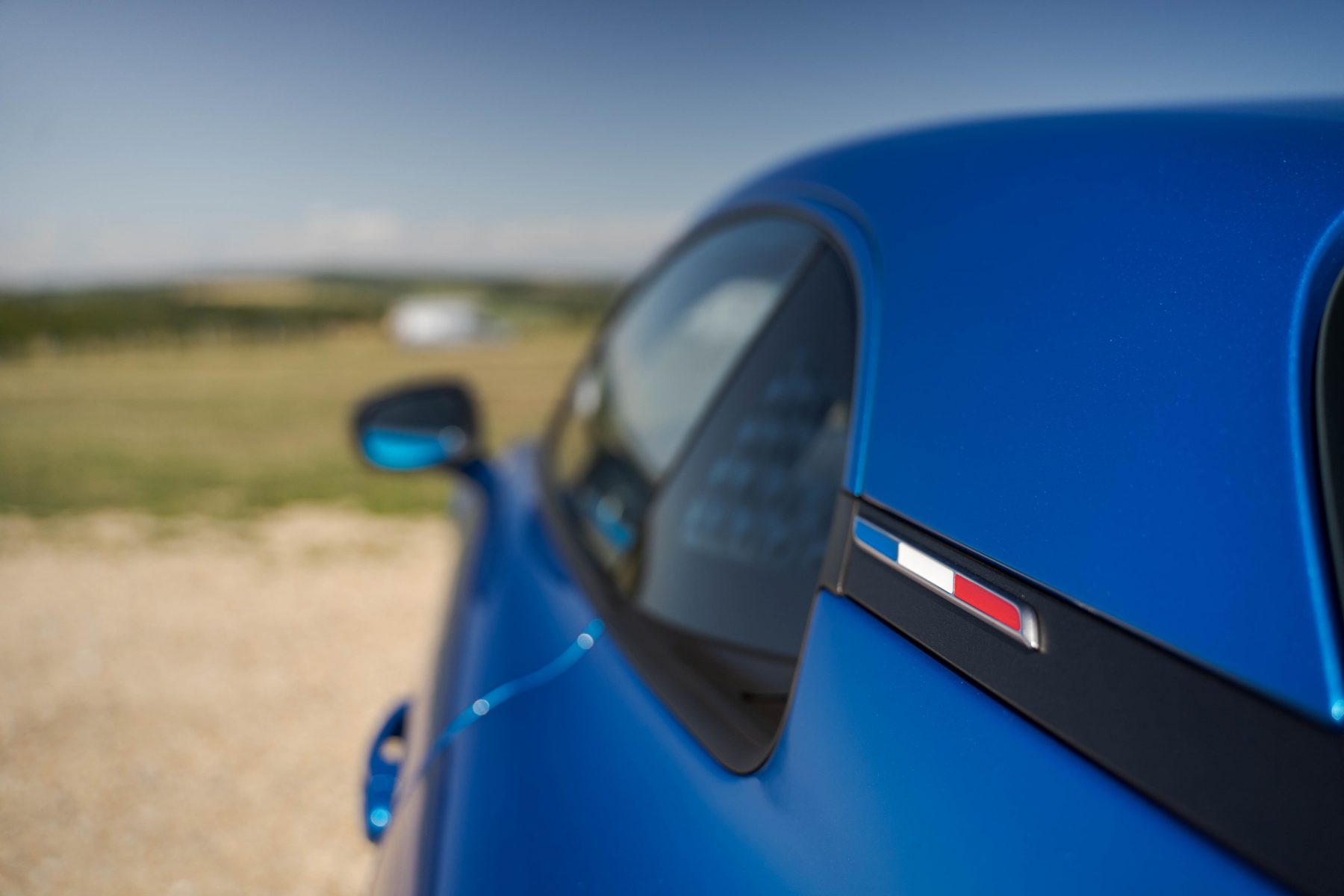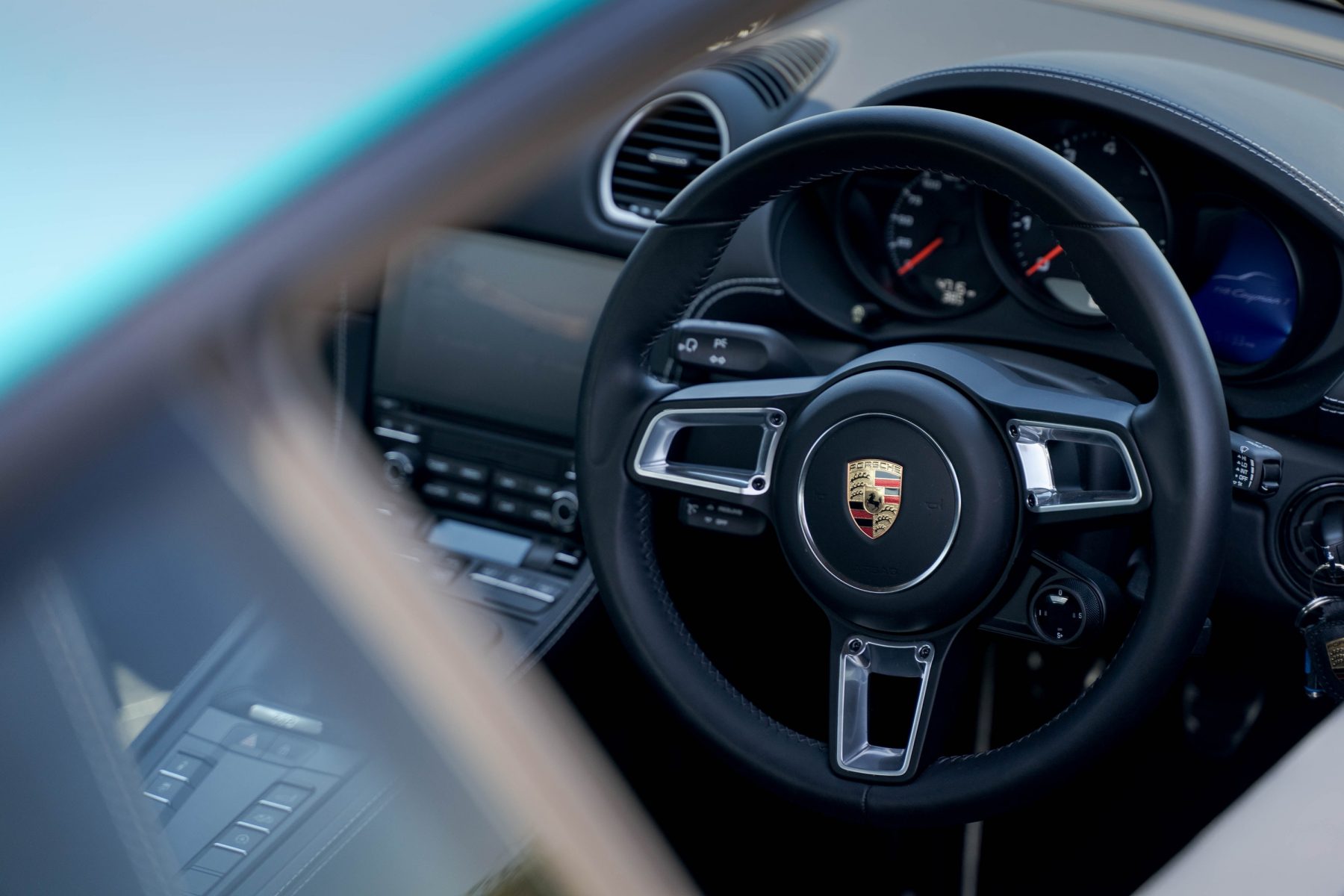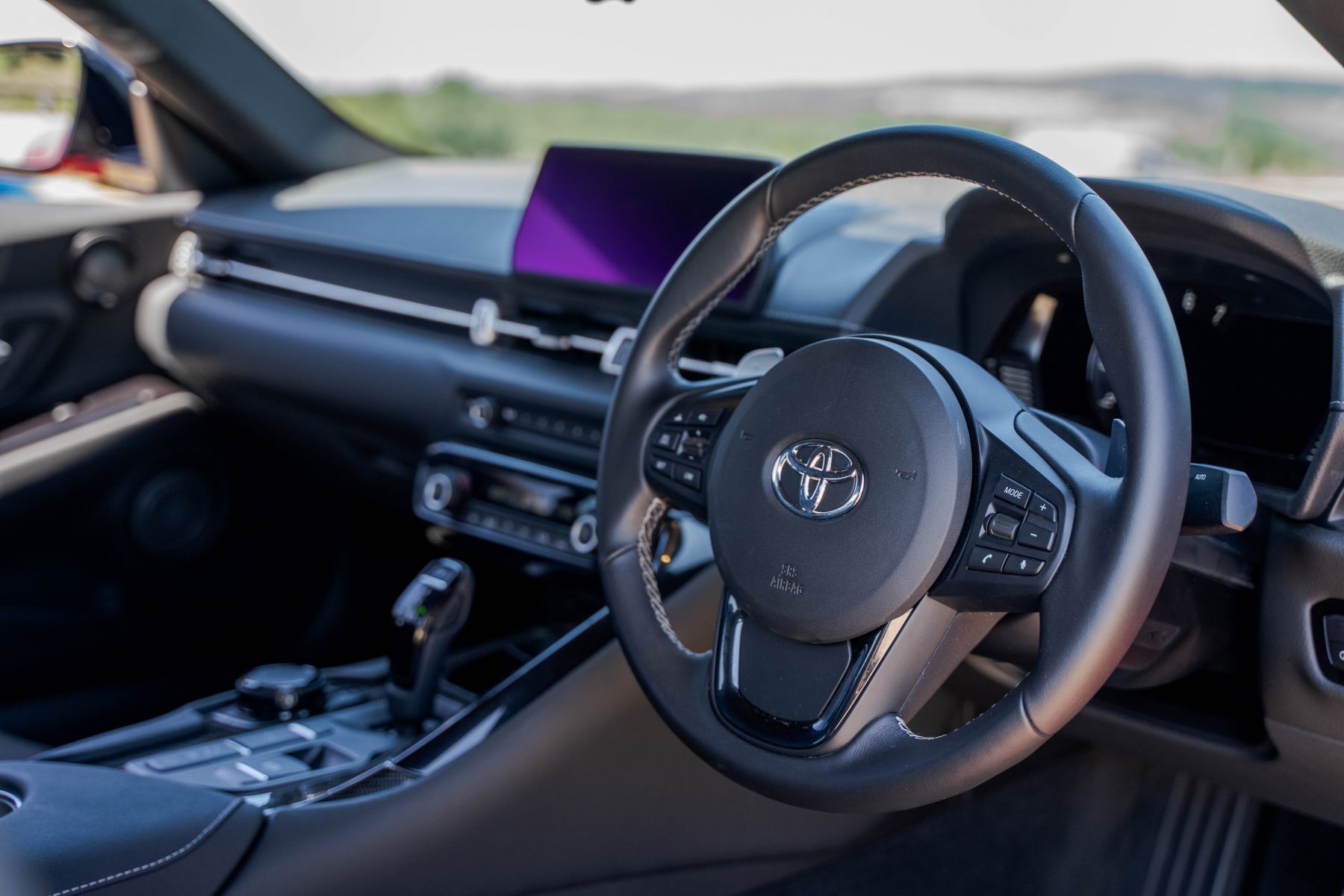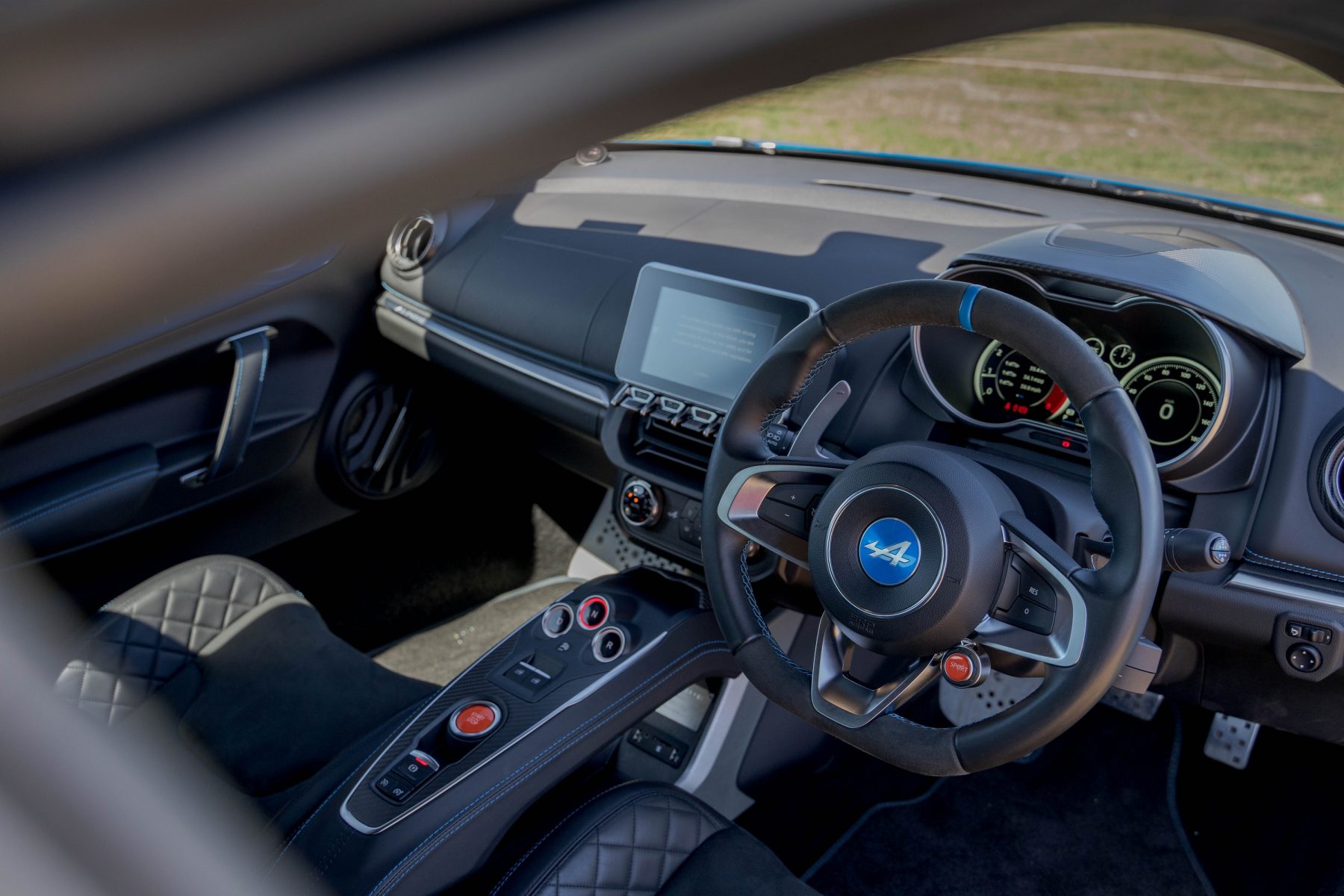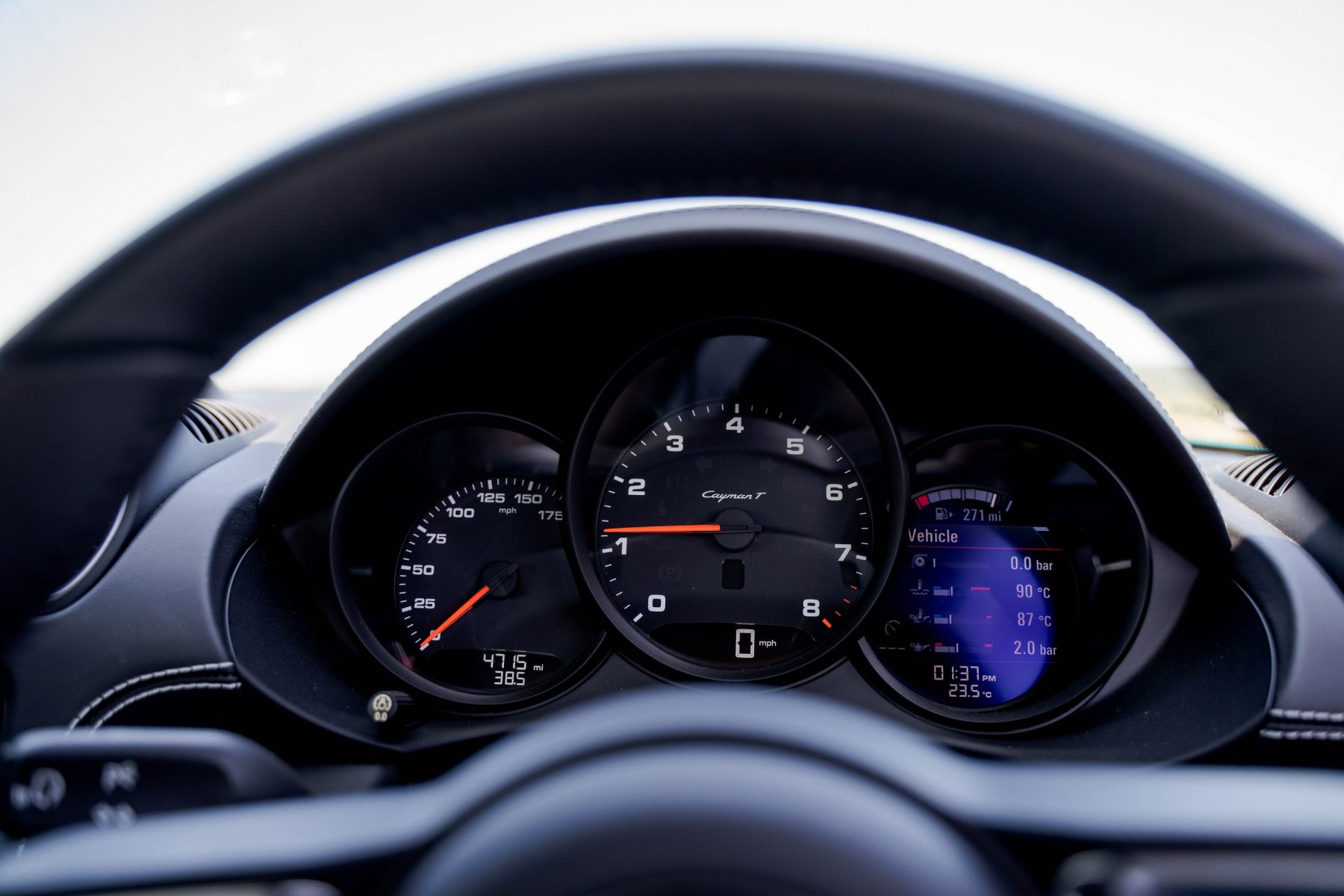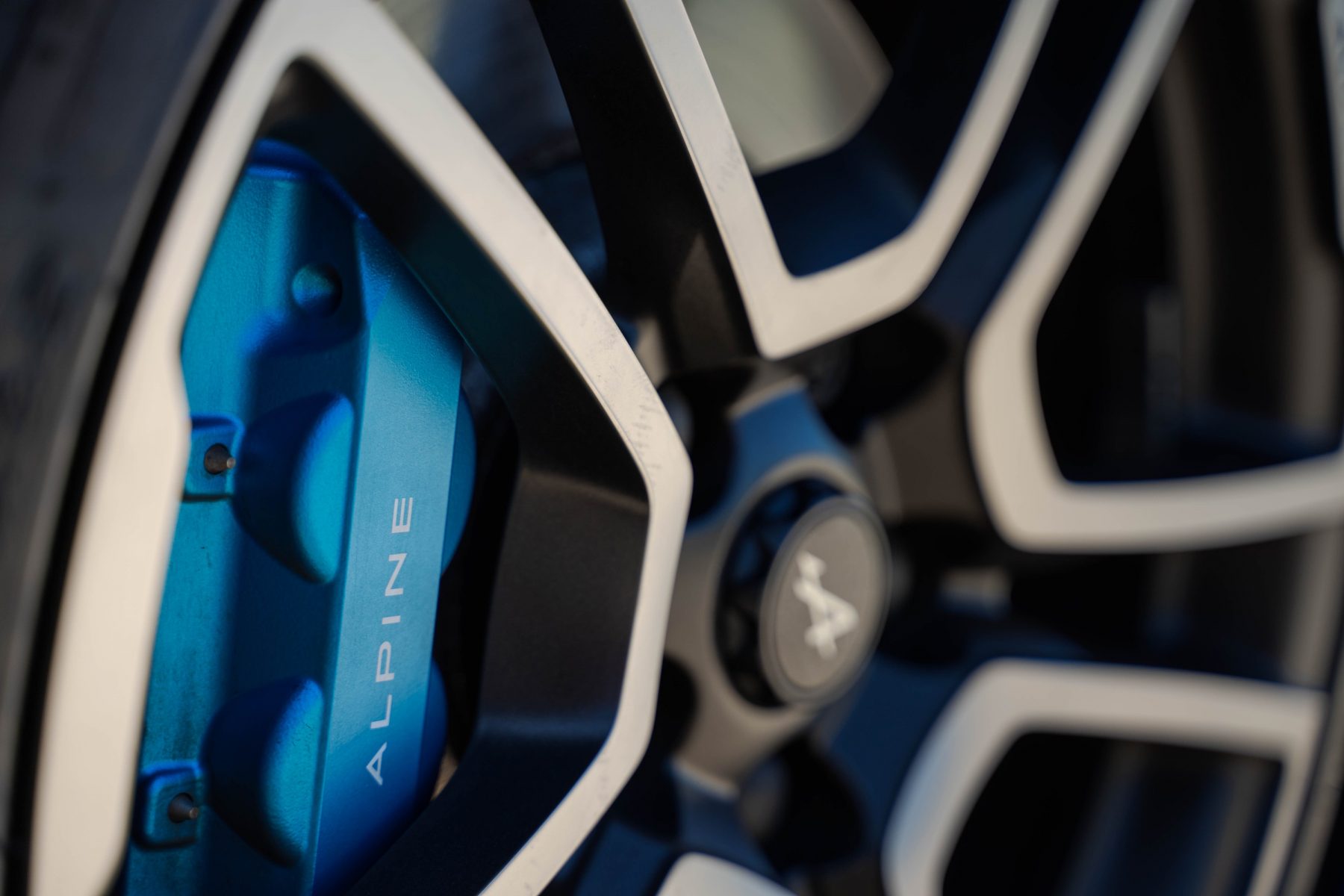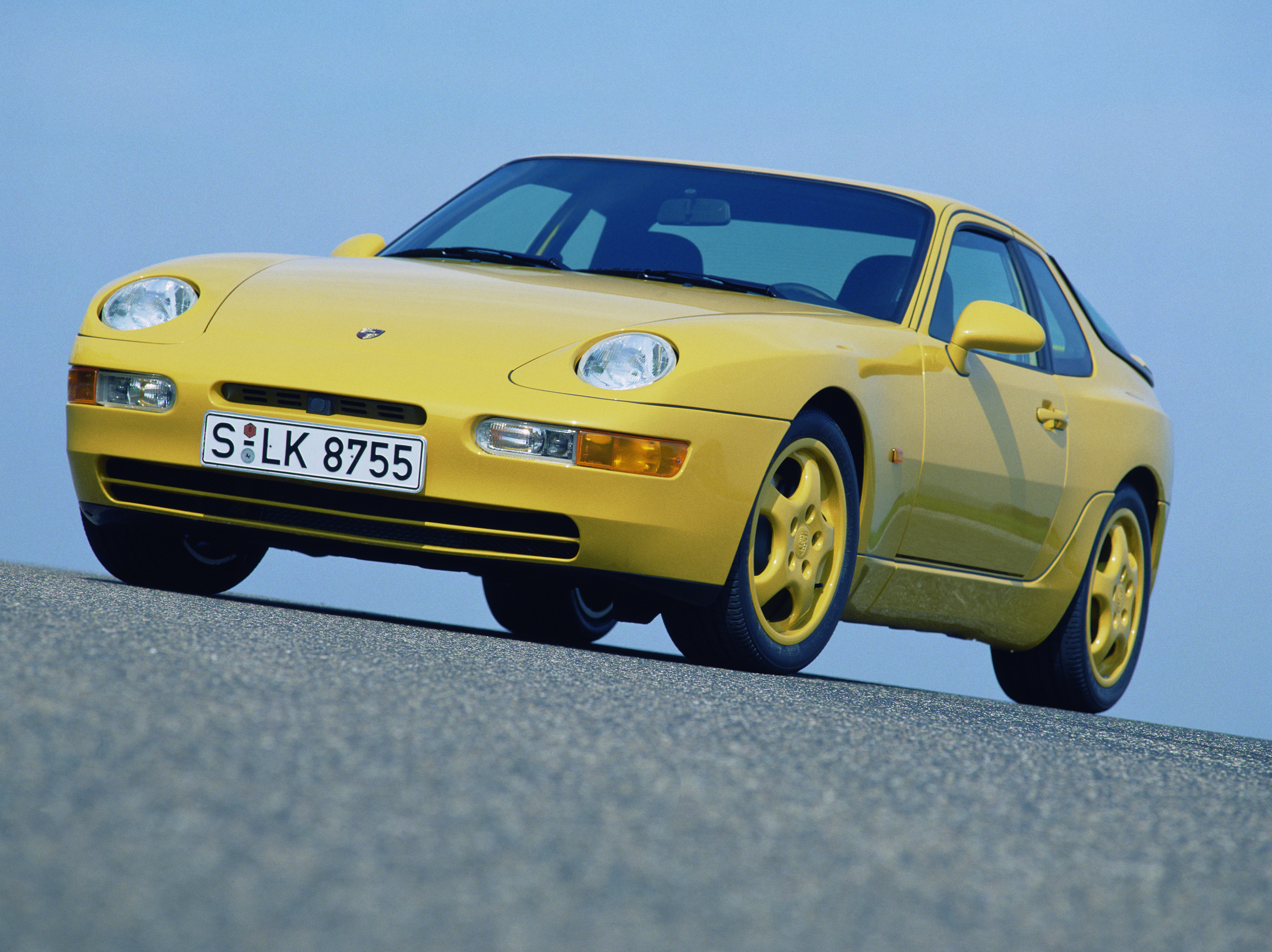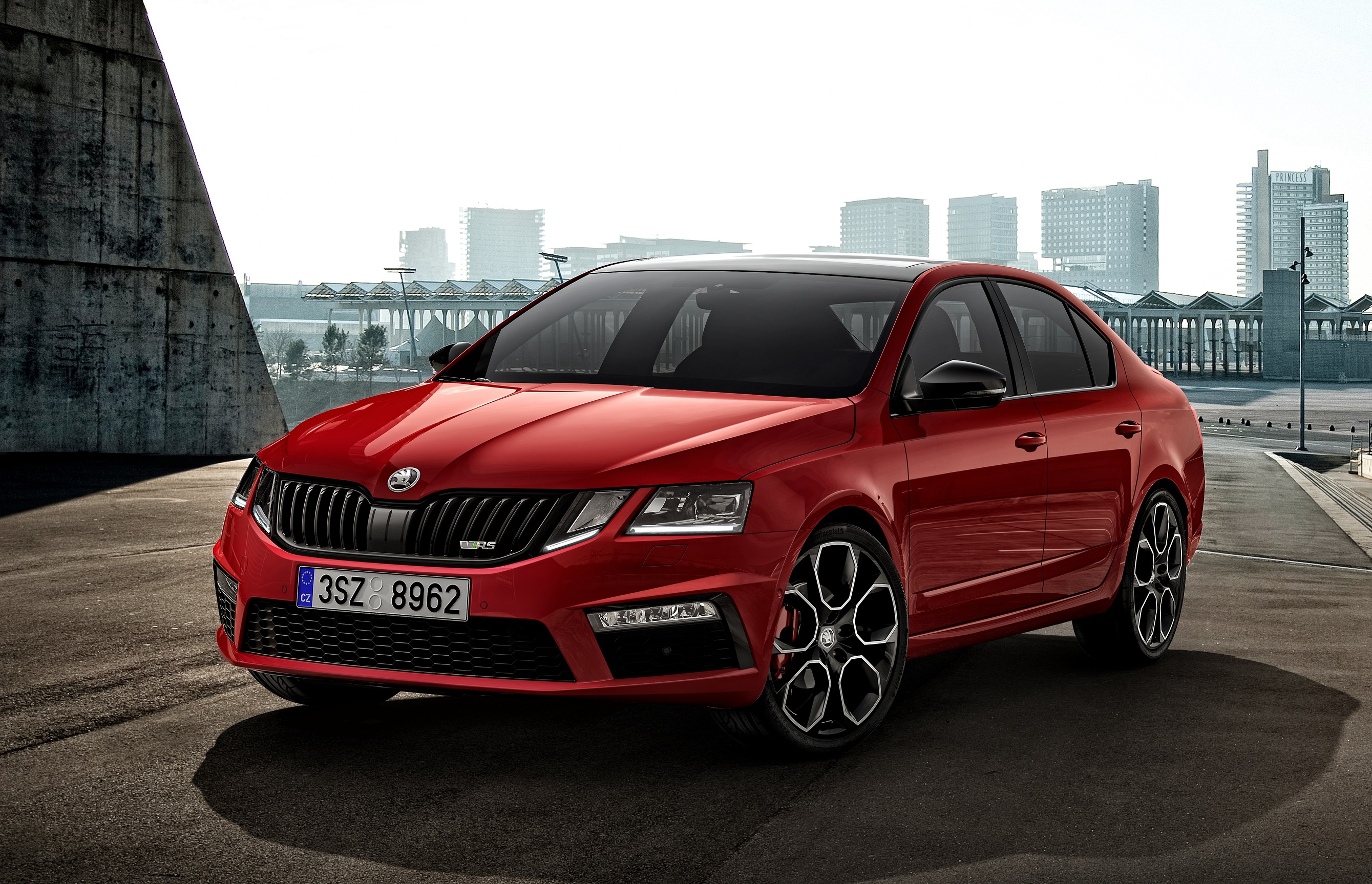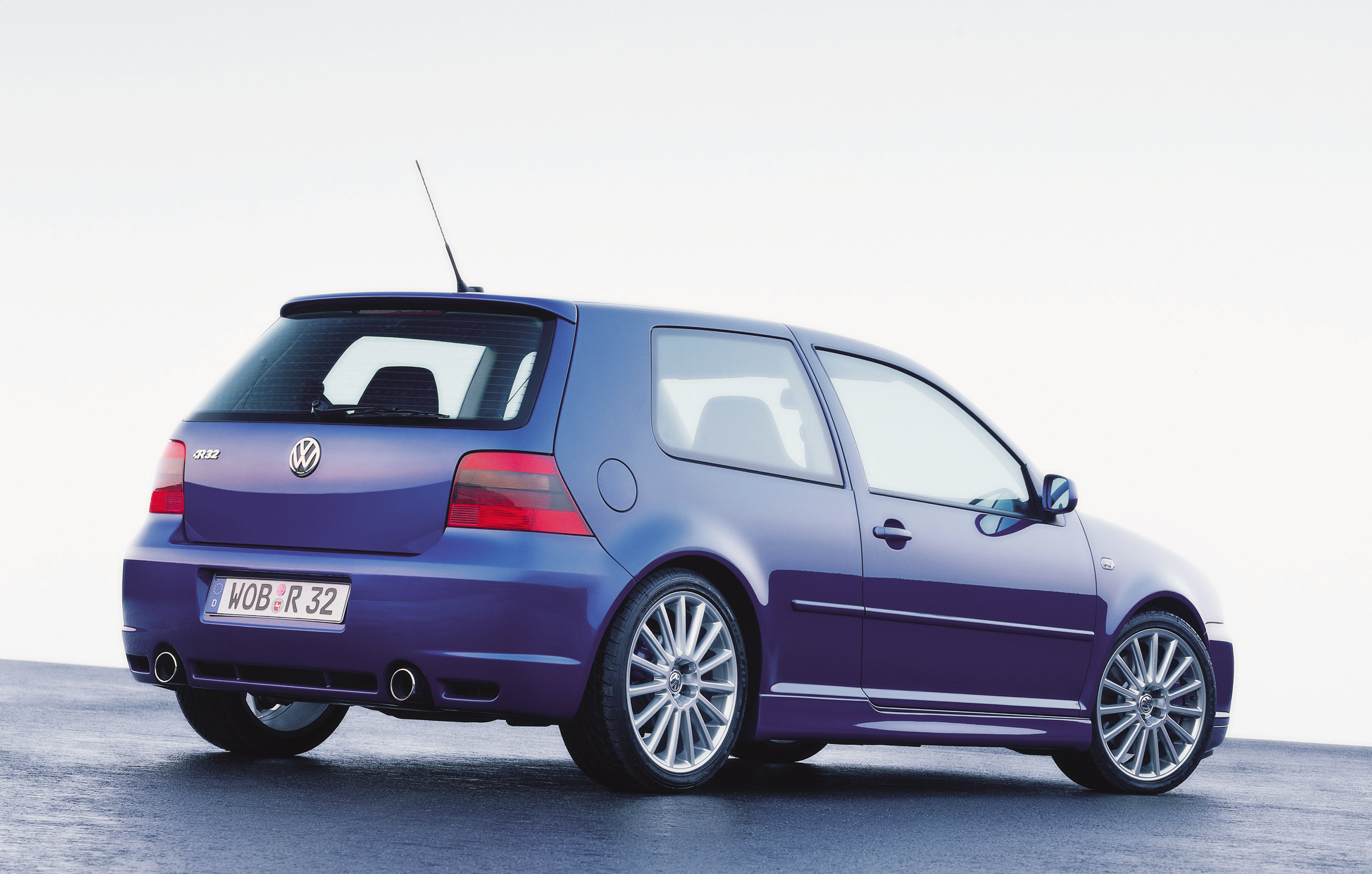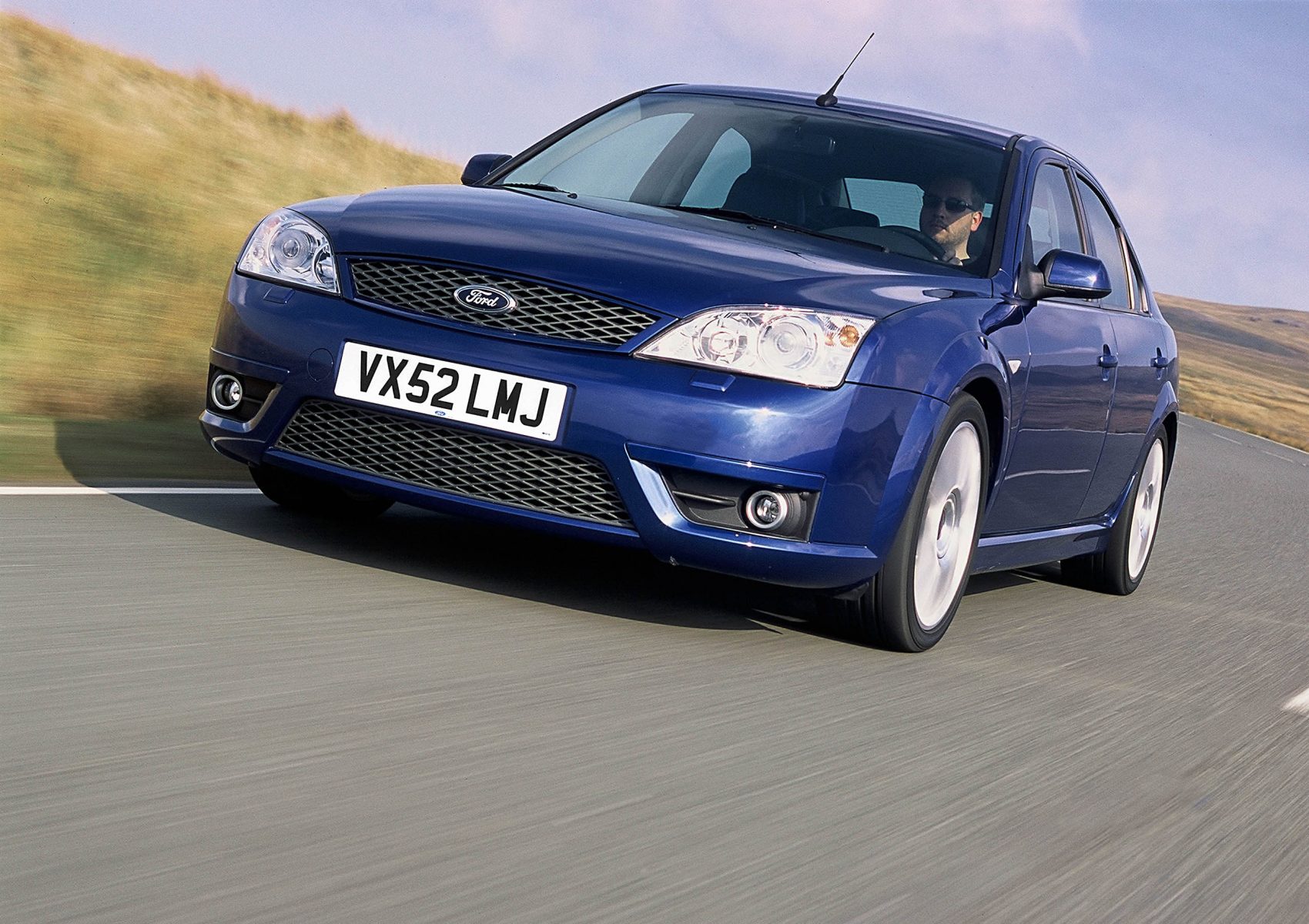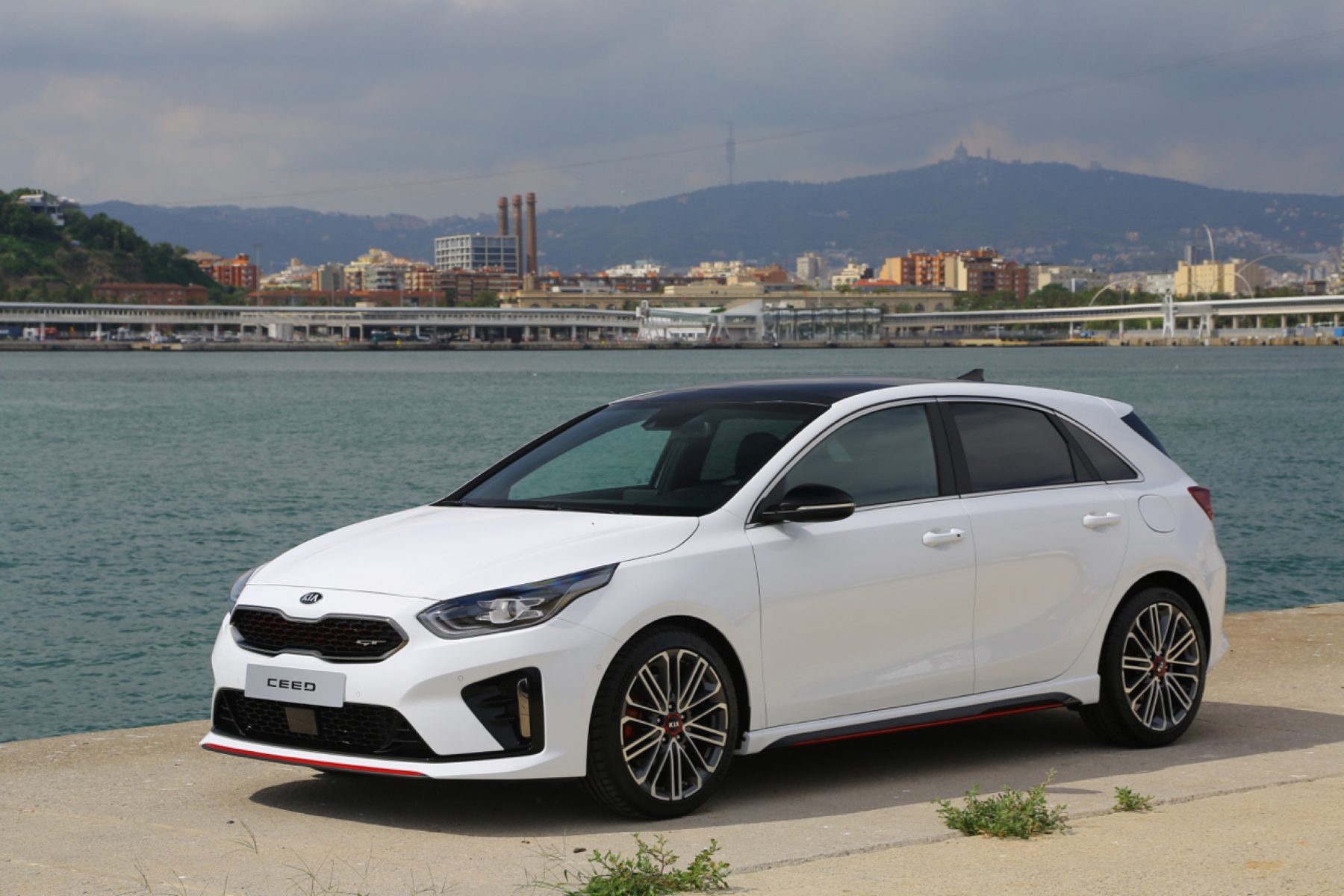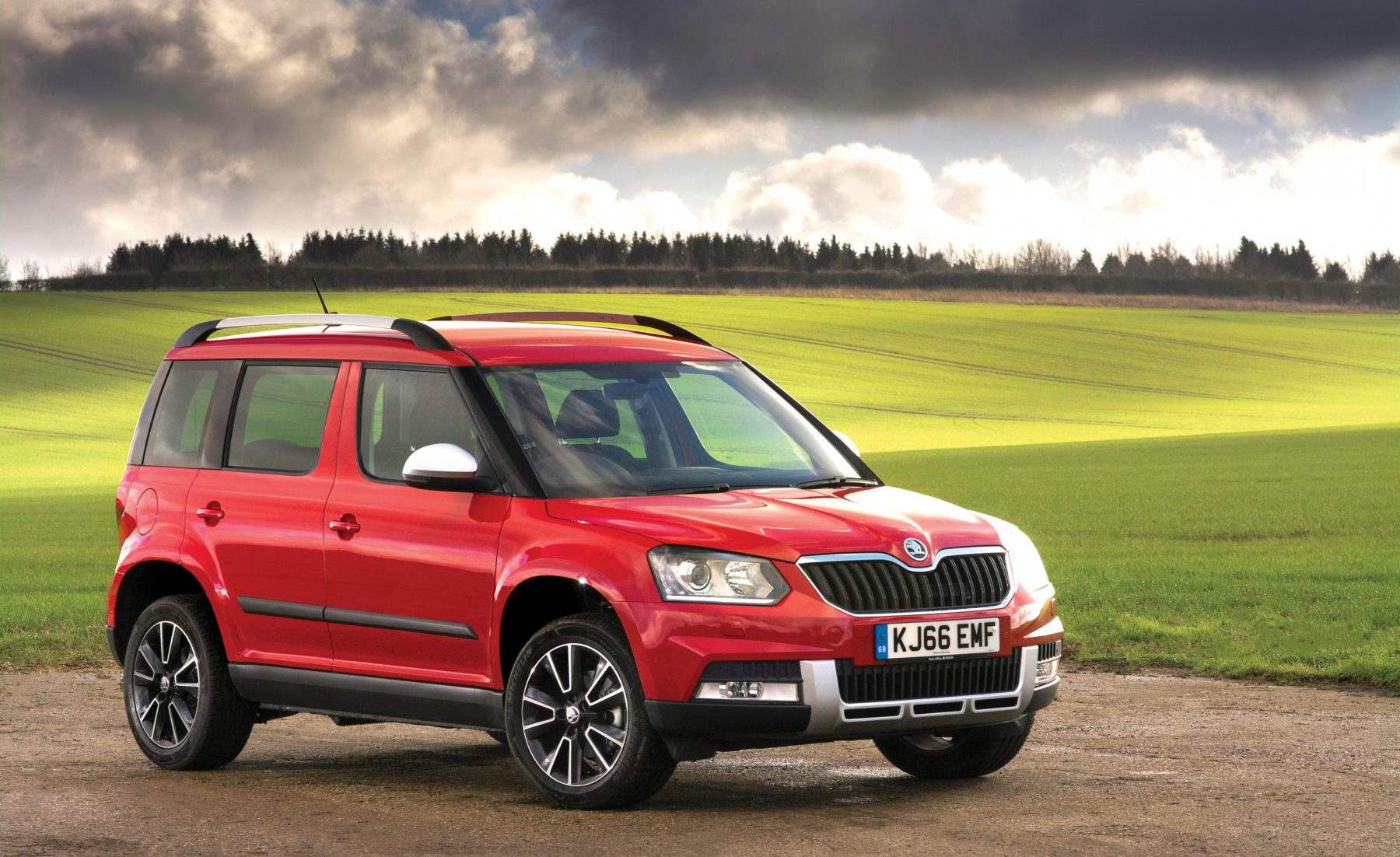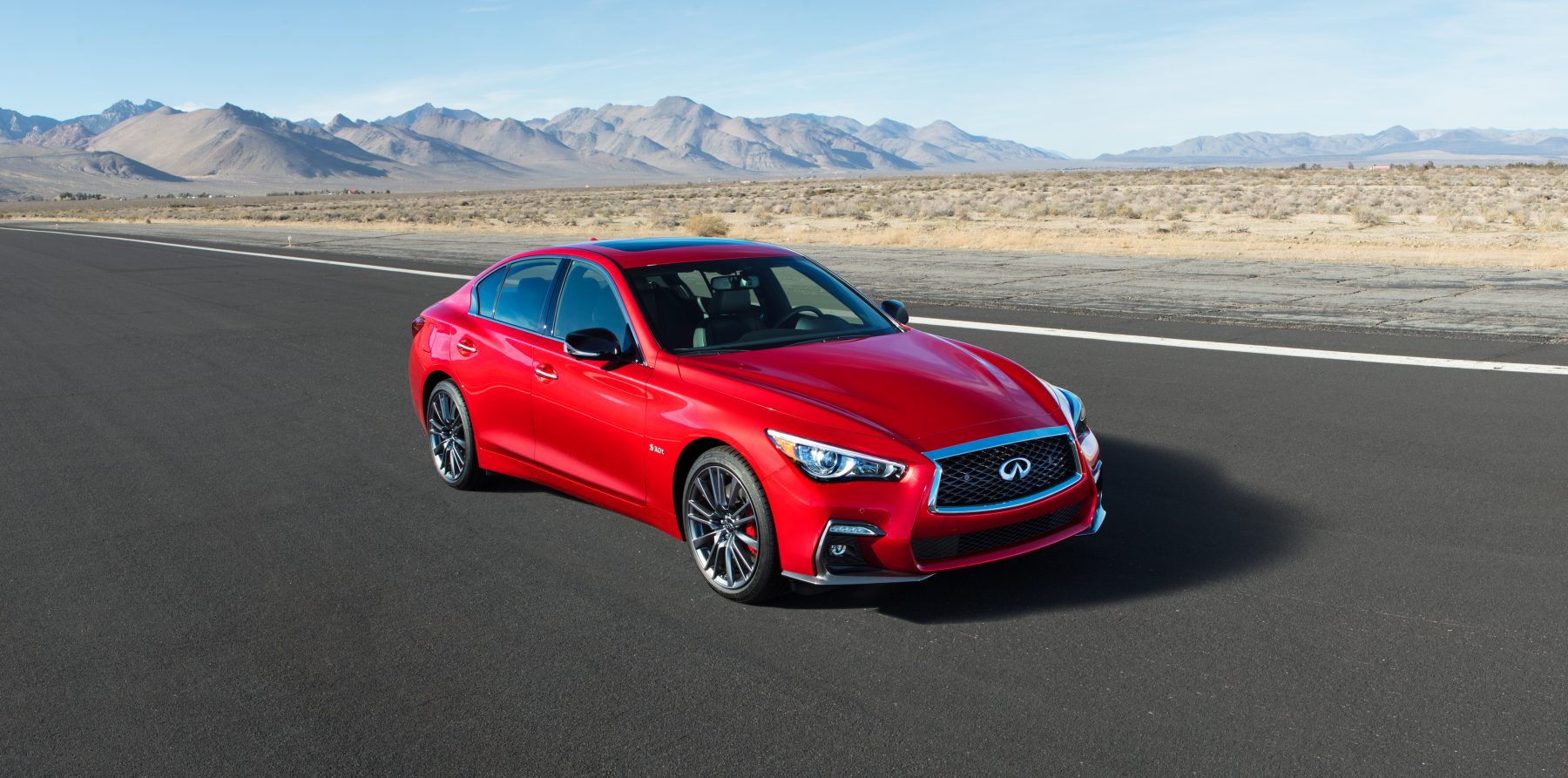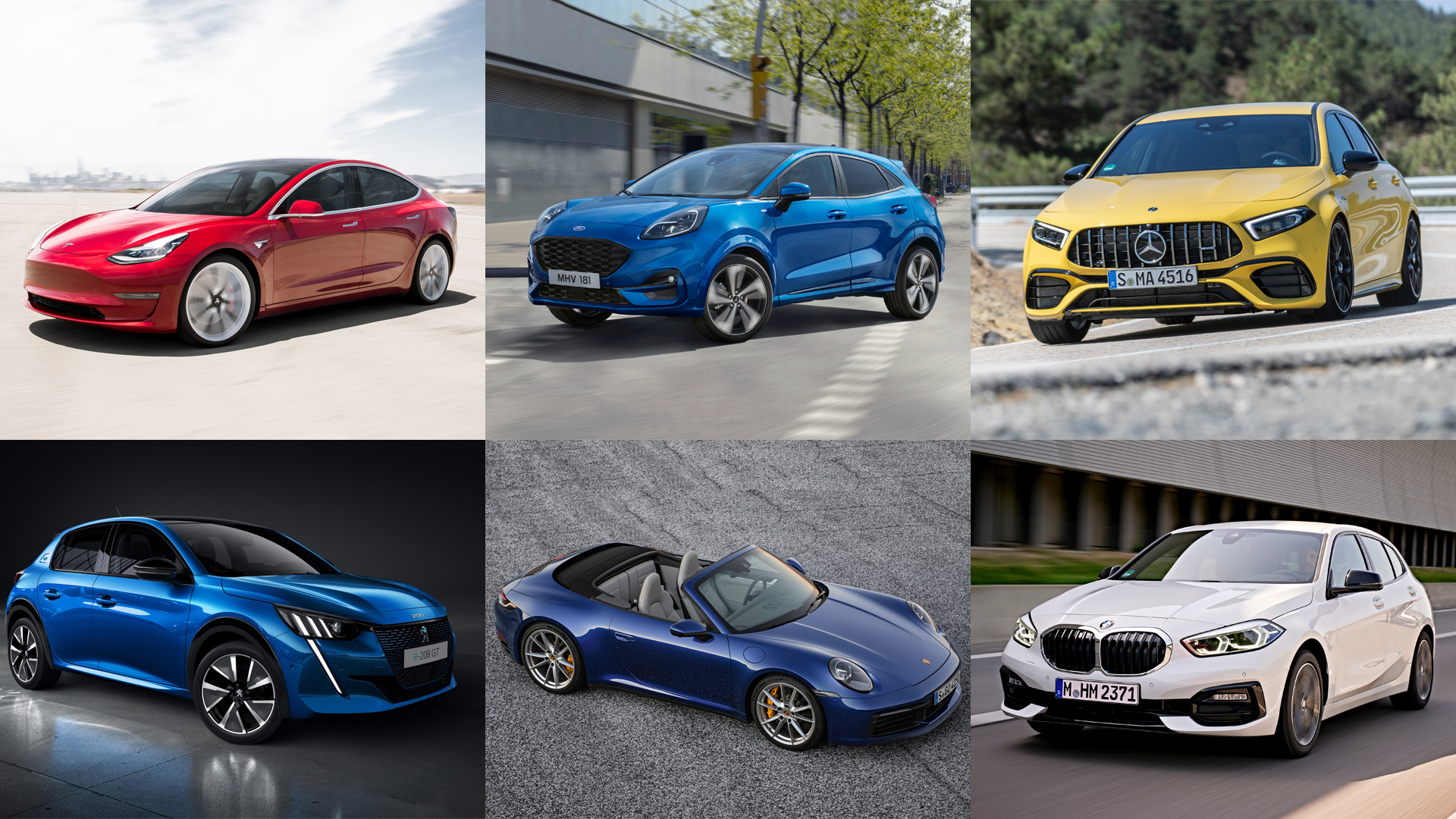September is quickly approaching, and though the month usually symbolises the start of autumn and the beginning of longer nights, colder days and browner leaves, it also means that there’s a new registration — and this time around, it’s ‘69’.
In the past few months, there’s been a big influx of new models, updates and refreshes, meaning potential buyers are inundated with choices. Here are some of the best new models to wear the new plate.
Audi A4
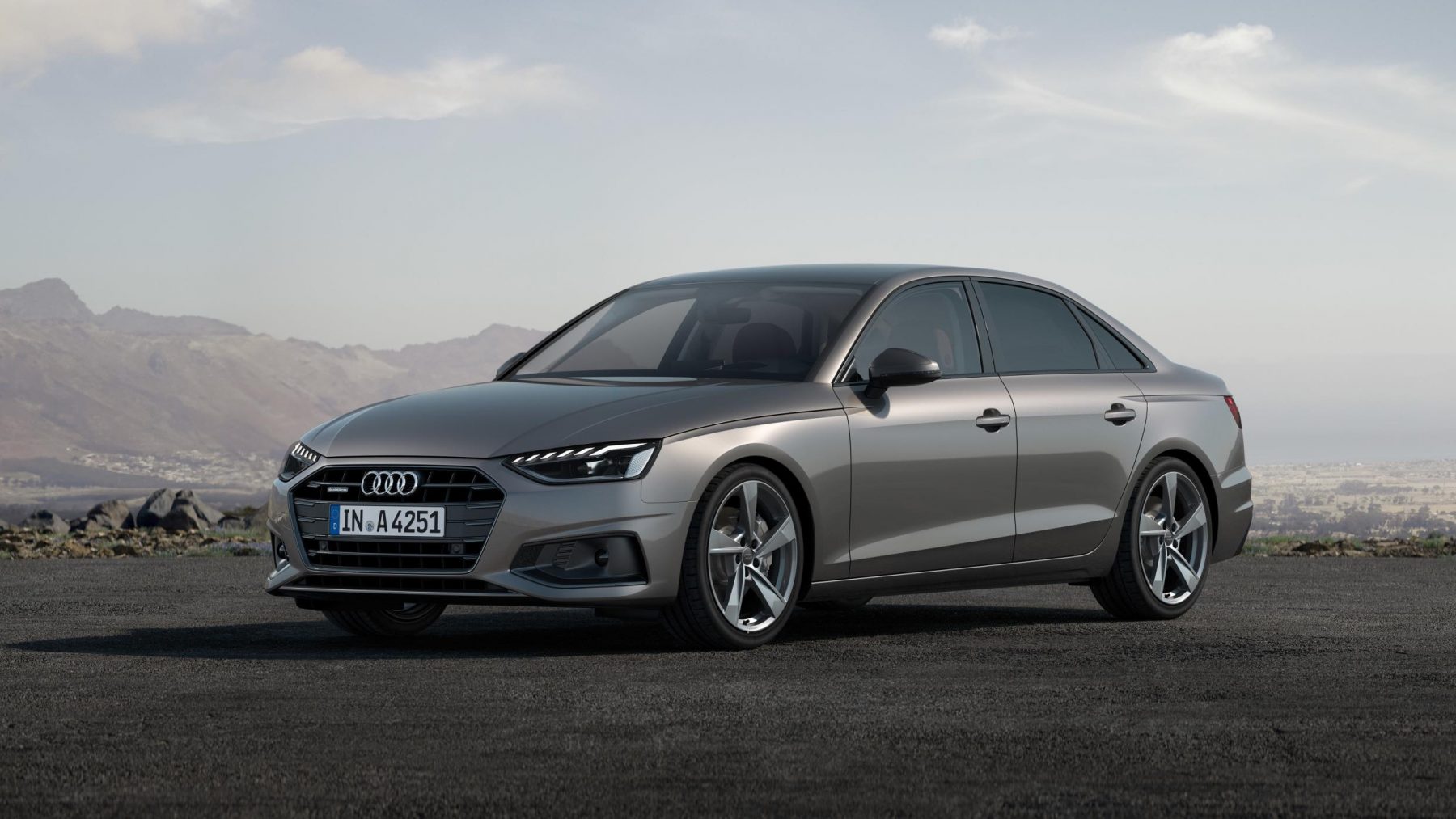
Though concepts and ultra-modern designs may draw the crowds, it’s cars like the humble Audi A4 that keep the motoring world turning. This latest model is by far the most complex we’ve seen, with a large infotainment screen and more assistance systems than ever before.
It still gets the bread-and-butter jobs done too though, thanks to plenty of space and a range of efficient engines.
Audi A6 Allroad
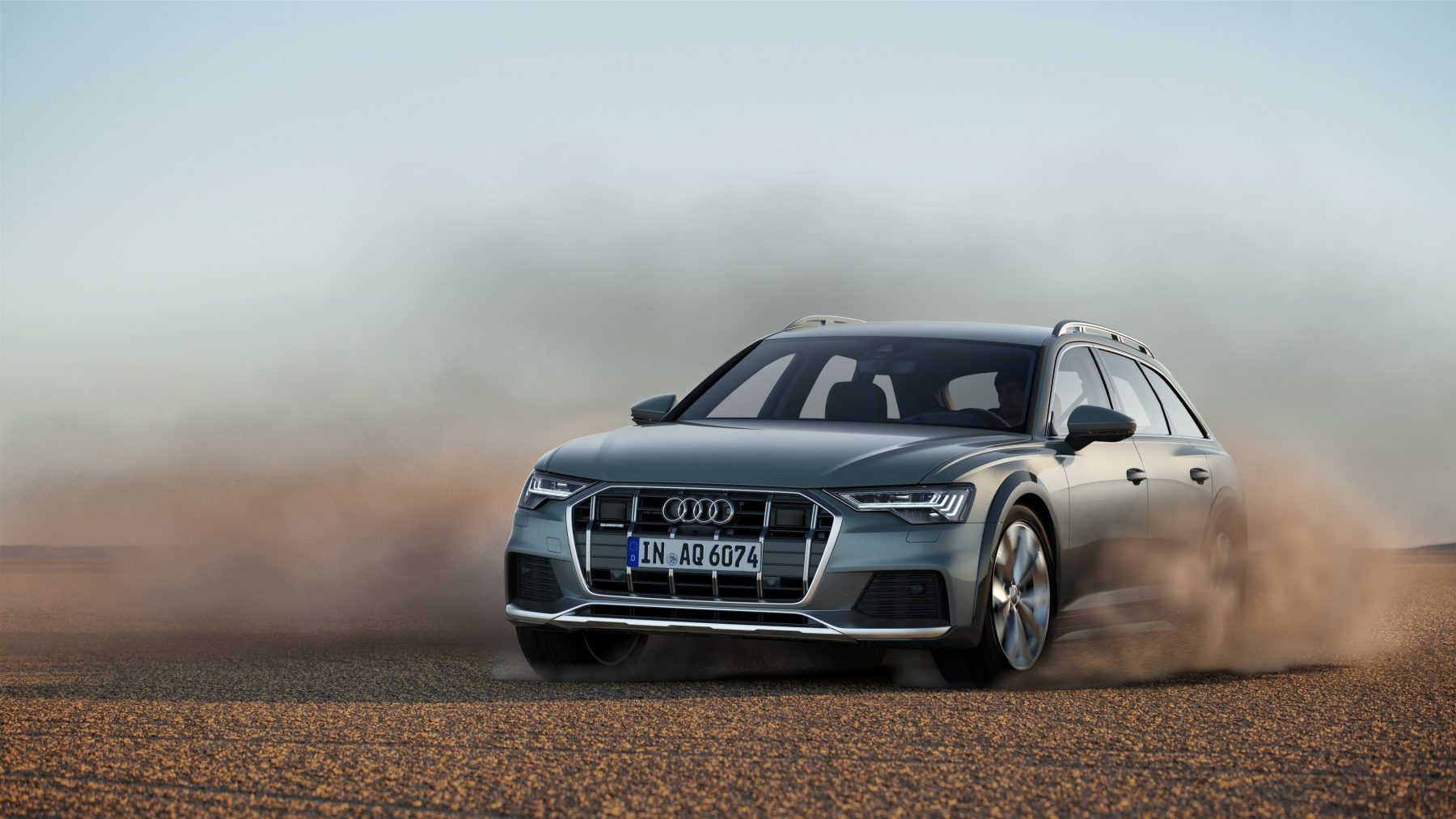
Audi’s A6 Allroad has historically been a great option for those who want the spaciousness of an estate car, with the added security that comes with all-wheel-drive. Now, there’s a new one, with better comfort levels and more interior tech.
On top of that, of course, there’s that four-wheel-drive capability too. In terms of one car for all occasions, the Allroad does well.
Audi Q7
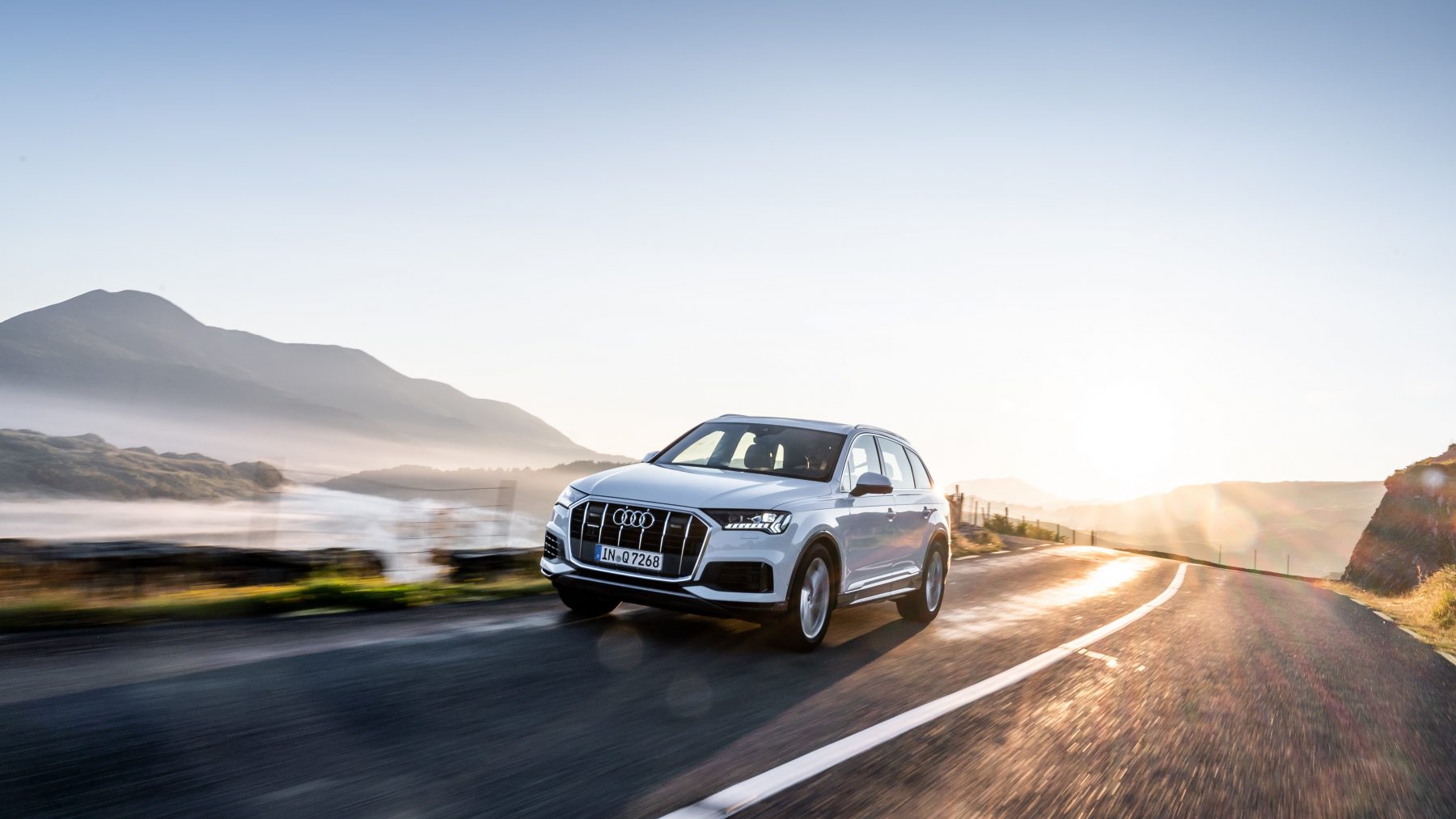
The big, seven-seater Q7 has been a popular choice in the large SUV segment for quite some time now, and Audi has seen fit to update it. Now, with a larger infotainment screen and a plusher interior, it’s at its most luxurious.
Plus, it hasn’t lost that all-important seven-seat configuration – so it’s still a great choice for larger families.
BMW 1 Series
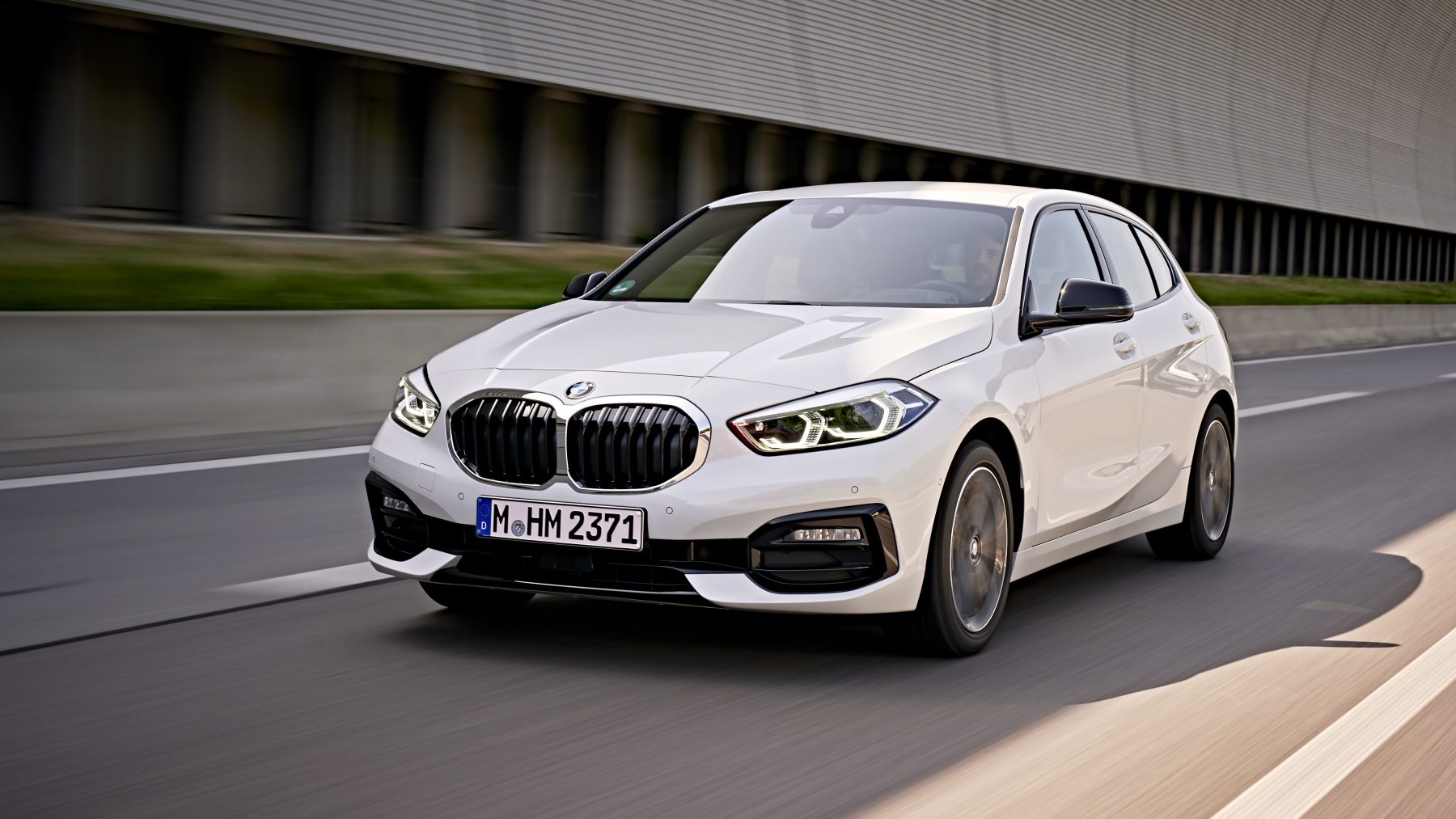
There was a fair amount of discontent when BMW announced that its famously rear-driven 1 Series would be switching to front-wheel-drive. However, in reality, the change hasn’t affected the overall package too much; it’s still a good car to drive, and more efficient now too.
It’s not a bad looking car either, while the interior is one of the most high-tech we’ve seen on a compact hatch.
BMW 3 Series Touring
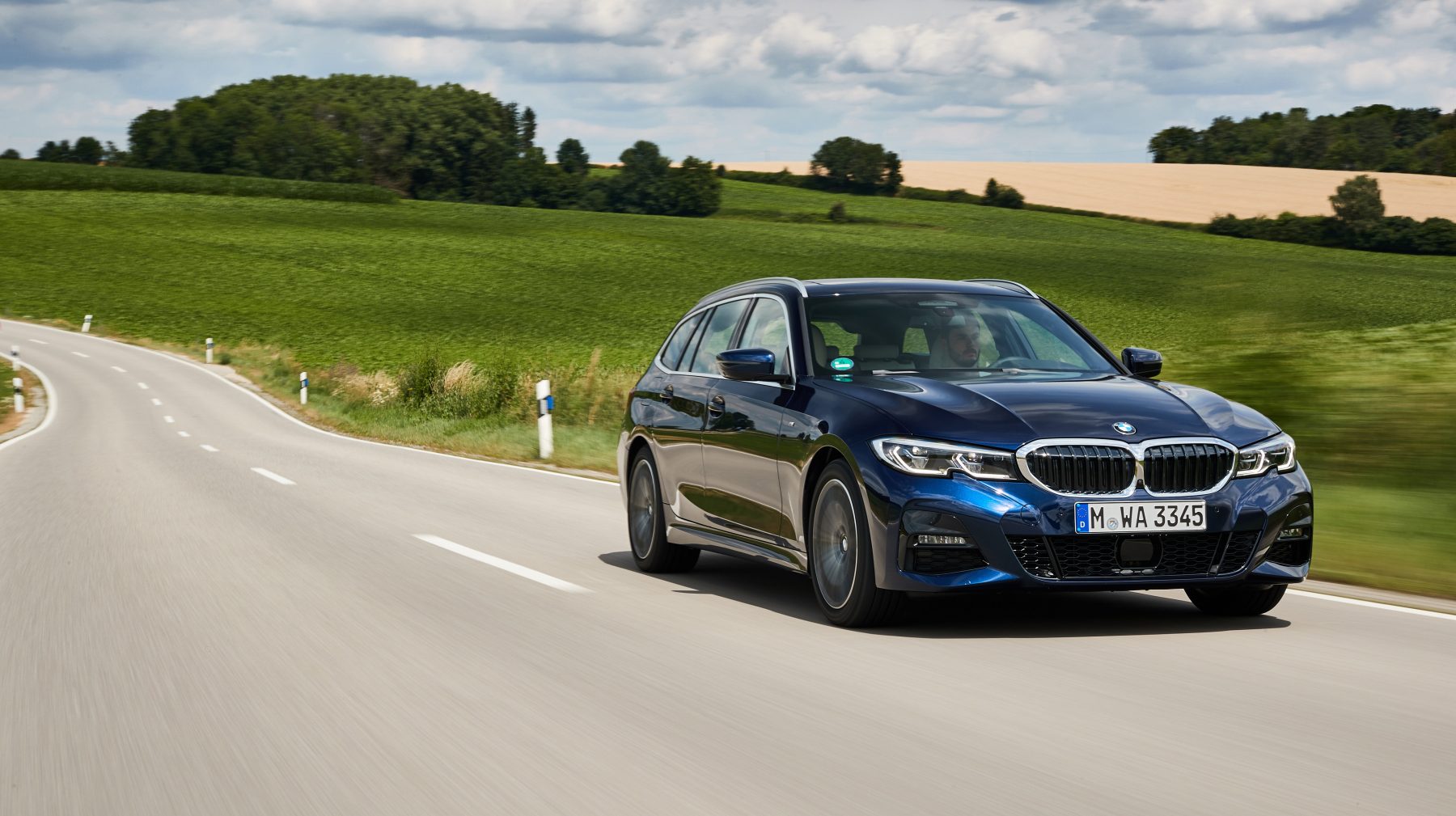
In a similar vein to the A6 Allroad, the 3 Series Touring is a car for people who want one vehicle for all jobs. The latest model is comfortable, refined and because it’s an estate, impressively practical too.
There’s also a punchy 330d version, for those who want plenty of performance from their compact estate car.
BMW M8 Competition

BMW’s range-topping M8 had been teased for several months before it finally being revealed. Now, it’s easily one of the most anticipated performance cars yet to hit the market – and given its three-second 0-60mph time and 189mph top speed, it looks like it’s going to live up to the hype.
It’s also going to cost over £120,000 before options — making it one of the pricier cars to wear a ‘69’ plate.
BMW X1
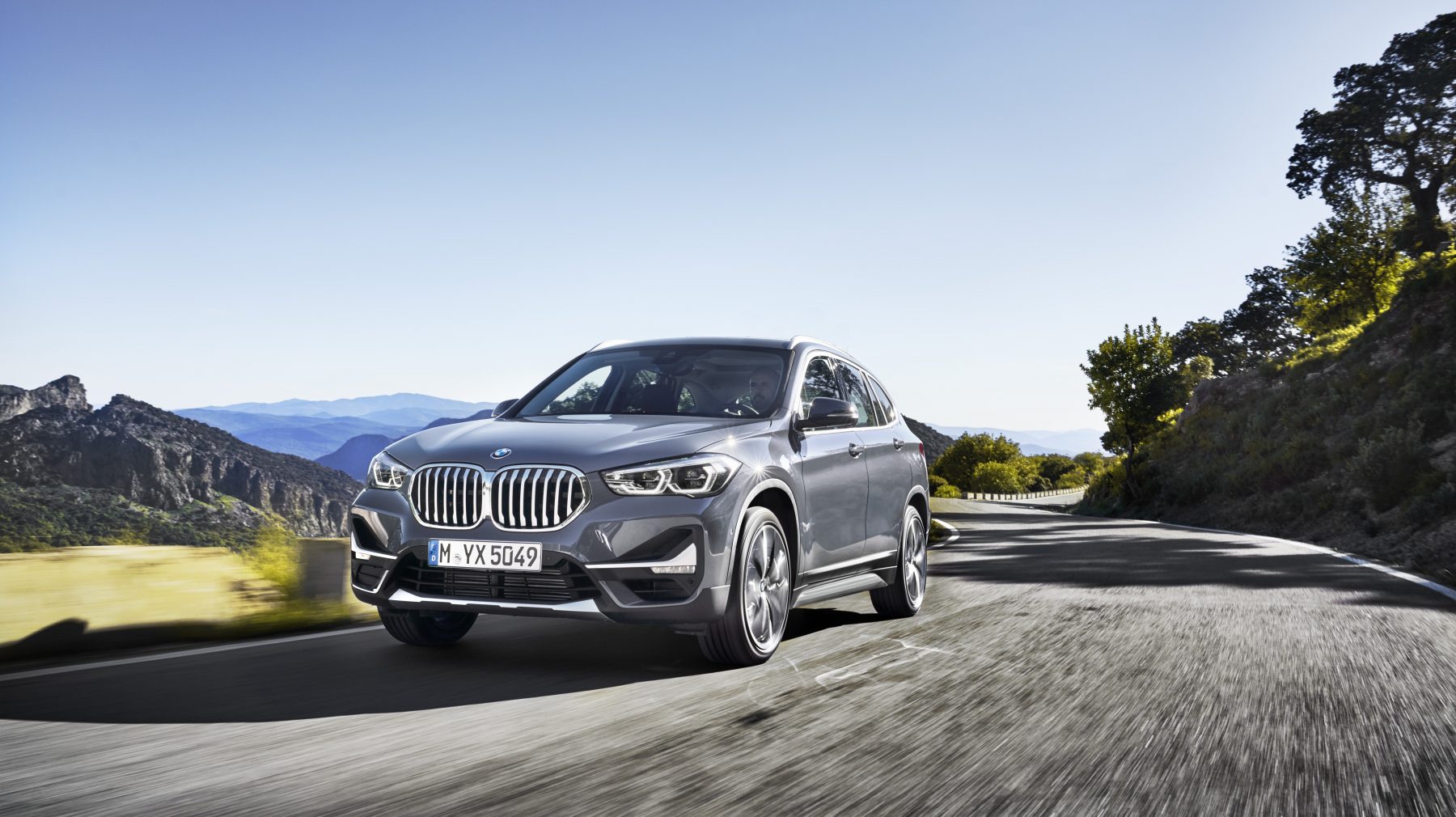
The updated BMW X1 debuted back in May, showcasing an all-new look and a fresher, sleeker interior. It’s the car’s first major revision since 2015, so it’s a well-needed update for BMW compact crossover.
As well as the usual range of petrol and diesel options, a hybrid version will be available in 2021 but, because of that, it won’t be on a ‘69’ plate.
Ford Focus ST
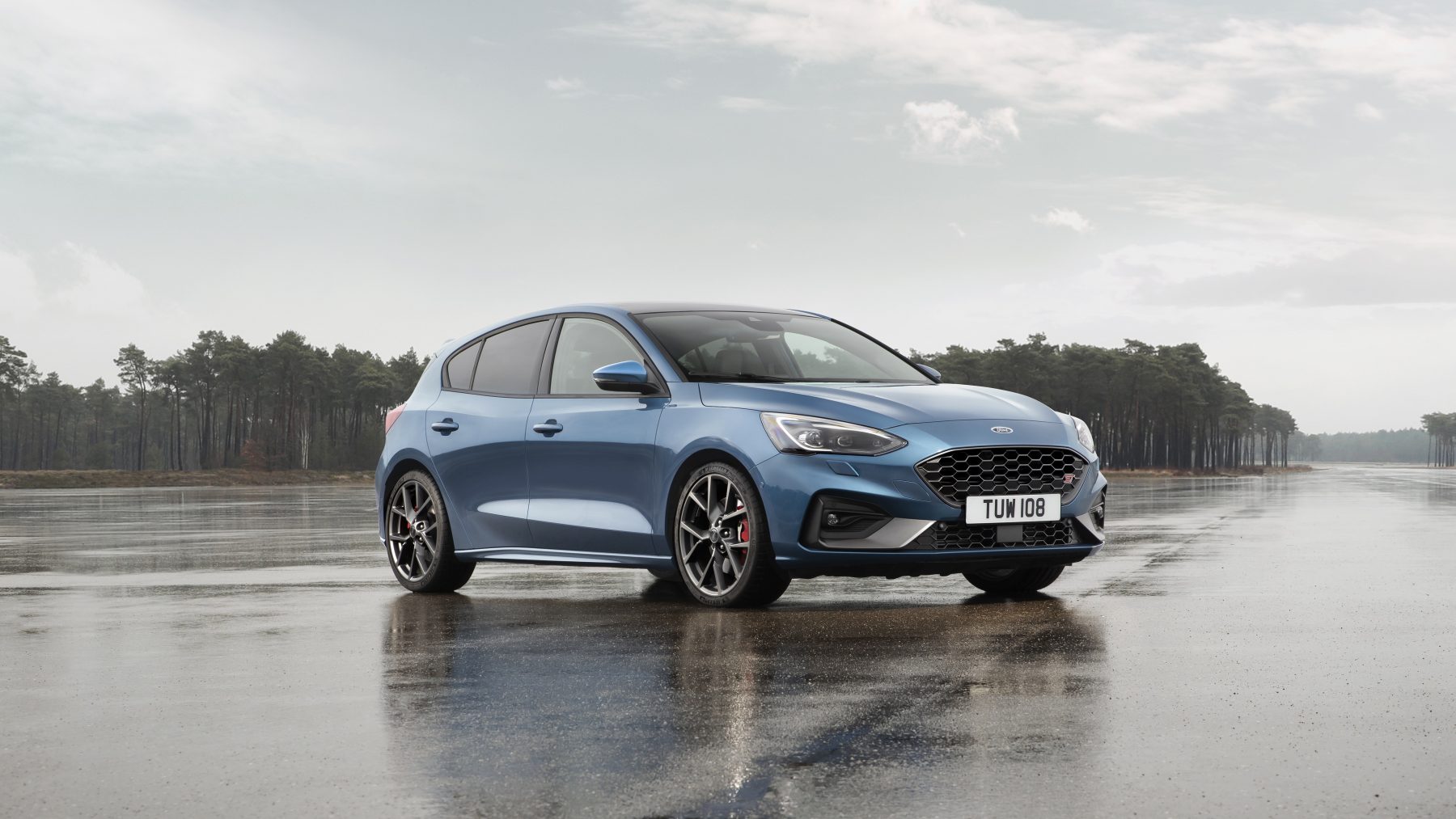
The Ford Focus ST has been a favourite among the hot-hatch community ever since it was first introduced back in 2002. The latest model, introduced this year, packs more punch than ever — 276bhp.
On top of the power hike, there’s a new electronic limited-slip differential and plenty of other mechanical upgrades to make it the most driver-focused ST yet.
Ford Puma
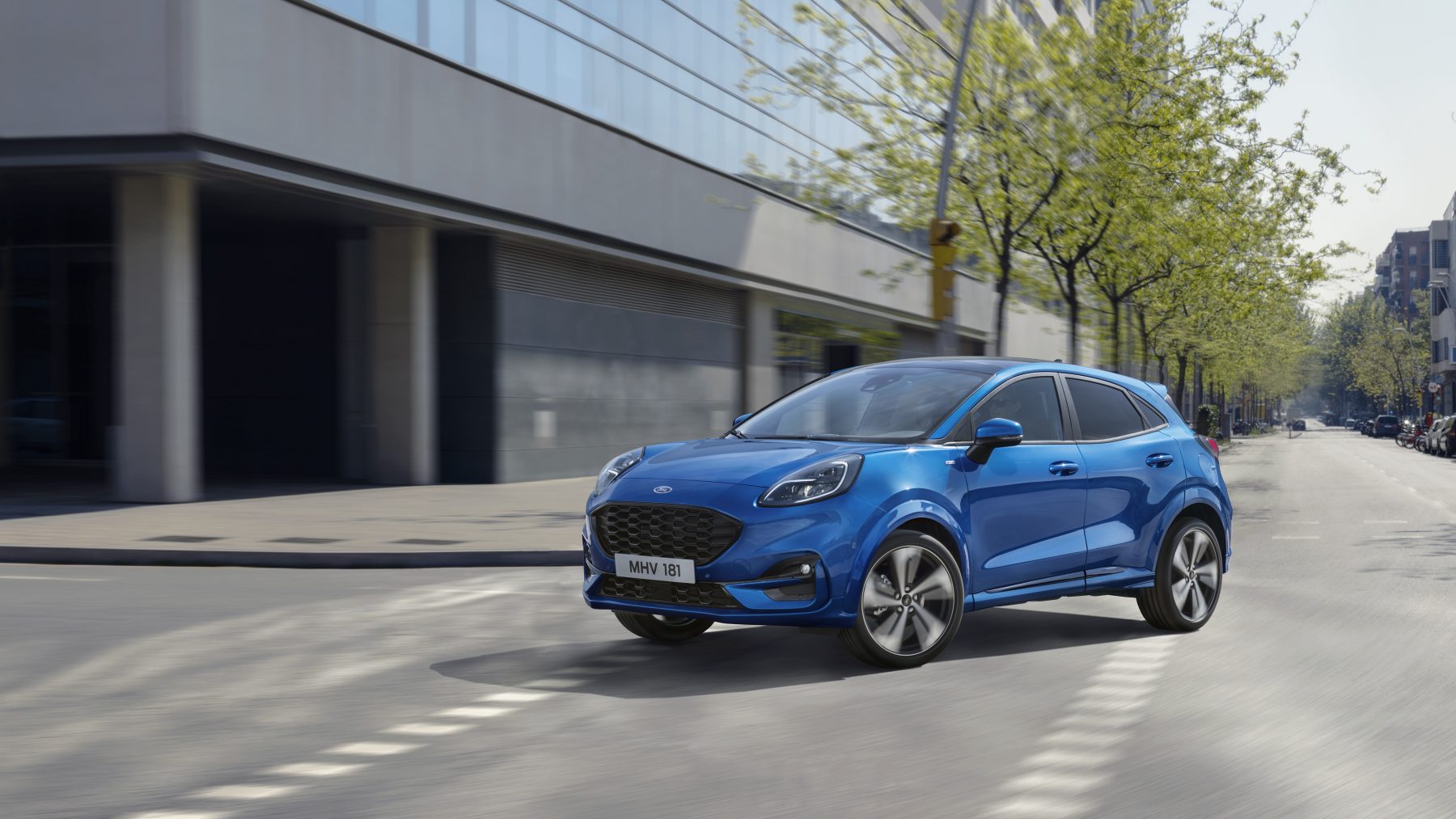
Ford’s happy-looking Puma returned with a surprise — no longer was it a sleek, two-door compact coupe, instead of launching as a crossover instead. Some kicked up a fuss at the use of the nameplate on such a car, that’s for sure, but the end product is interesting.
It features a clever boot storage option, which can extend the load area up to an impressive 456 litres.
Kia Soul EV
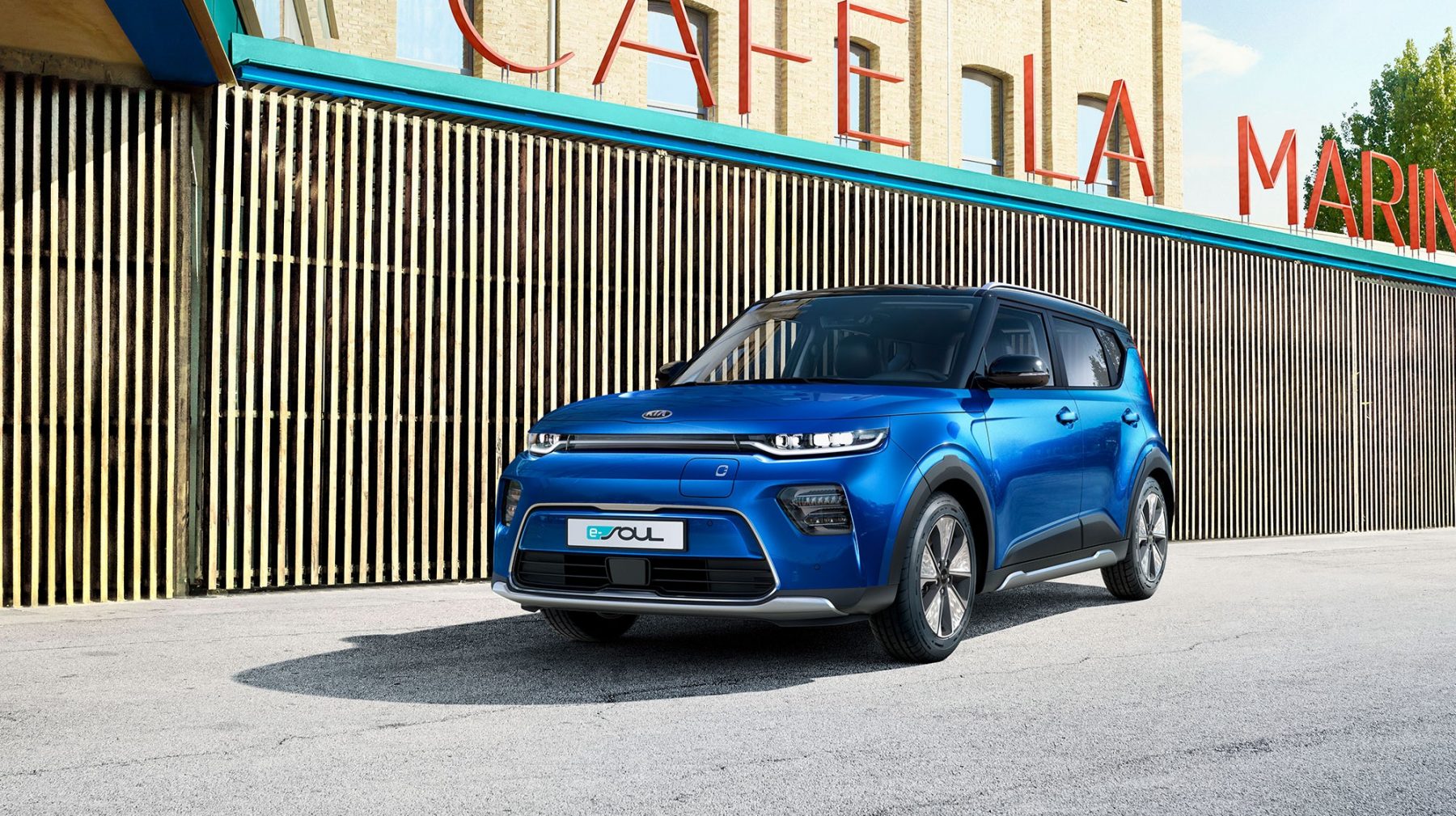
Kia’s Soul EV arrives on the back of the success that the South Korean firm has had with the e-Niro. With a claimed all-electric range of 172 miles (or 280 with the larger battery model), it’s got more than enough juice for most occasions, while a practical layout should mean there’s plenty of space for passengers and luggage.
We’re adamant that these will fly off the forecourts — so get yours while you can.
Kia XCeed
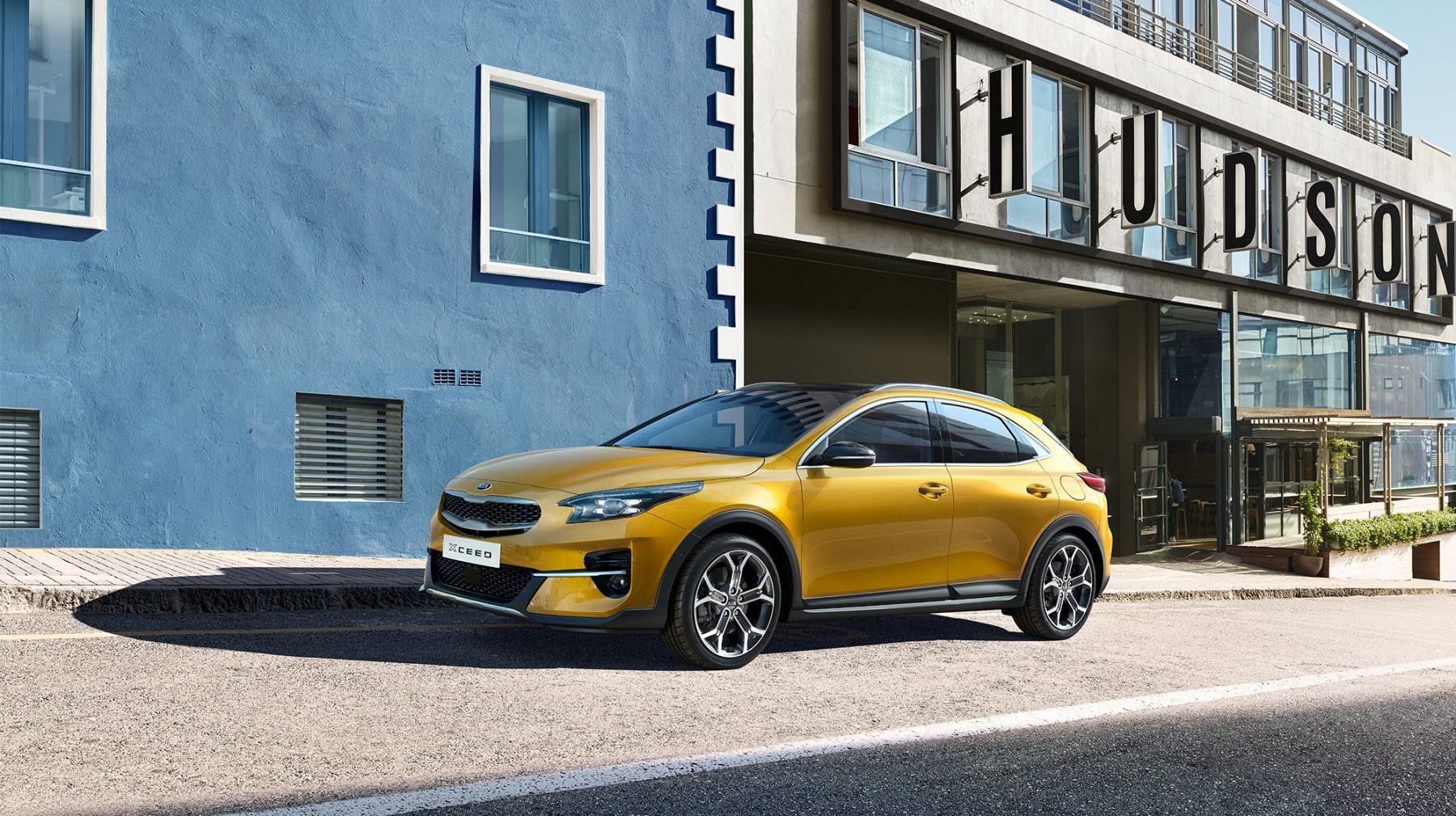
Kia has expanded on its Ceed range with this – the XCeed. It’s designed to sit in between the smaller Stonic and the larger Sportage, giving people a medium-sized crossover option. A range of petrol and diesel engines are available from launch, with hybrid versions joining the line-up later on.
It takes on rivals such as the Mercedes-Benz GLA and Volkswagen T-Roc in the segment.
Maserati Levante GTS and Trofeo
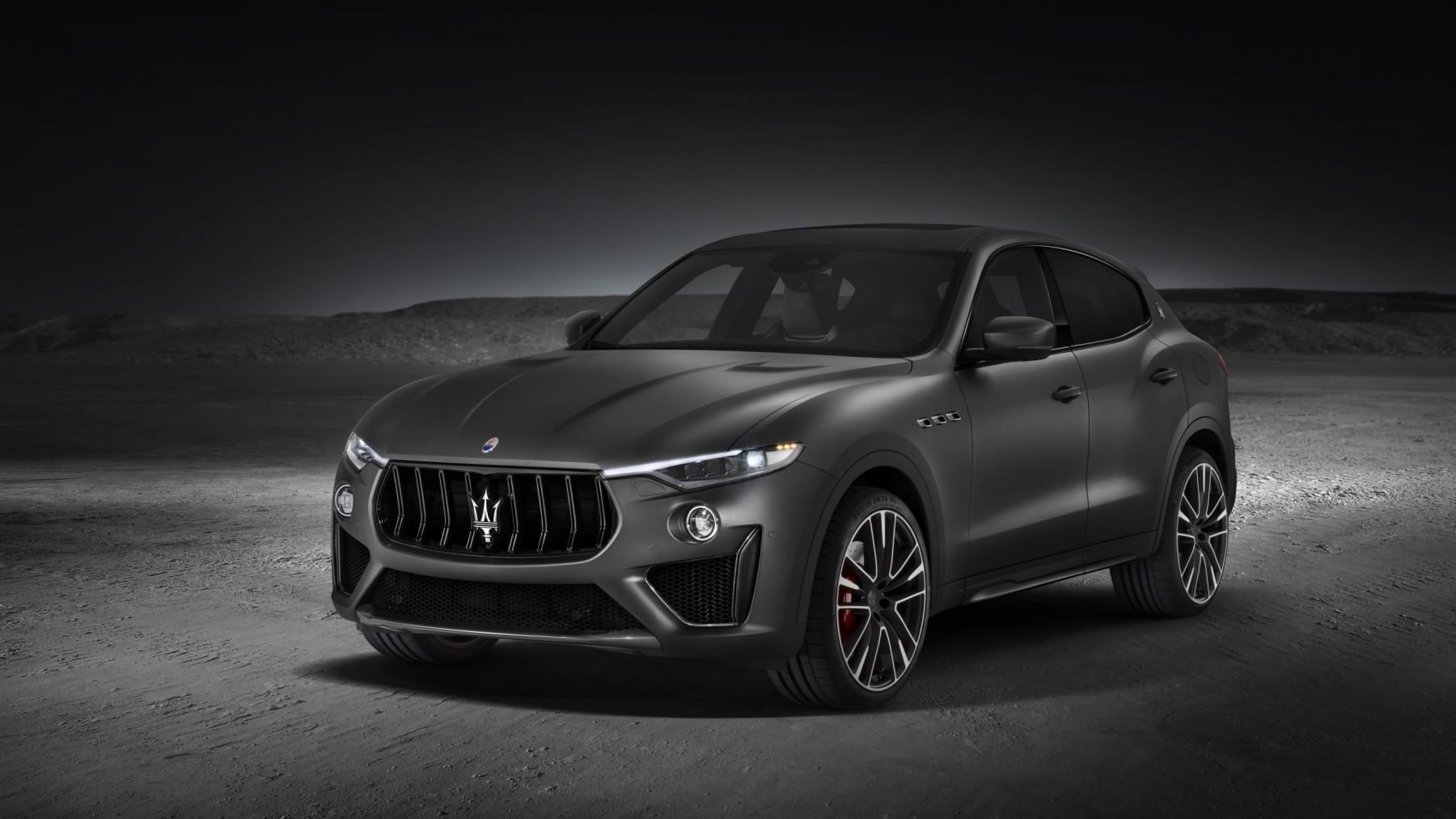
Maserati revealed its performance Levante GTS and Trofeo models back in June, marking an entry by the Italian firm into the super-speed SUV category. With a 3.8-litre twin-turbocharged V8 under the bonnet, it’s no slouch – the Trofeo will crack 0-60mph in under four seconds.
Though the Trofeo is likely to steal the headlines when it comes to outright performance, we’d argue that drivers looking to use their performance Levante every day will opt for the more road-orientated GTS.
Mazda MX-5 30th Anniversary

The MX-5 has been with us for 30 years and Mazda has, rather unsurprisingly, built a version to celebrate that. The 30th Anniversary car features a striking orange exterior colour, as well as a series of mechanical upgrades.
Just 600 units will be coming to the UK, so it could be very much the future classic – and certainly one that die-hard MX-5 fans will want to get their hands on.
Mercedes-AMG A45
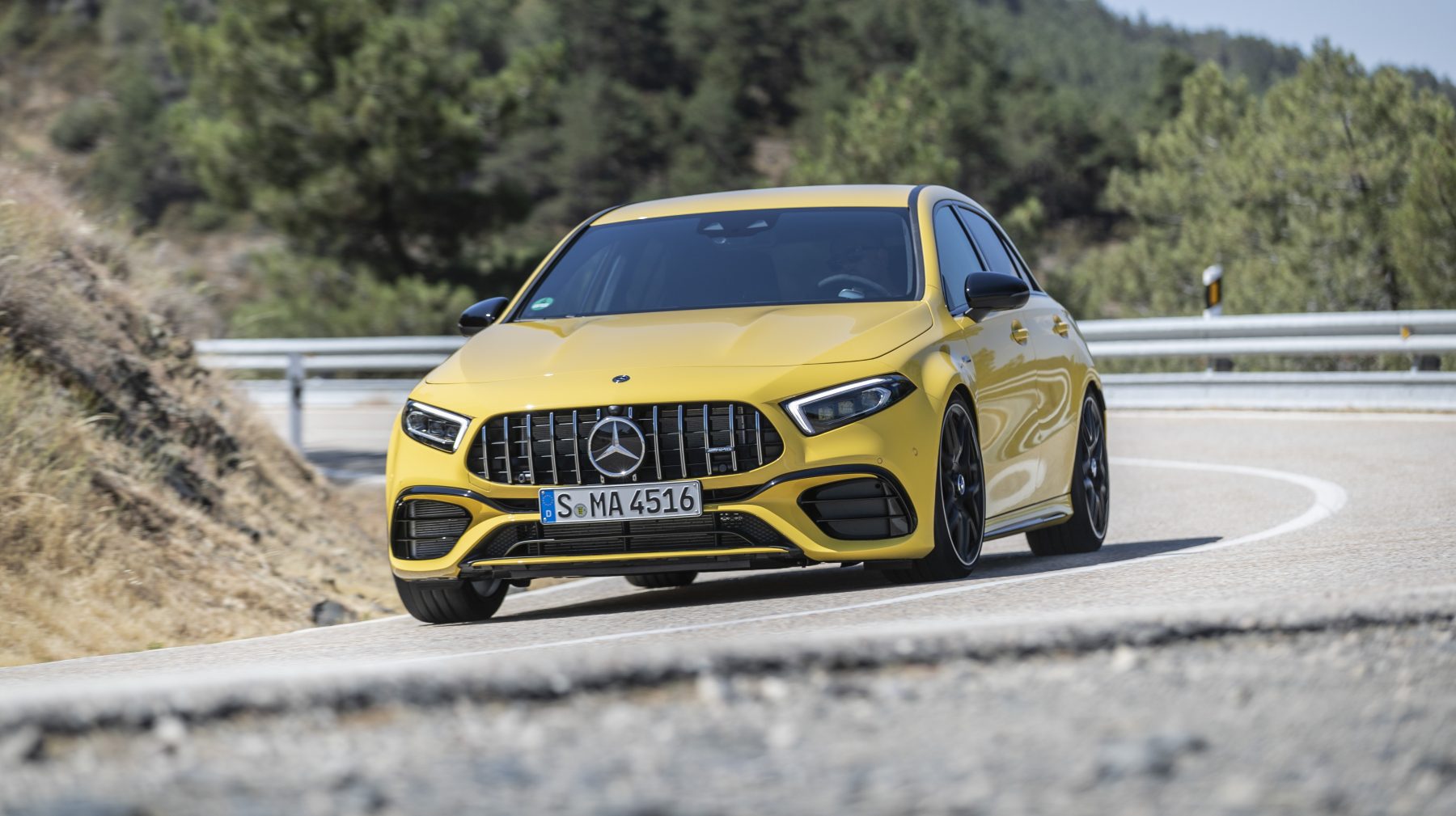
When the original A45 arrived, it blew rivals out of the water thanks to its ground-breaking performance figures and sensational acceleration. Now there’s a new one, and it appears that the little AMG has pulled off the trick once again.
With over 400bhp in S layout, it’s easily the most powerful hot-hatch on sale and a host of driver modes and all-wheel-drive mean it’s one of the most capable in the bends, too.
Mercedes CLA45
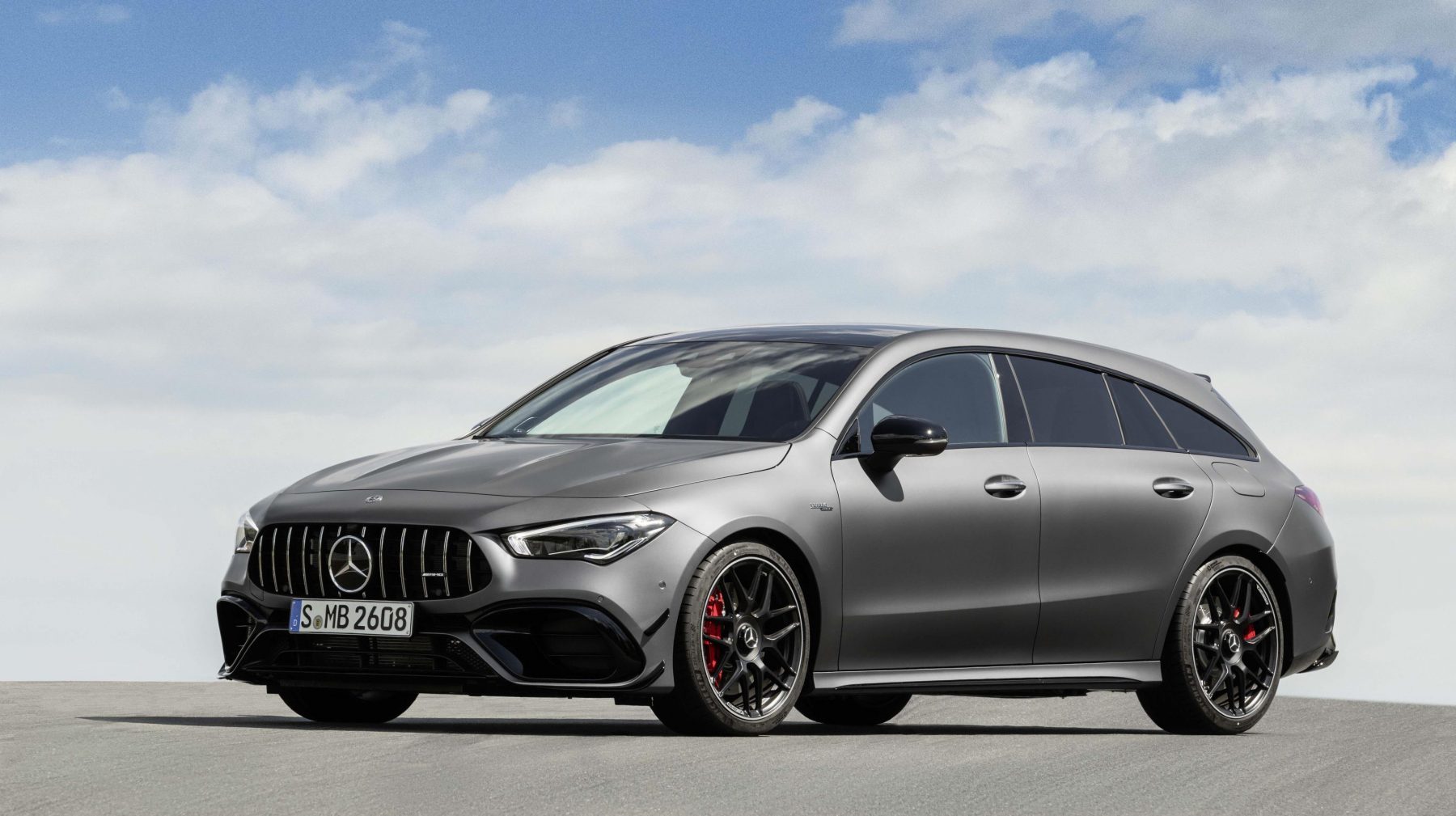
The CLA45 sits on the same platform as the A45, so unsurprisingly can still deliver the same sensational levels of acceleration and performance. The CLA, however, offers a bit more in the way of practicality, with the CLA45 Shooting Brake going even further when it comes to spaciousness thanks to an estate-like rear end.
Performance remains sensational, but if you’re after a hot hatch with more spaciousness, then the CLA45 could be the way to go.
Mercedes GLB
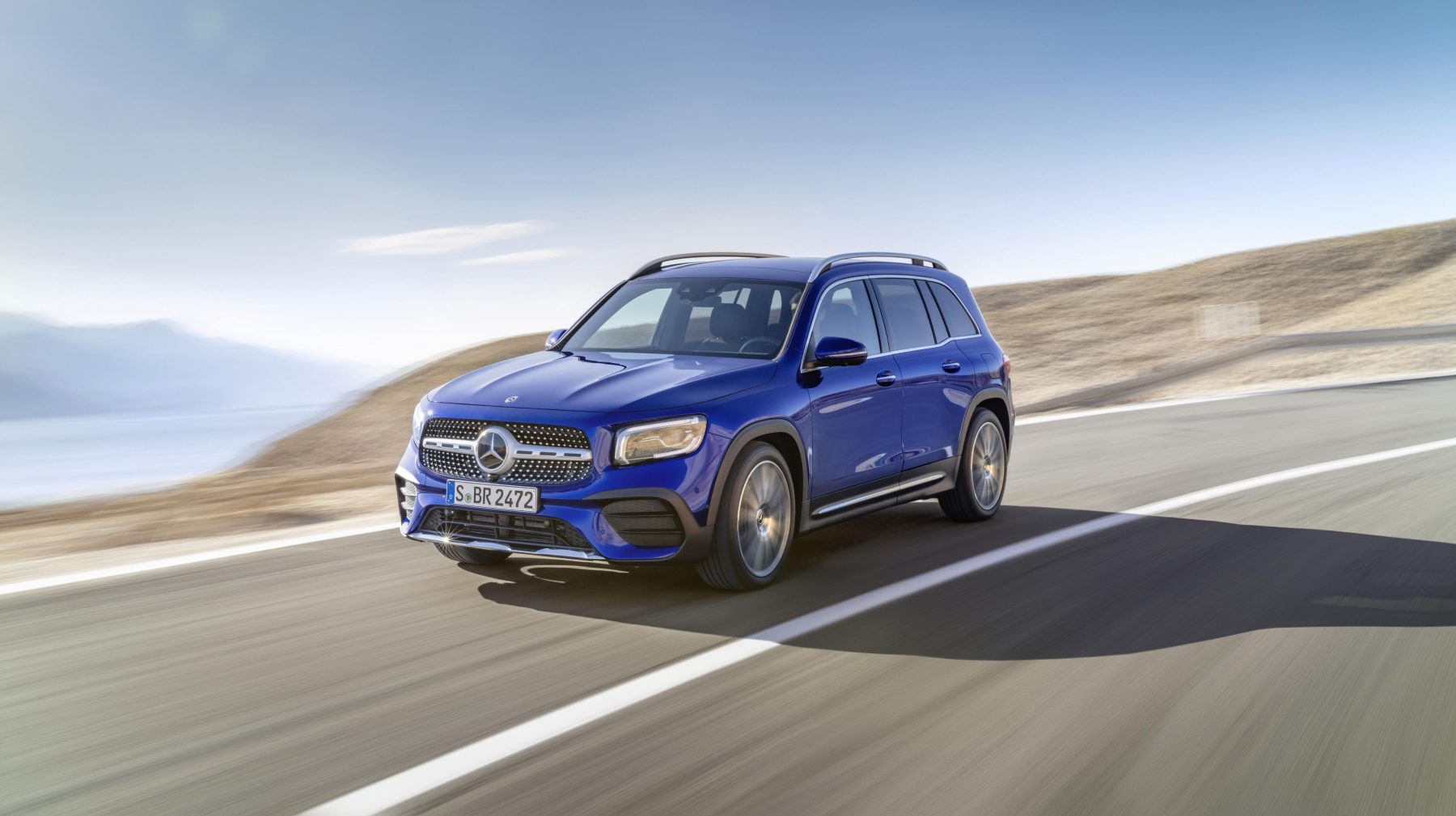
Despite the current deluge of SUVs hitting the market, Mercedes seems to think that one more simply couldn’t hurt. It’s why the GLB will be arriving on our roads soon, slotting in between the GLA and the larger GLC in the range.
It still offers the option of seven seats, however, and all of the high levels of tech that we’ve come to expect from Mercedes vehicles.
Mercedes GLC
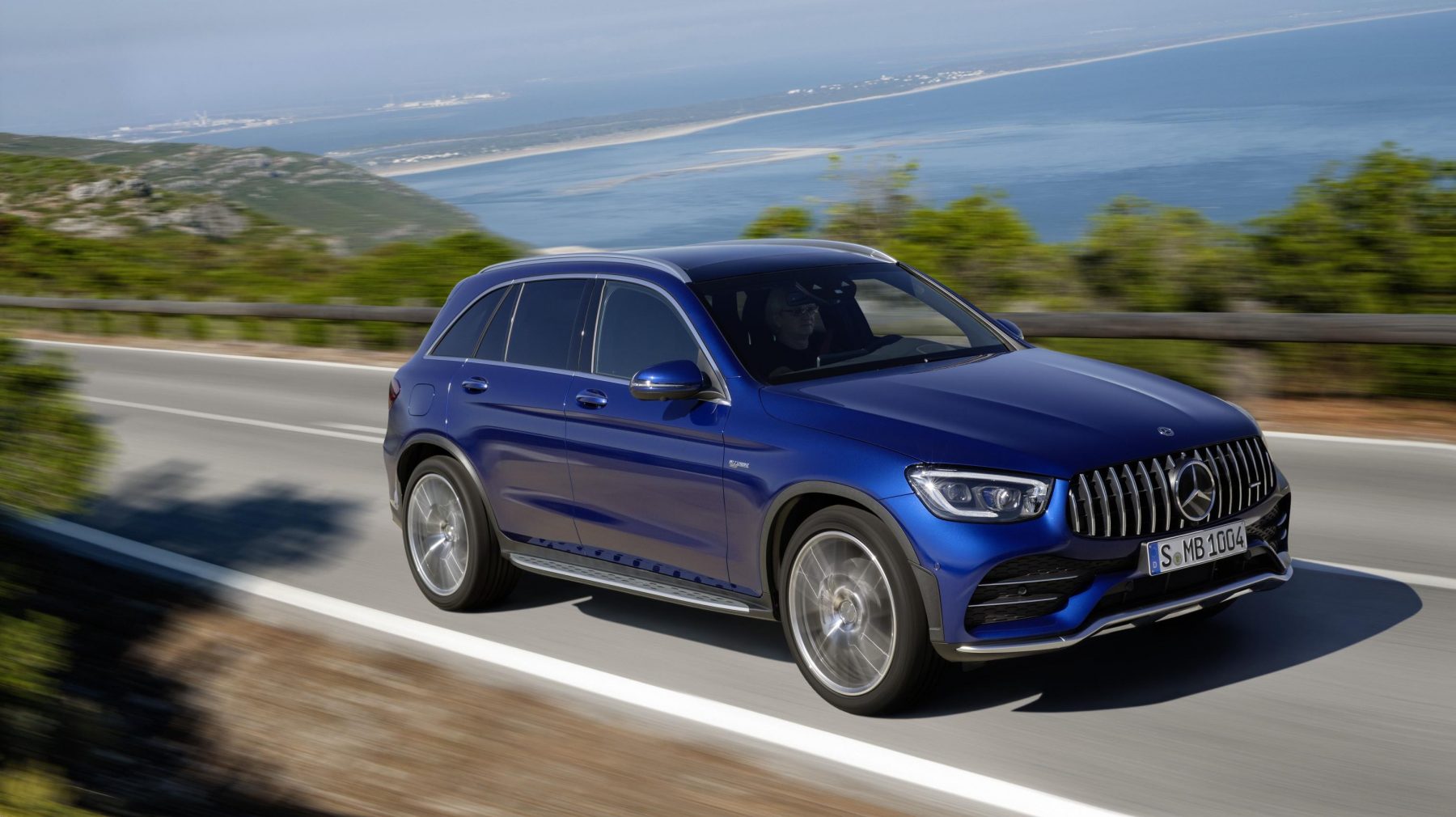
It’s another Mercedes SUV we’ll admit, but the latest GLC is an update on one of the firm’s most popular models. It now gets a stronger, more efficient range of engines as well as Merc’s latest MBUX infotainment system.
Exterior tweaks mean it falls closer into line with the rest of the company’s line-up, with styling cues taken from larger models like the GLS.
MG ZS EV
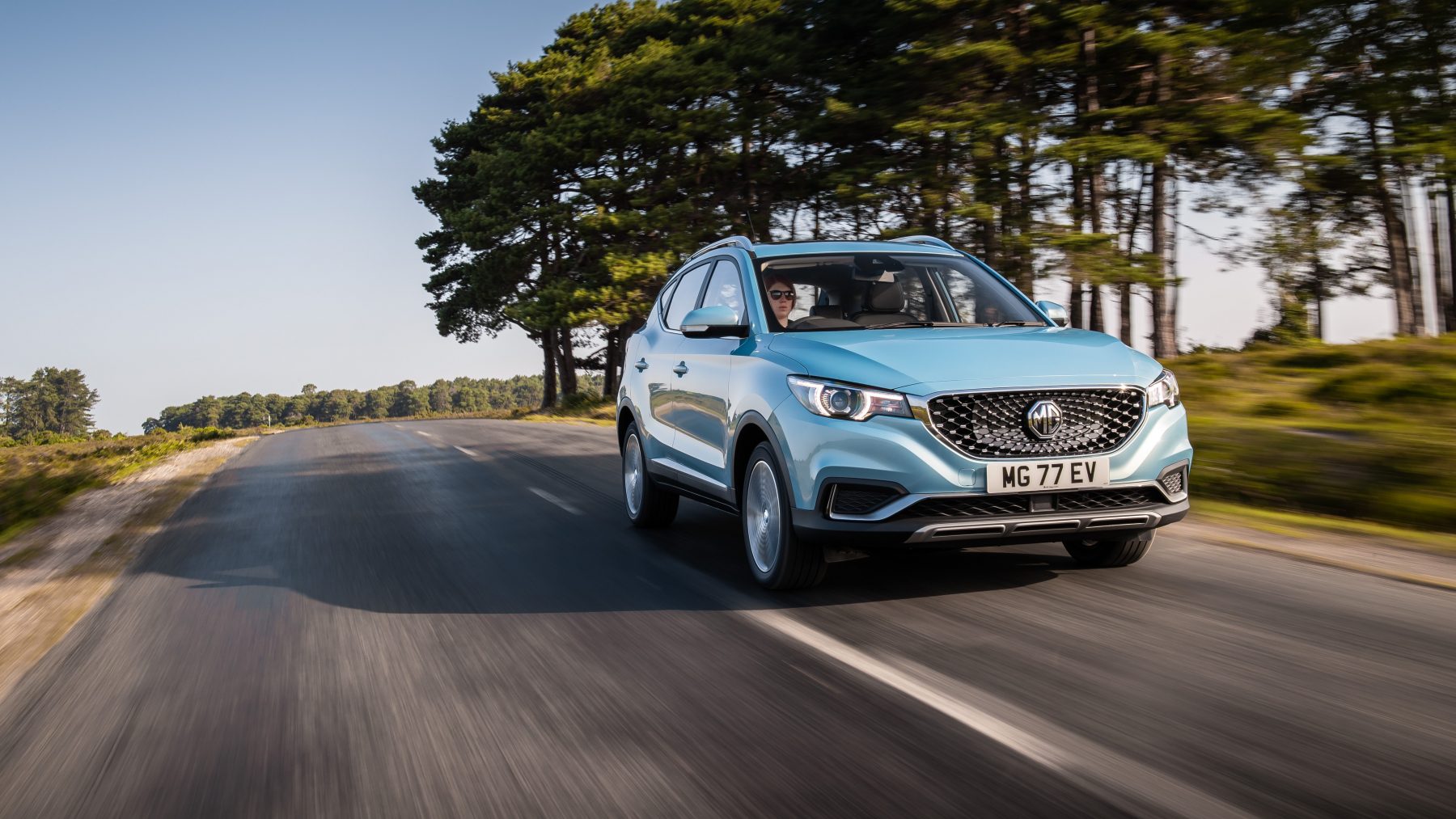
MG isn’t ignoring the electric revolution either, which is why it has introduced this — the ZS EV. It uses a 44.5kWh electric motor and has a claimed range of up to 163 miles. Because of its SUV layout, it’s also a practical size with decent interior space and a large boot too.
Could it be the car to revive MG’s fortunes? If initial reports are anything to go by, it certainly looks that way.
Mini Clubman
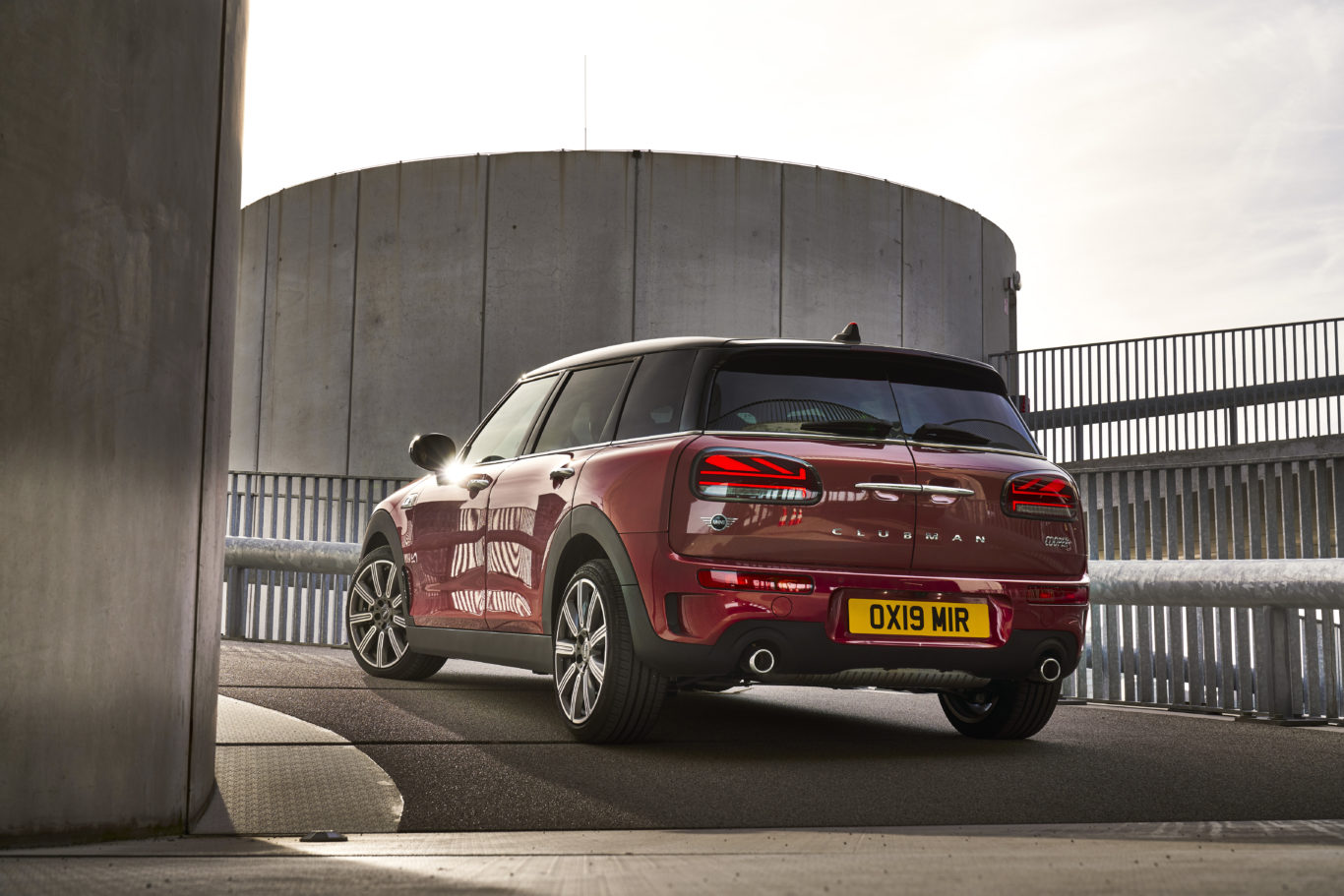
The Mini Clubman, with its split boot design, may seem like a bit of an oddity in the small estate car market – but it’s an oddity which has proved popular indeed. Now updated for 2019, it’s got sharper looks and a more refined interior.
Plus, there’s a John Cooper Works version — packing the most powerful engine ever fitted to a Mini.
Mini JCW GP
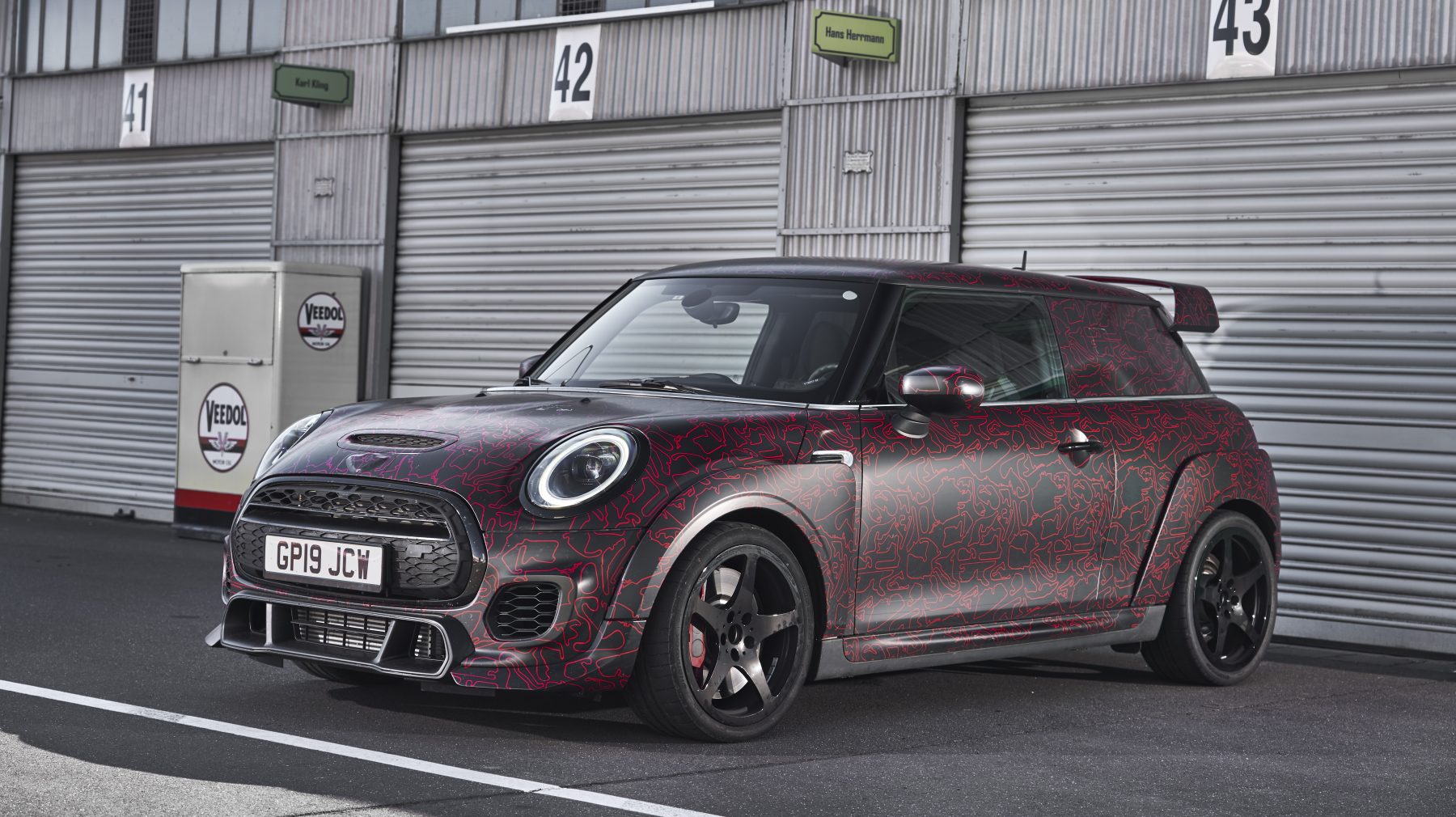
In recent times, Mini has signalled the end of a generation by introducing a no-holds-barred JCW GP variant of its hatchback — and another is on the horizon.
Full details on the car are still kept under wraps, but this hatch will be the most powerful Mini yet when it arrives early next year, while also featuring several mechanical enhancements to make a proper track monster.
Mitsubishi ASX

Though due for a full replacement in the next few years, Mitsubishi has given its ASX crossover a facelift for the 2020 model year to keep a presence in the booming market.
It sports a new face to bring it in line with the rest of the firm’s offerings, while a new 2.0-litre petrol engine replaces an outgoing 1.6-litre unit. All-wheel-drive returns to the ASX here, too.
Nissan GT-R Nismo
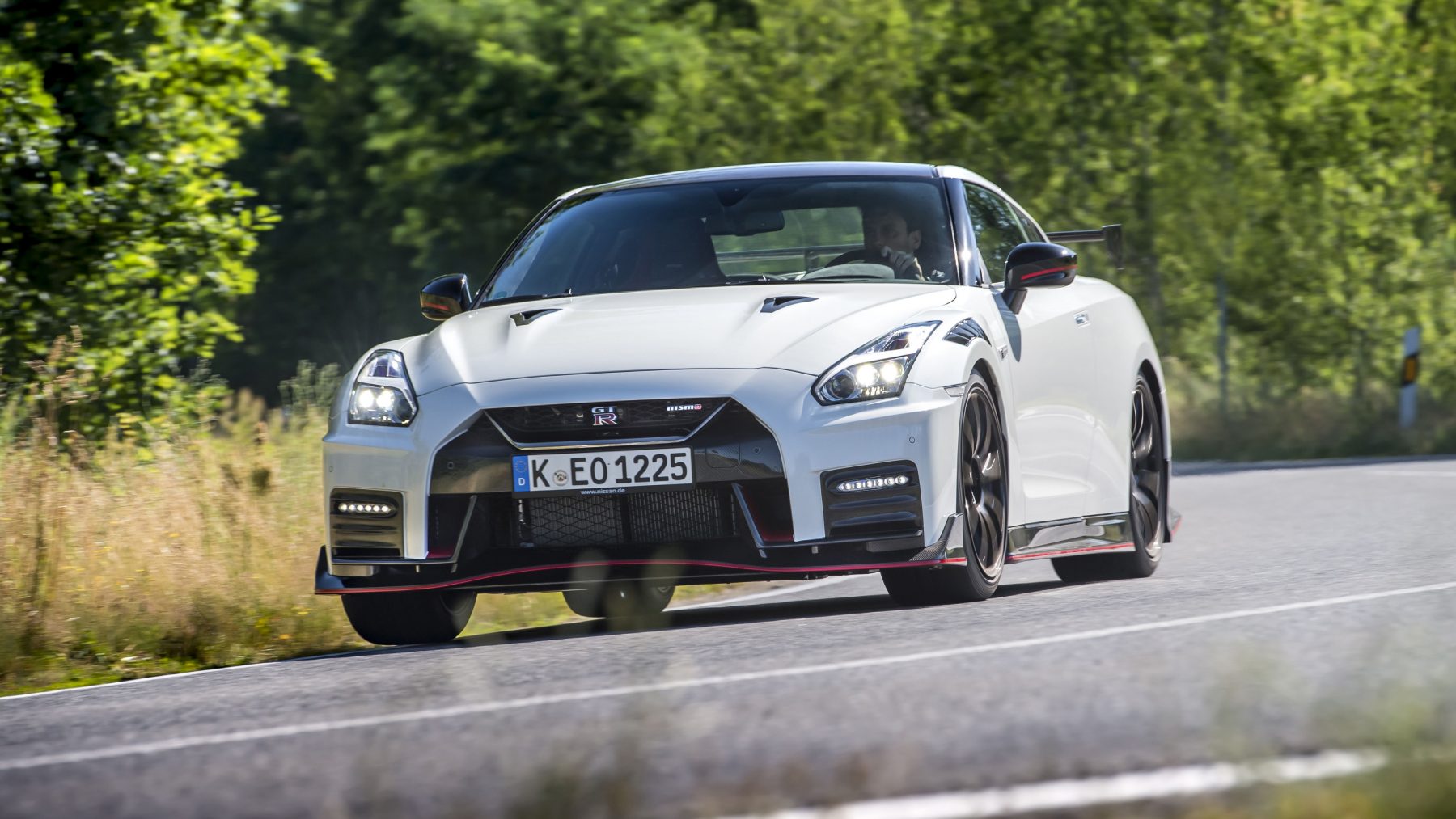
It’s crazy to think the R35 Nissan GT-R is still on the market considering it was first introduced in 2007, but Nissan has just introduced an upgraded version of its most hardcore variant.
The new GT-R Nismo benefits from revised aerodynamics, race car-sourced turbochargers and mechanical tweaks to make it the fastest and most capable R35 to come from the factory to date.
Nissan Leaf e+
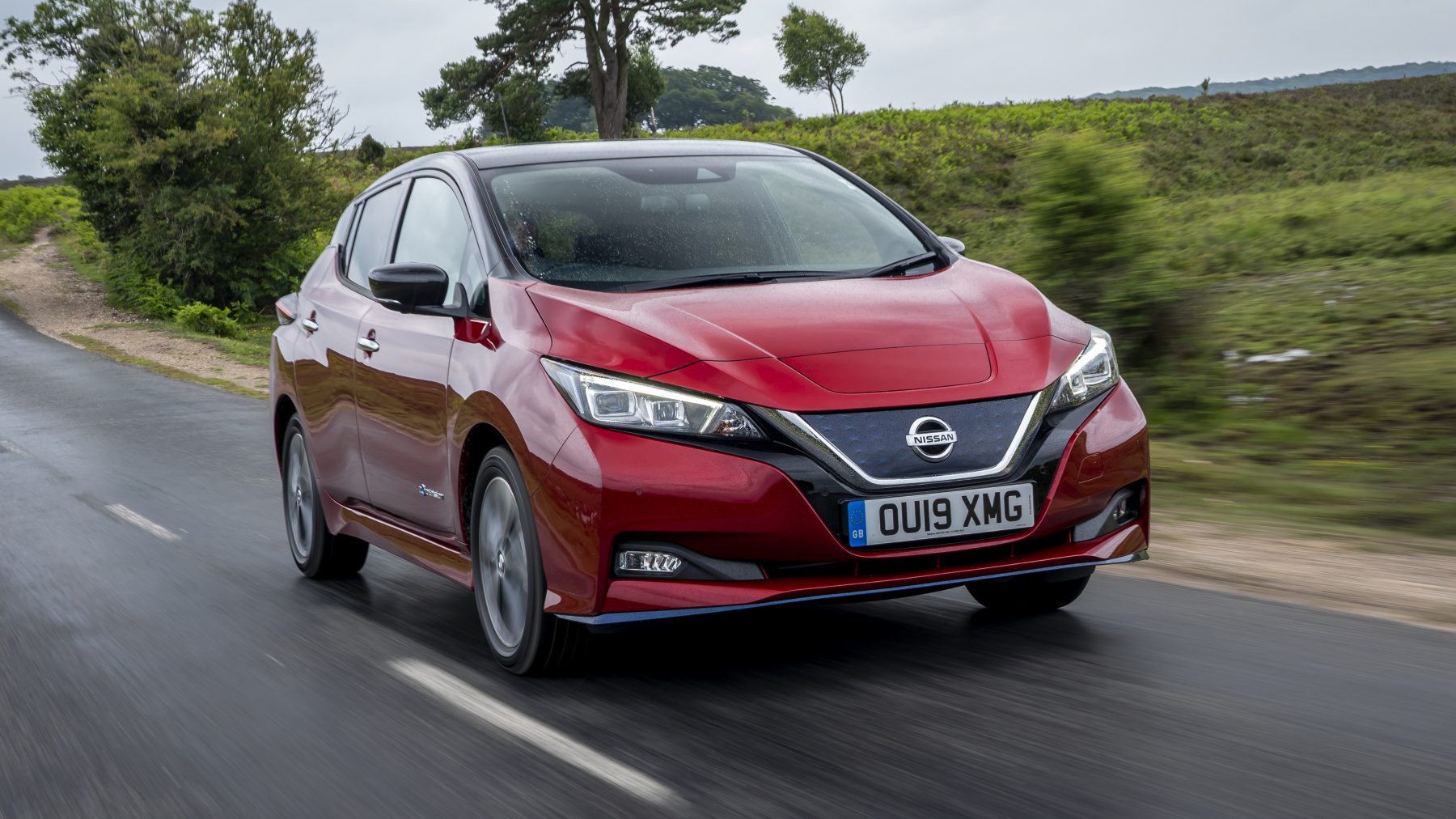
Nissan’s new Leaf has picked up the mantle of Europe’s best-selling EV from its successful predecessor, but the Japanese firm is refusing to rest on its laurels.
The Leaf e+ takes claimed range up to an impressive 239 miles — up from the base car’s 168-mile offering. It also boasts Nissan’s ProPilot suite of semi-autonomous tech as standard.
Peugeot 208 and e-208
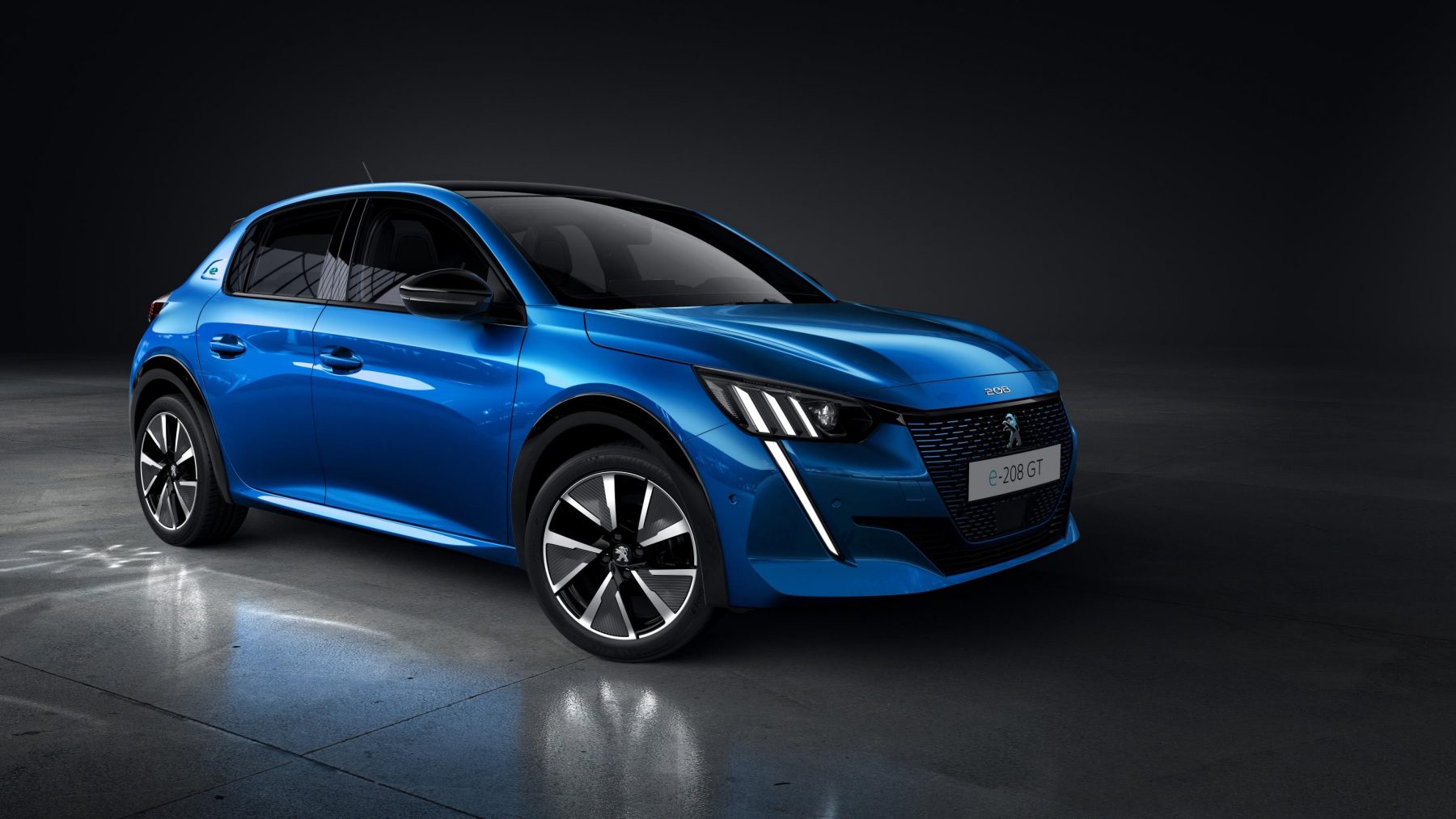
Peugeot has started from scratch with its new 208 supermini, bringing a dramatic and head-turning look to a new platform.
Though available with traditional combustion engines, it’s the all-electric e-208 that’s most intriguing — sporting a 50kWh battery to return a claimed 211 miles between charges.
Porsche 911 Cabriolet

Earlier this year, Porsche introduced the new ‘992’ 911 Coupe to UK roads — and it’s set to be followed by a drop-top version later in the year.
It’s mechanically-identical to the 911 Carrera S hardtop, meaning its twin-turbo six-cylinder engine spits out an impressive 444bhp.
Porsche 718 Cayman GT4 and Boxster Spyder
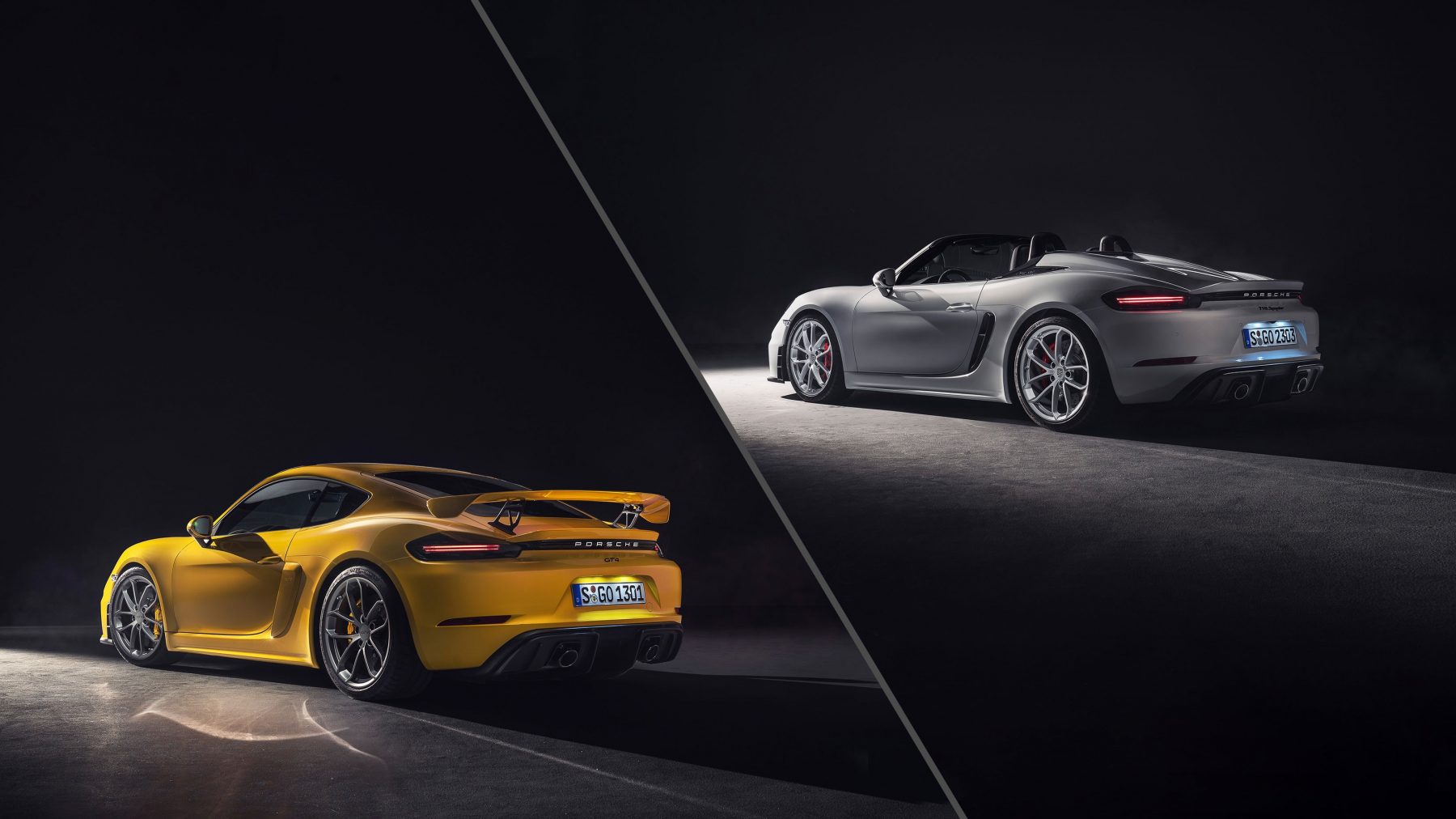
When Porsche introduced its new 718 in 2016, many enthusiasts scowled at the replacement of its silky six-cylinder engine in favour of a turbocharged four-cylinder unit.
The firm has been listening though, with it bringing the flat-six back for the special-edition Cayman GT4 and Boxster Spyder. Both cars feature some chassis enhancements for ultimate track performance, too.
Renault Clio
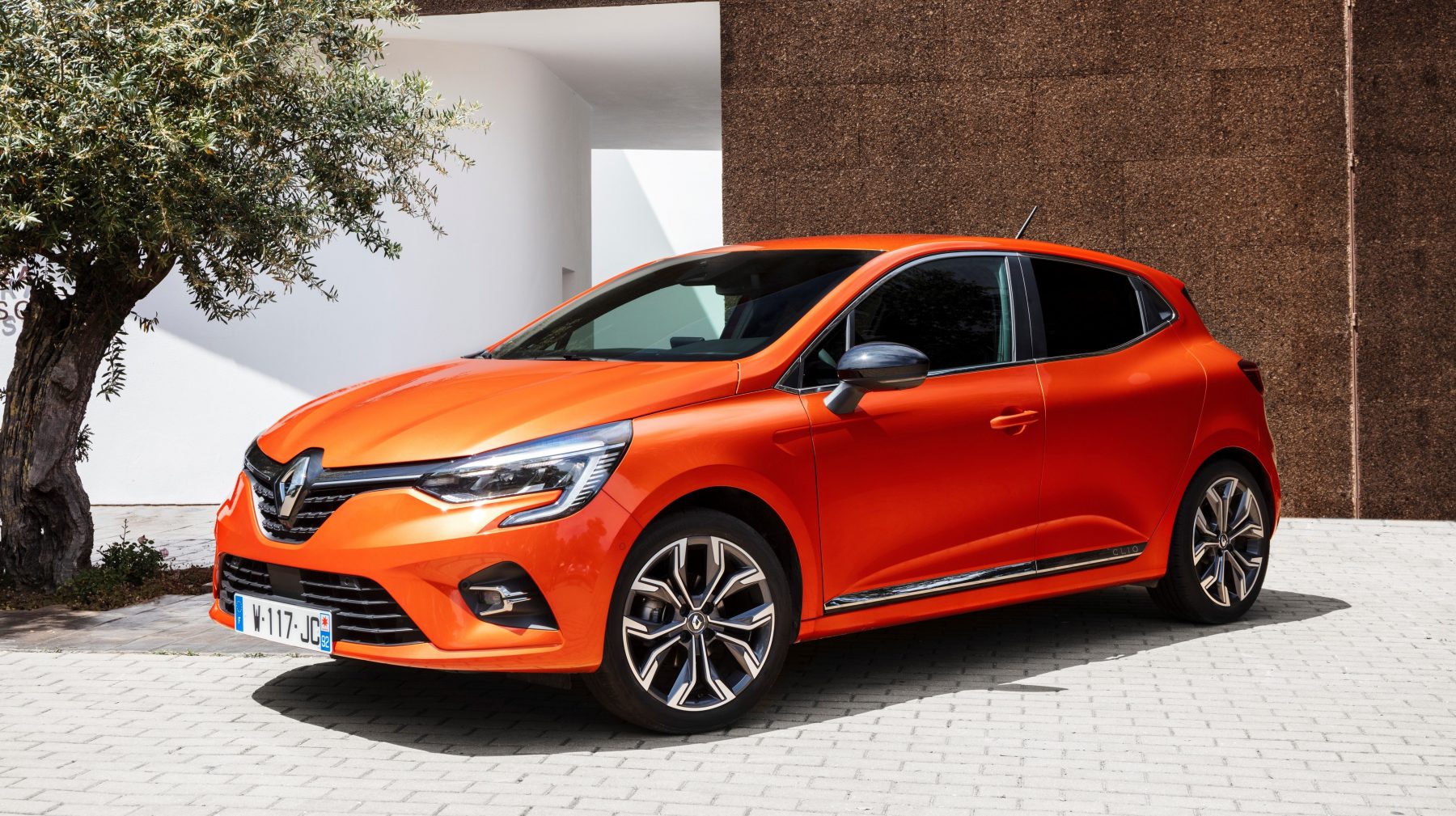
Renault’s stylish new Clio doesn’t dramatically revolutionise the look of the hatchback — after all, why fix what isn’t broken?
It does, however, bring a more luxurious cabin to the car, bags of technology and a racy new R.S. Line trim level. There’s the promise of hybridisation to come in 2020, too.
Renault Megane R.S. Trophy-R
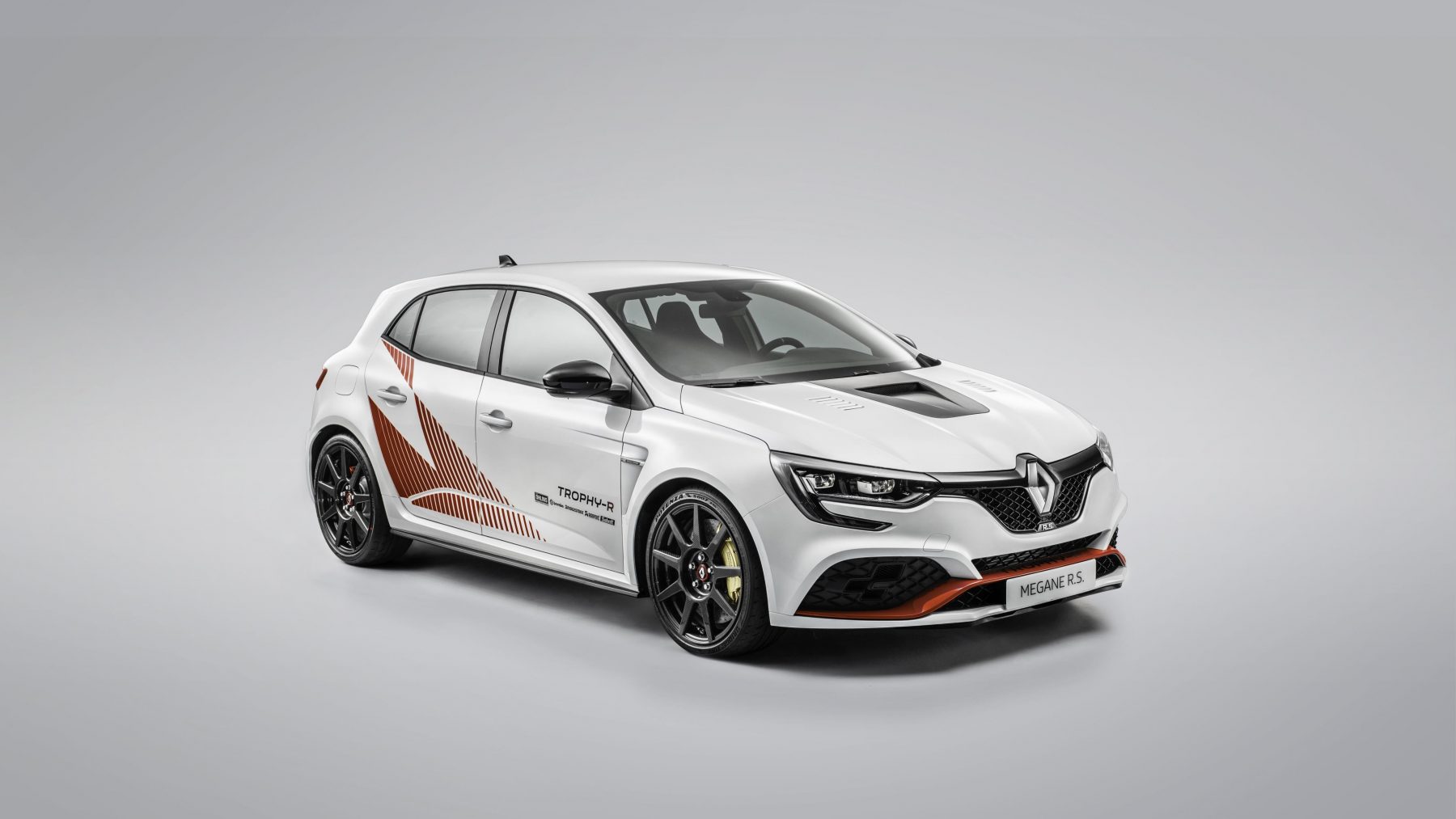
This is the latest proper hardcore hot hatch from Renault — and it can cost as much as £72,000.
Yep, a Renault Megane for over £70,000. This is no normal version of the hatch though, featuring a whole host of performance upgrades that make it the current king of hot hatches at the famous Nurburgring race track. Just 32 examples are destined for the UK.
Renault Zoe
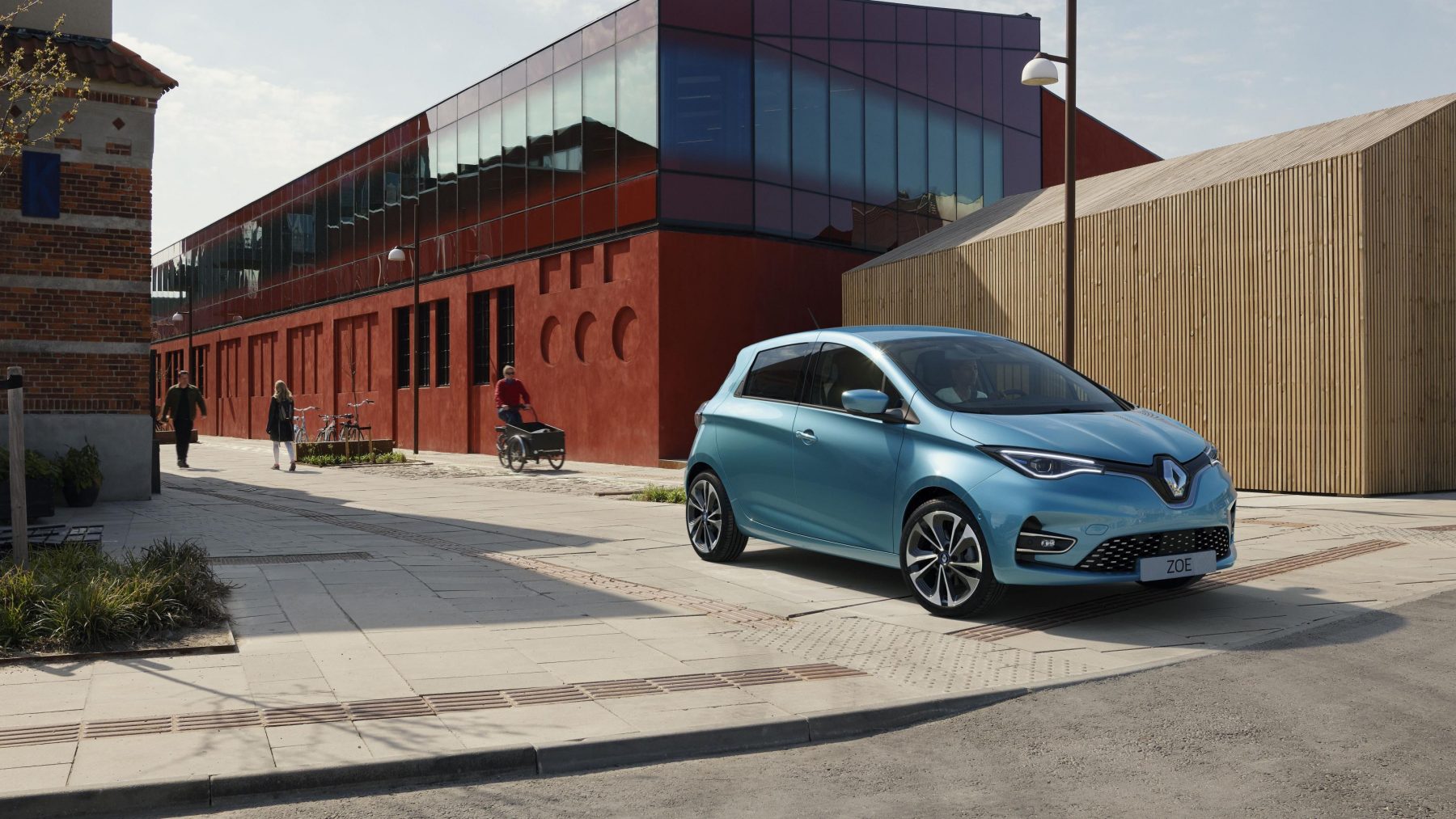
It may not look all that new, but the Renault Zoe is incredibly advanced in its new second-generation.
Under the skin, a 52kWh battery translates into 242 miles of range between charges while a 100kWh motor is said to improve performance dramatically. We think it looks pretty neat, too.
Seat Mii Electric
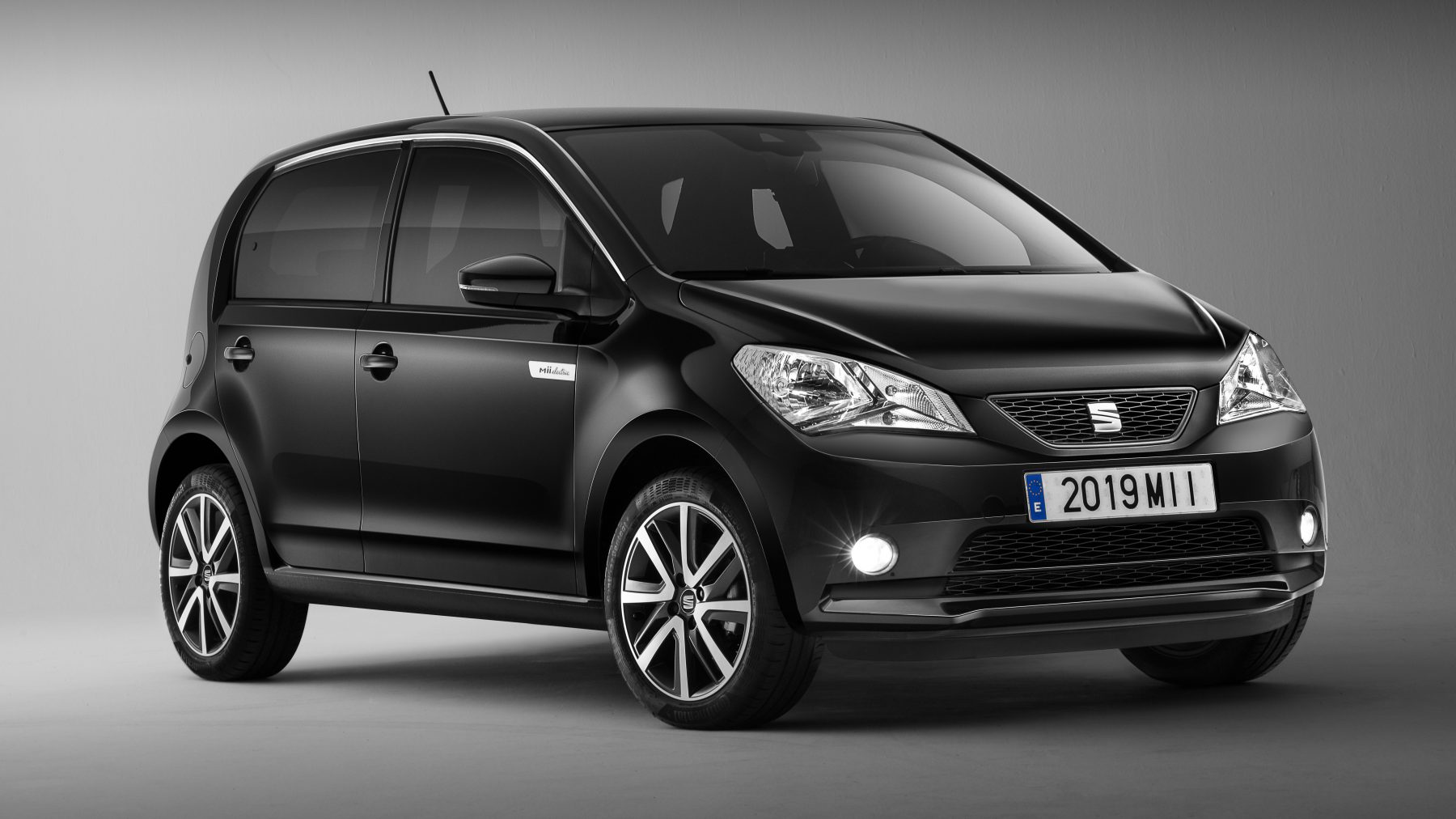
Seat has moved its Mii to electric-only, with the plug-in powertrain coming into to replace its internal combustion engine counterparts.
Set to go on sale later this year, it’s capable of 161 miles between charges and will boast a comprehensive list of standard equipment — including LED daytime running lights and cruise control.
Skoda Citigo e-iV
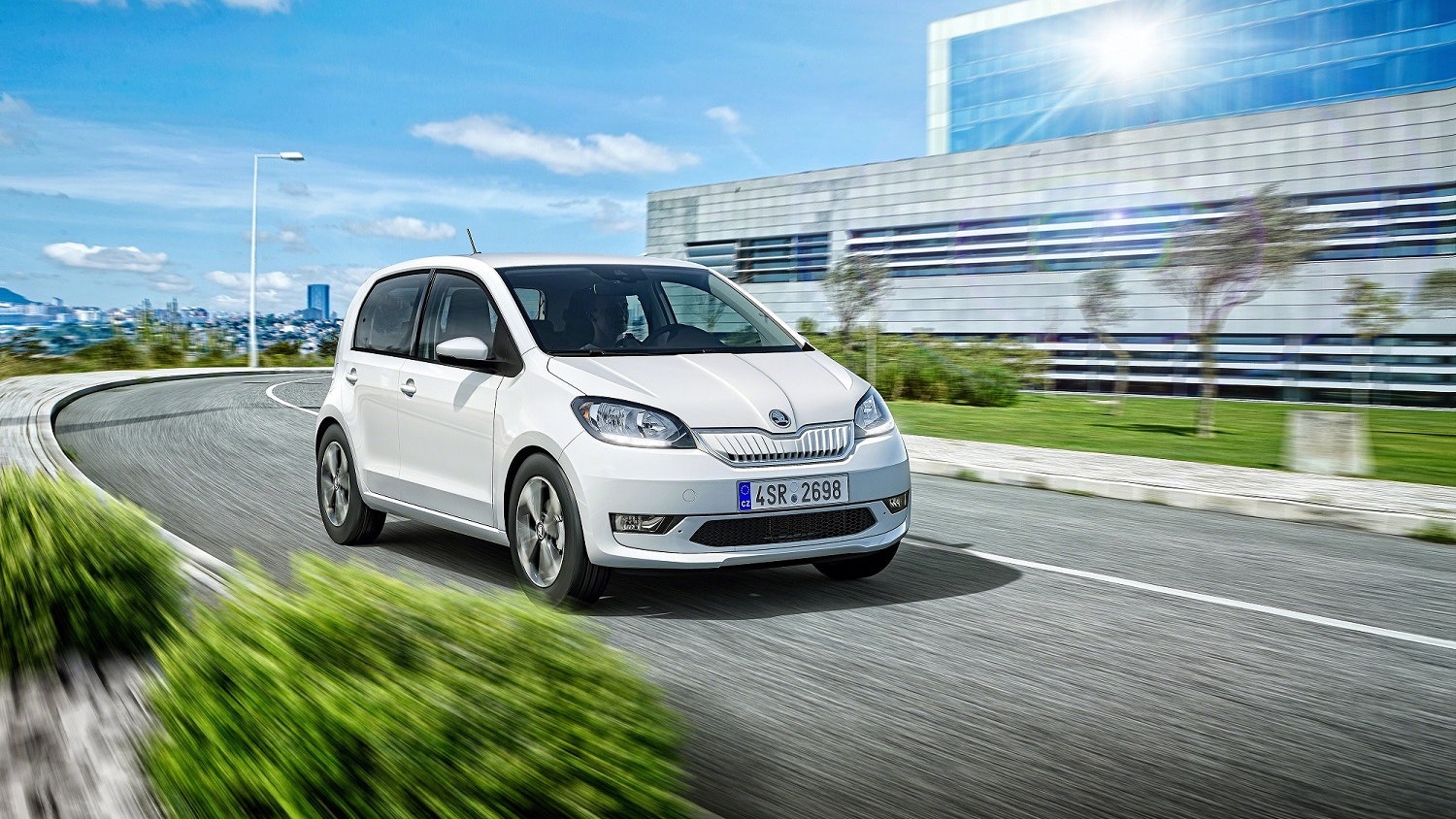
Much like the Seat Mii Electric it shares underpinnings with, the Skoda Citigo e-iV is going electric too.
It’s capable of 164 miles on a single charge thanks to its 36.8kWh battery pack and is capable of 0-60mph in 12.3 seconds thanks to its 81bhp and 210Nm of torque powertrain.
Skoda Superb

Skoda has given its Superb a refresh for the 2020 model year, bringing a new look to the car along with more technology.
Available from £24,655, it features full LED headlights for the first time plus ‘SKODA’ lettering in place of the emblem at the rear of the car for a classier look.
Tesla Model 3
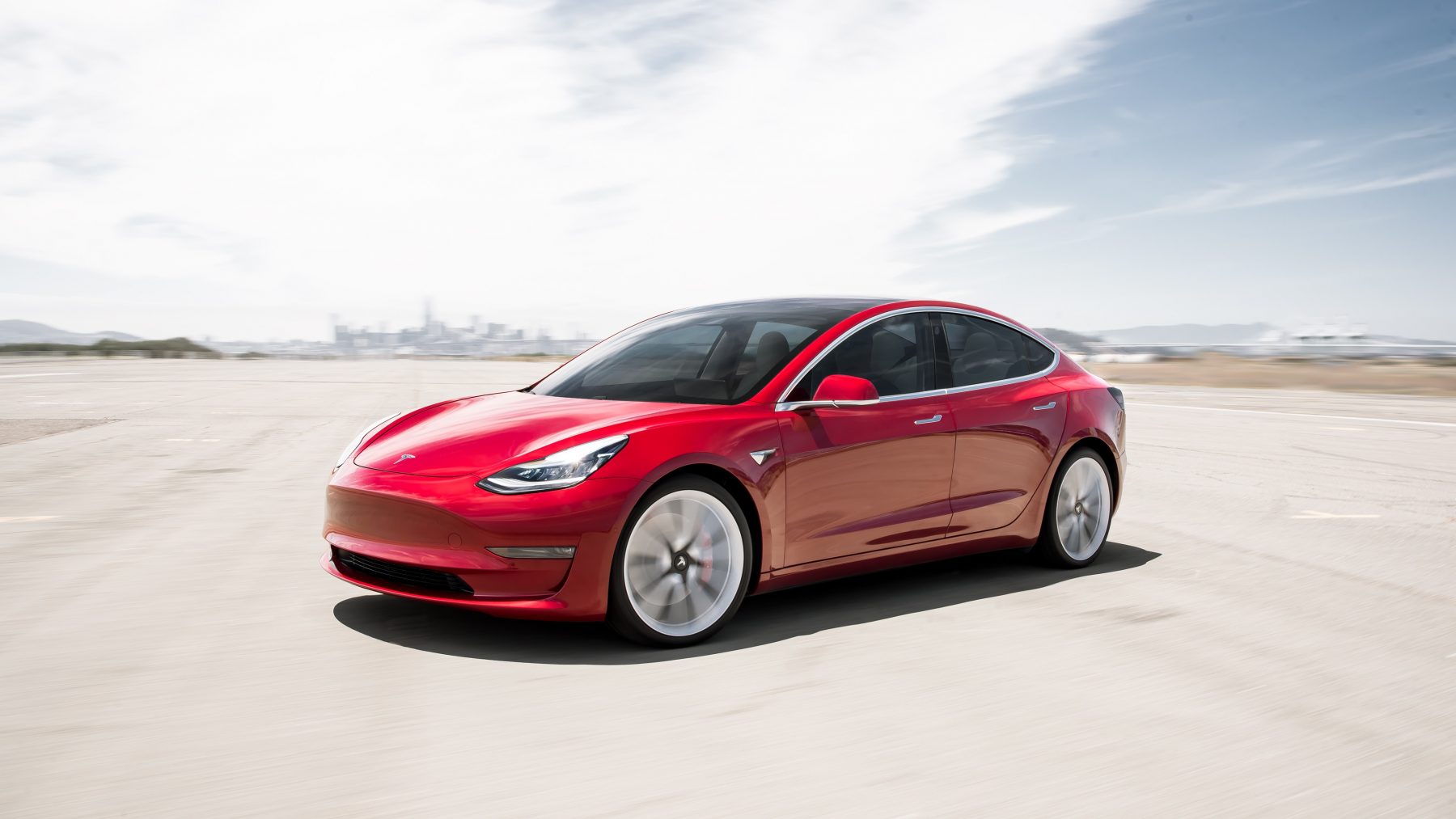
A UK arrival of the Tesla Model 3 has long been overdue, but it seems it will be at last arriving in time for the ‘69’ plate.
Boasting cutting-edge tech, a range of up to 348 miles between charges and looks that are sure to turn heads no matter what road you’re on.
Toyota Camry
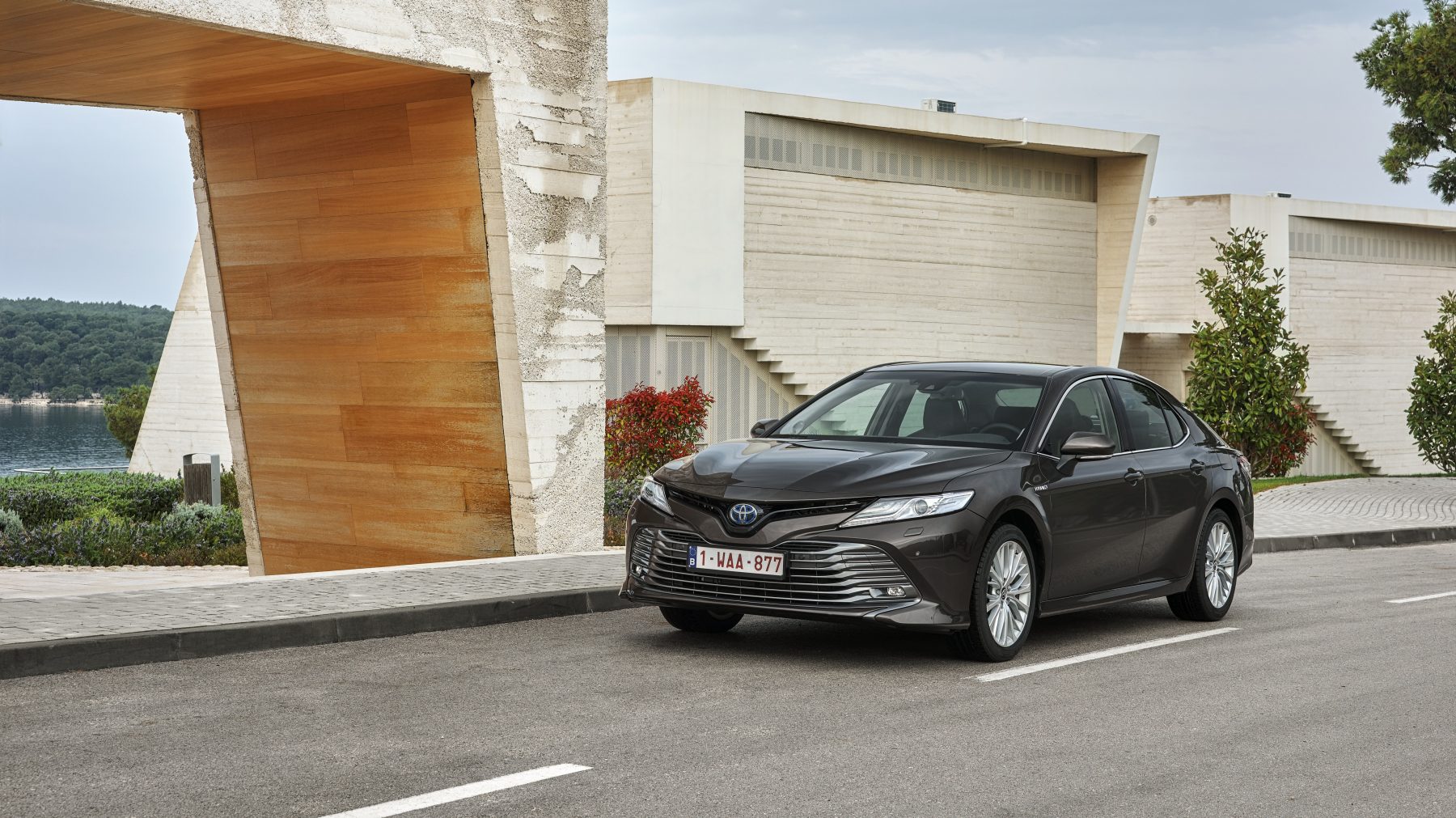
It’s out with the Avensis and in with the Camry for Toyota, as it brings back a nameplate last seen on the UK market in 2004.
Long one of the best selling cars globally, the Japanese firm is being reasonable with its expectations for UK sales of this hybrid saloon — but those looking for an efficient and comfortable A-to-B vehicle may find it a compelling option.
Toyota Supra
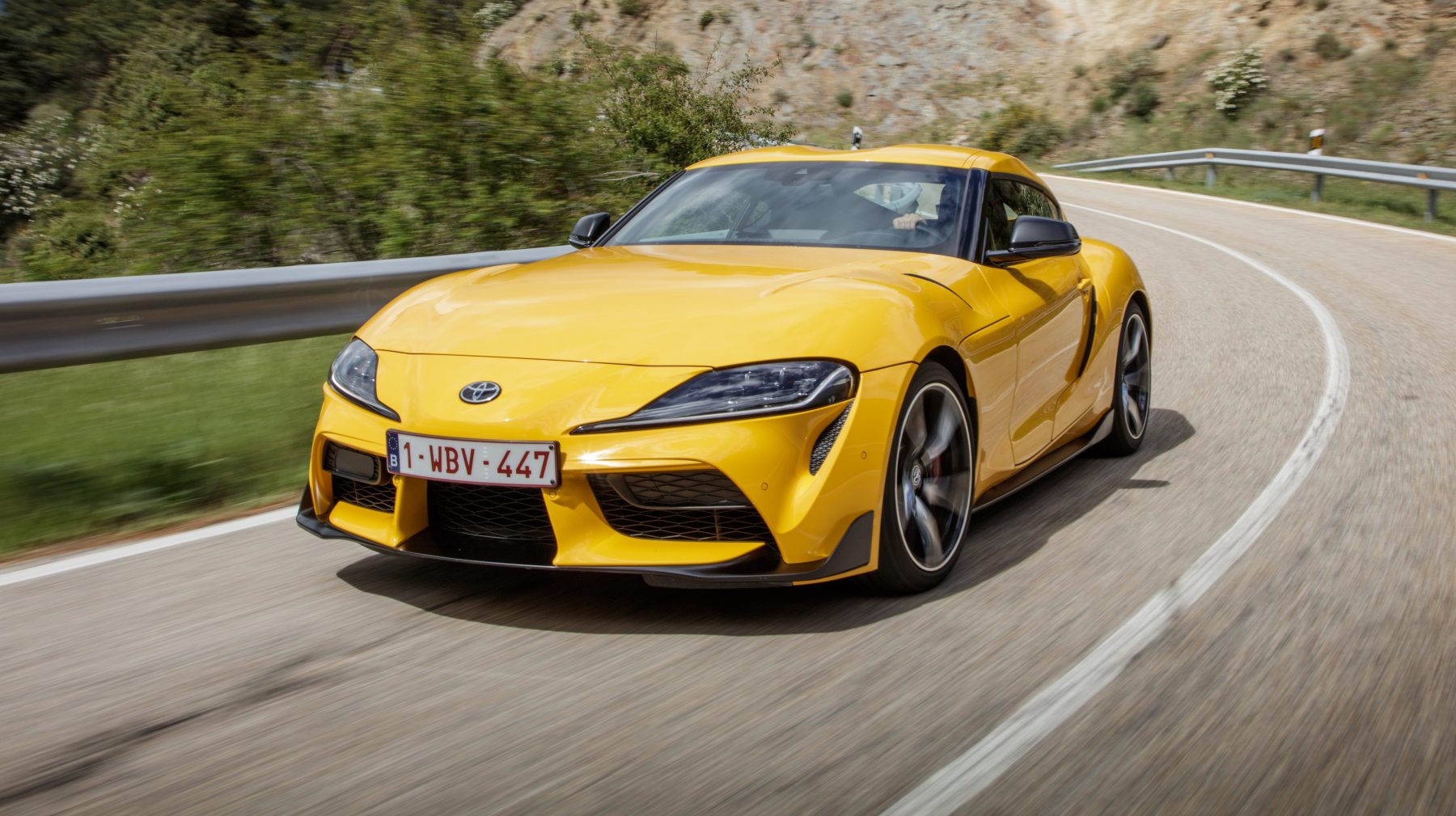
It’s been a long time coming, but the Toyota Supra is here and just in time to be released on the ‘69’ plate.
First customer deliveries of the reborn icon are due to arrive in September, though the UK waiting list now extends well into 2020. Though its roots lie in BMW, the Supra has been well-received by the UK motoring media and should be a hit with buyers.
Vauxhall Astra
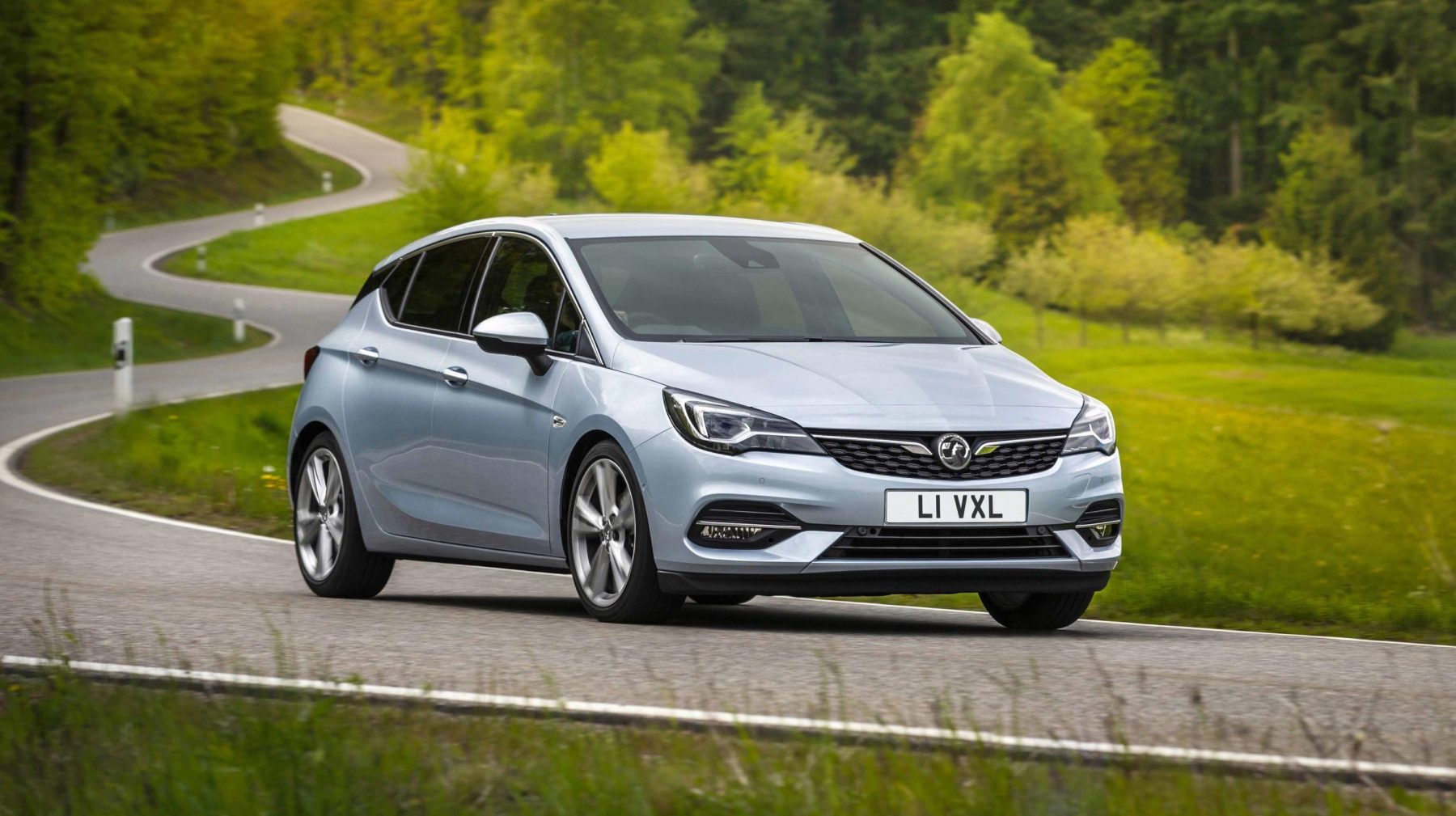
You would be hard-pressed to notice this is a new Vauxhall Astra, but the popular hatchback has benefitted from a refresh for a new model year.
Styling tweaks are minor, but there’s a fresh line-up of engines borrowed from the French owners PSA Group plus a greater list of equipment on offer.
Vauxhall Corsa and Corsa-e
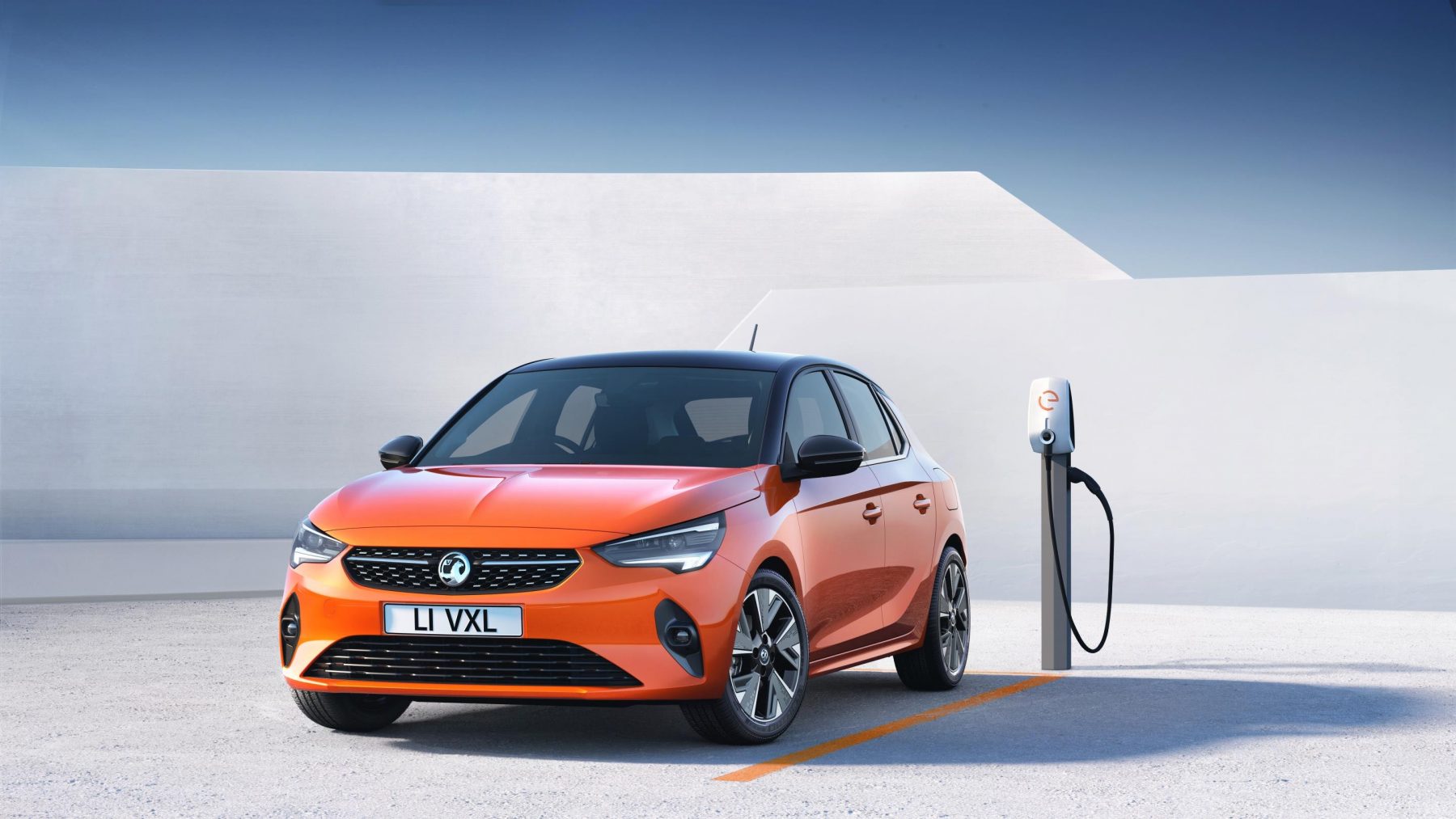
One of the most popular cars in the UK is back for a new generation, and it’s sure to continue the success of its predecessors.
The new Corsa benefits from fresh technology, a modern design and even an all-electric powertrain in Corsa-e form — making it the firm’s first EV.
Vauxhall Grandland X Hybrid4
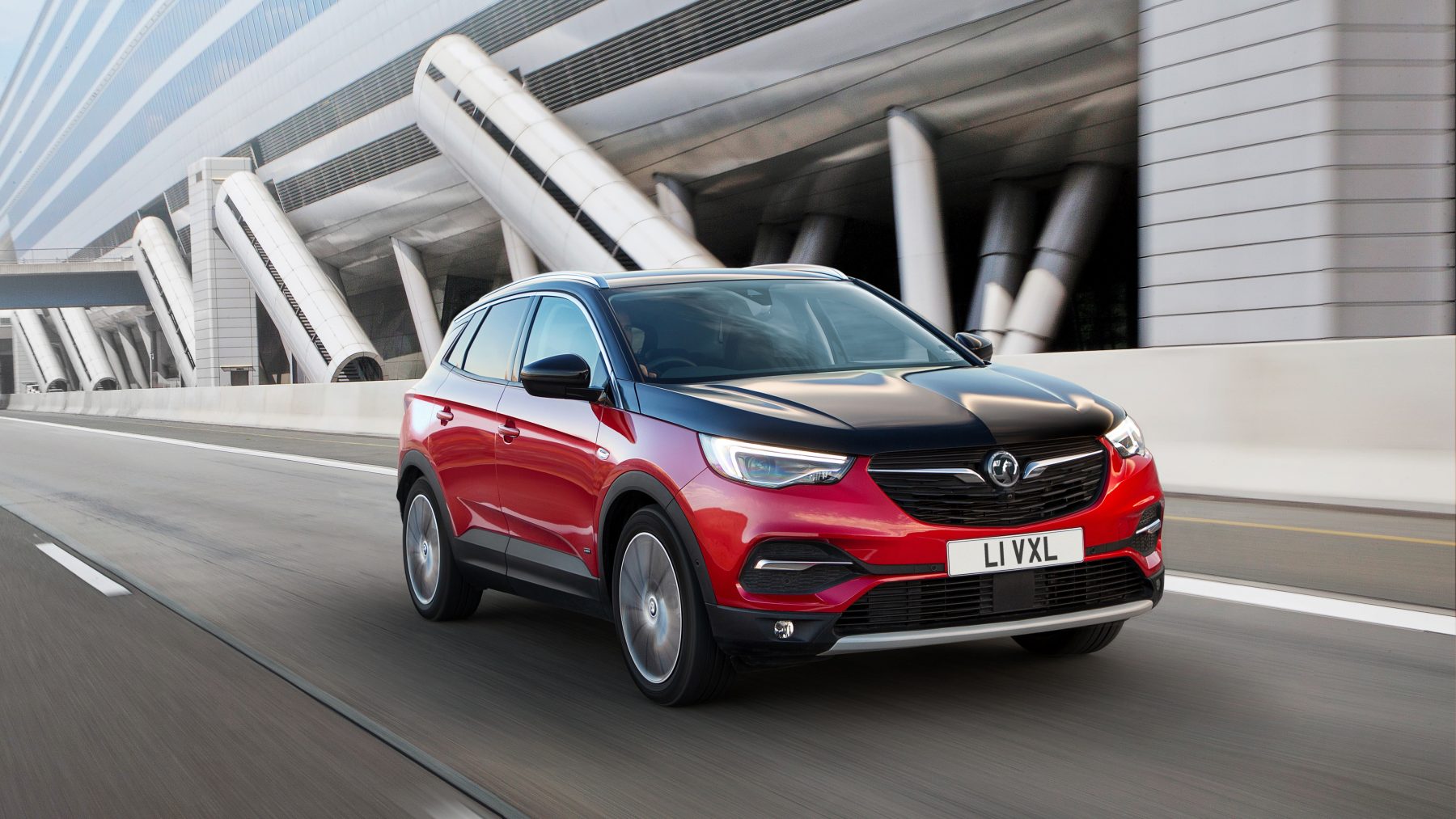
Aiding in Vauxhall’s electric charge is this — the Grandland X Hybrid4.
An output of 296bhp makes it the most powerful car currently produced by Vauxhall, while a claimed 176.5mpg and 36g/km of CO2 output means it’s the most efficient car featuring a combustion engine in its line-up.
Volkswagen California 6.1
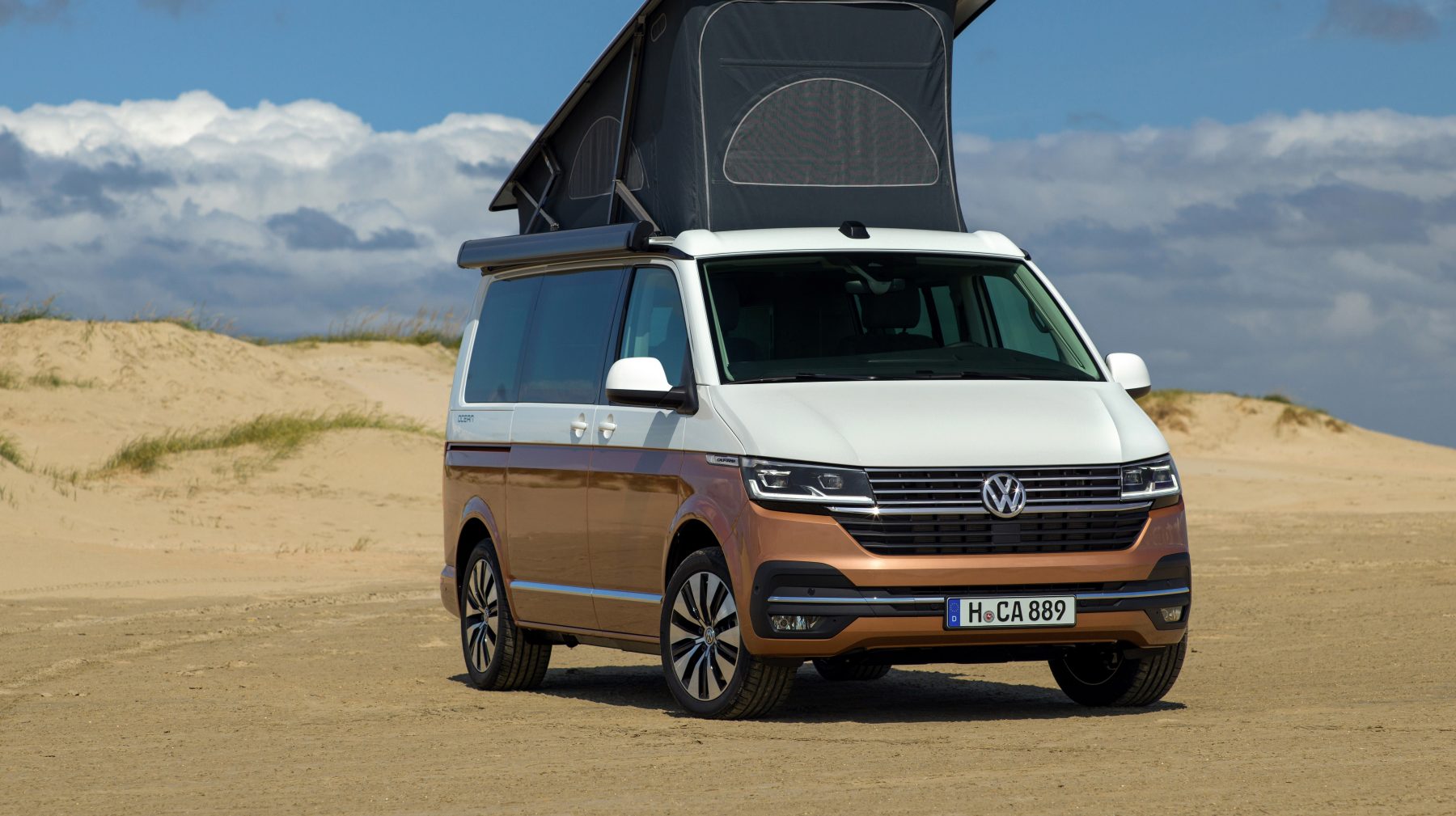
One of the most iconic vehicles on the road — the Volkswagen has been given a bit of a refresh for the 2020 model year.
A new digital control display has been added for greater control of the camper’s many features, while its holidaying equipment has been improved in a number of areas.
Volkswagen Passat
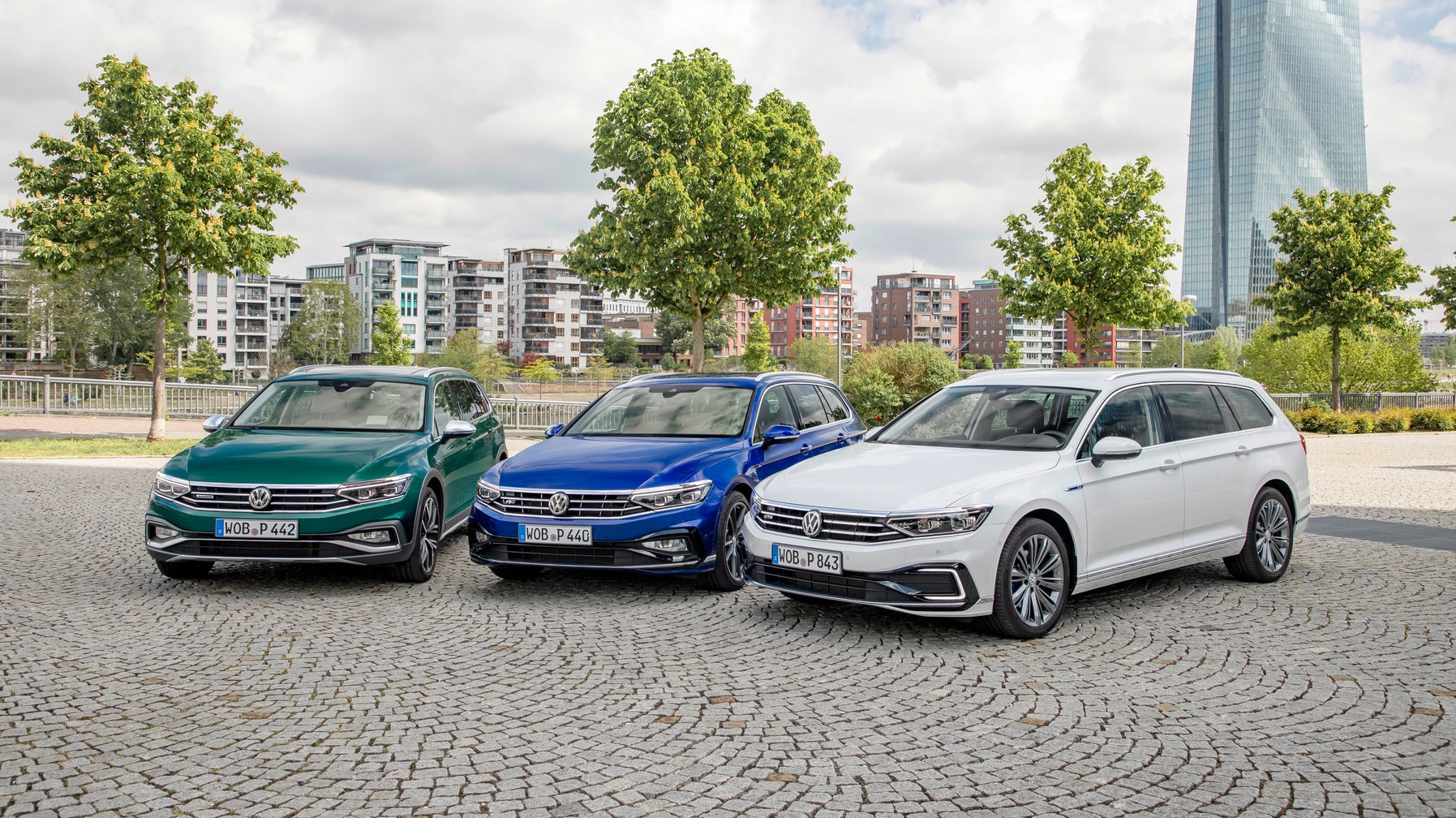
Another facelifted model from Volkswagen is the latest Passat, which has been treated to a tweaked look and a list of new goodies.
Perhaps a highlight feature is its new Travel Assist feature — bringing semi-autonomous functions to the car that’s available in both saloon and estate form.




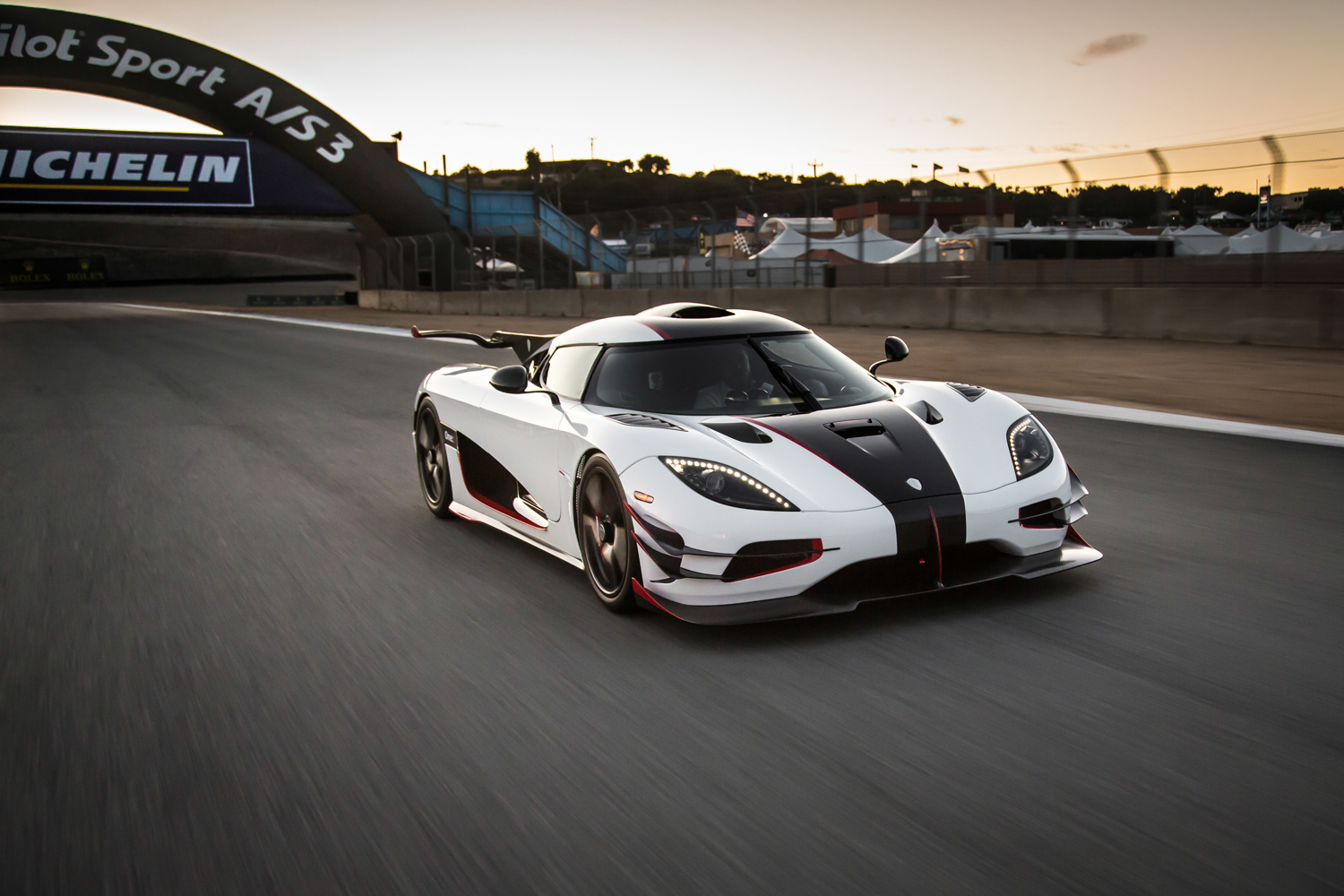
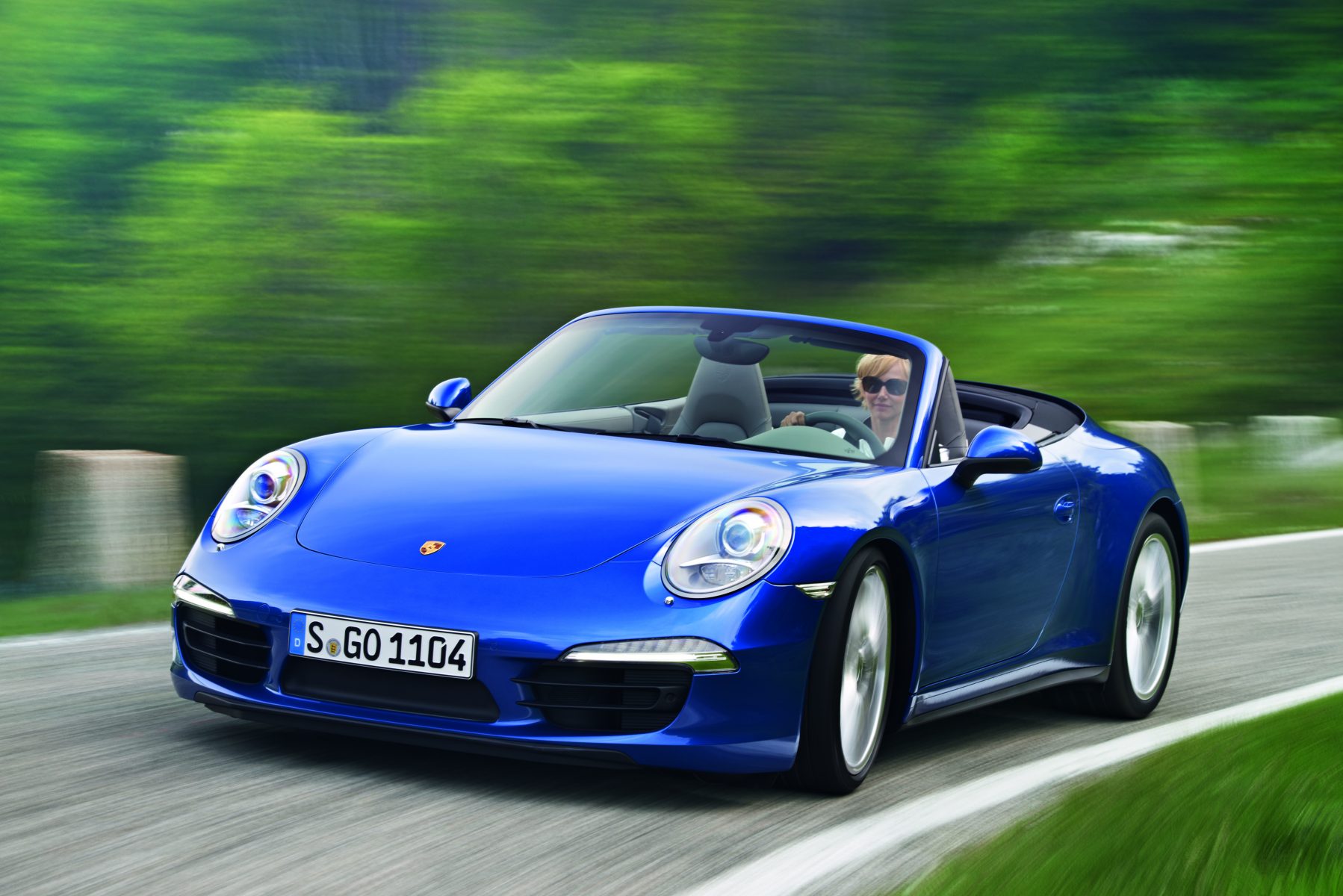 Contrary to what appears to be popular belief, the ‘E’ at the end of Porsche is not silent. However, this doesn’t stop many dropping a syllable from the iconic sports car firm’s name when they see a ‘Porsch’ on the road.
Contrary to what appears to be popular belief, the ‘E’ at the end of Porsche is not silent. However, this doesn’t stop many dropping a syllable from the iconic sports car firm’s name when they see a ‘Porsch’ on the road. 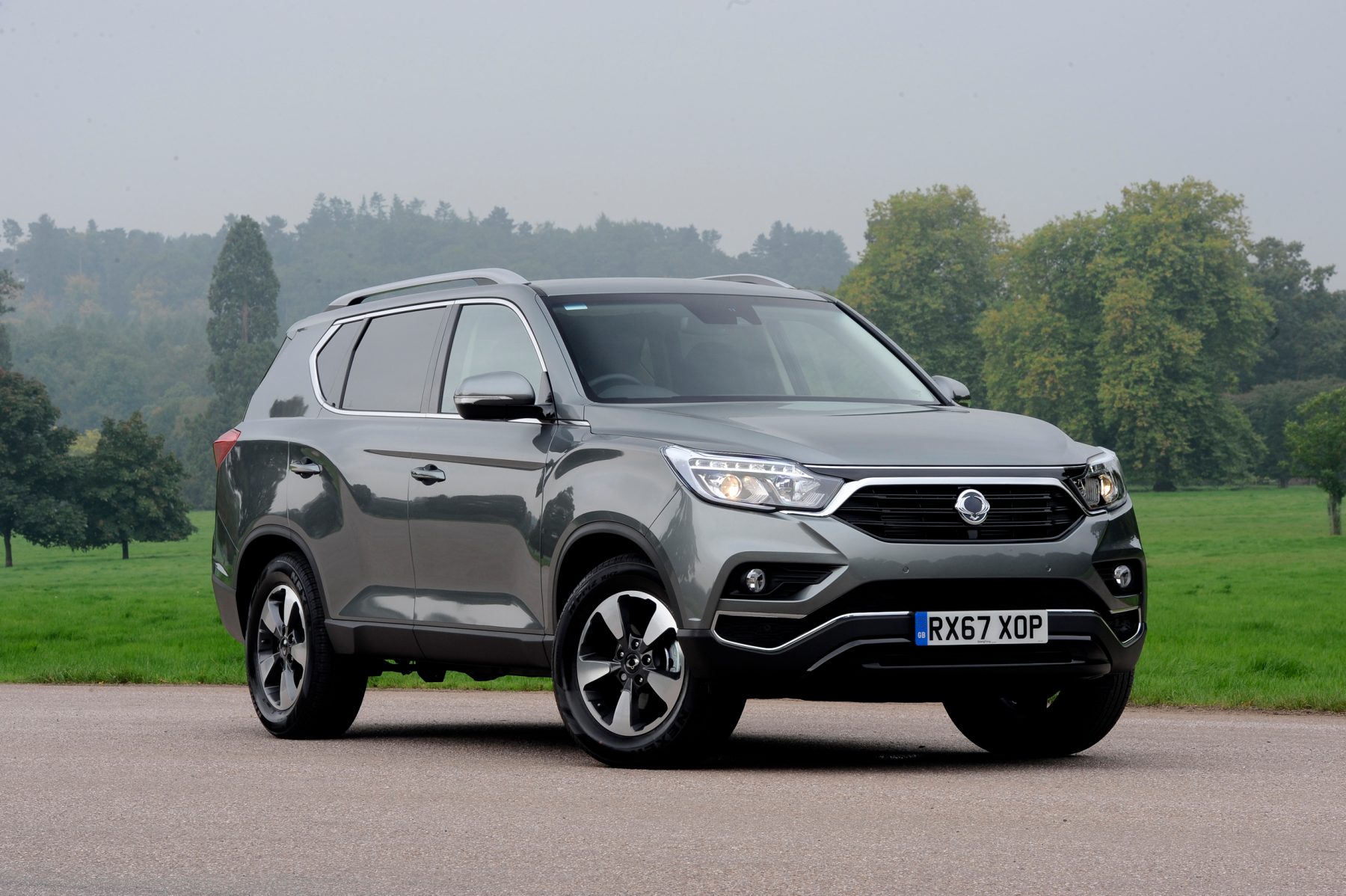 This Korean brand’s first two letters should be pronounced as one, but try telling that to an overwhelming majority of English speakers, and it doesn’t quite command the following of Porsche to correct everyone en masse.
This Korean brand’s first two letters should be pronounced as one, but try telling that to an overwhelming majority of English speakers, and it doesn’t quite command the following of Porsche to correct everyone en masse.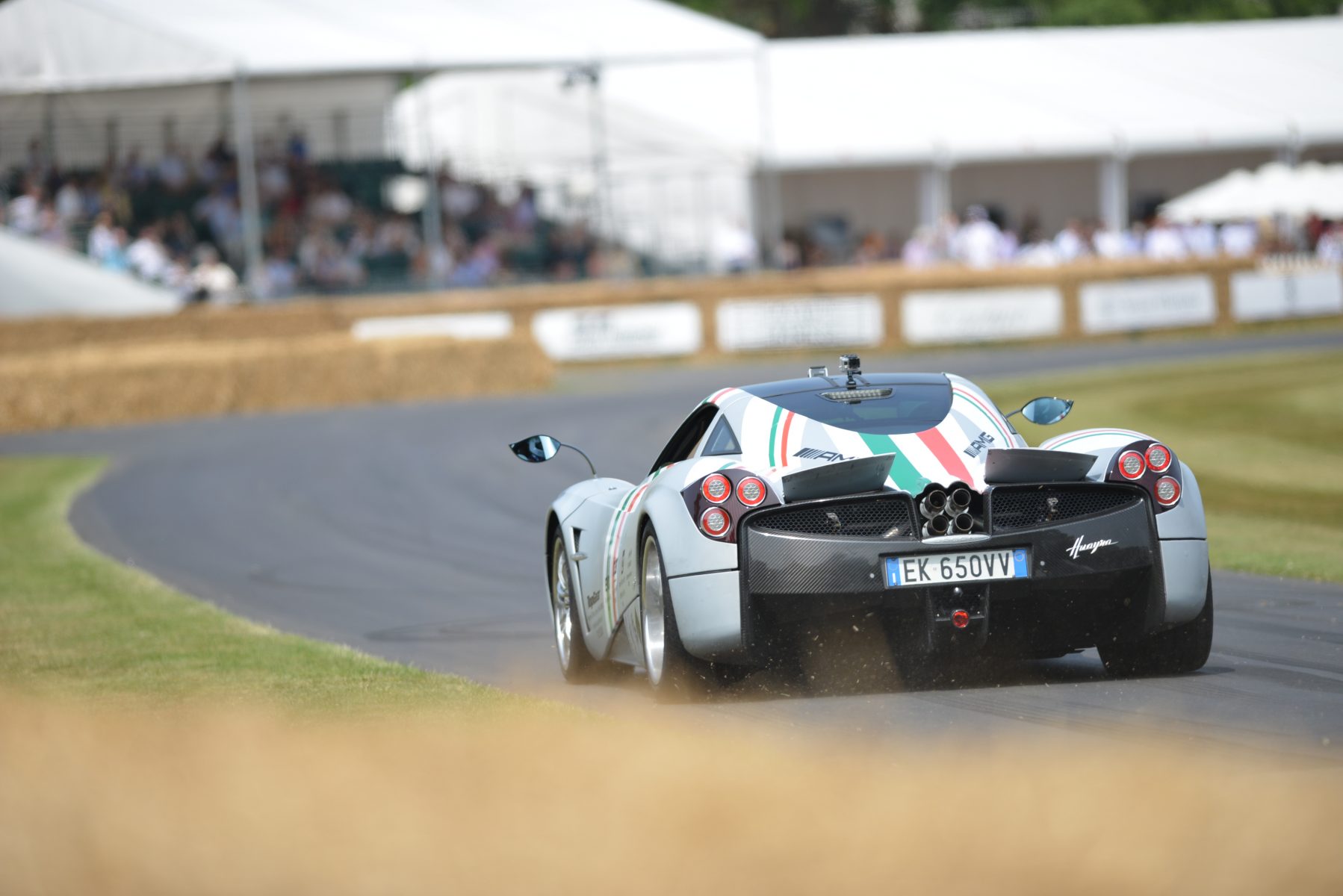 Have you ever dreamt of being so rich that you can buy a hypercar with a name most people can’t even say? If so, the successor to the Zonda is the vehicle for you.
Have you ever dreamt of being so rich that you can buy a hypercar with a name most people can’t even say? If so, the successor to the Zonda is the vehicle for you.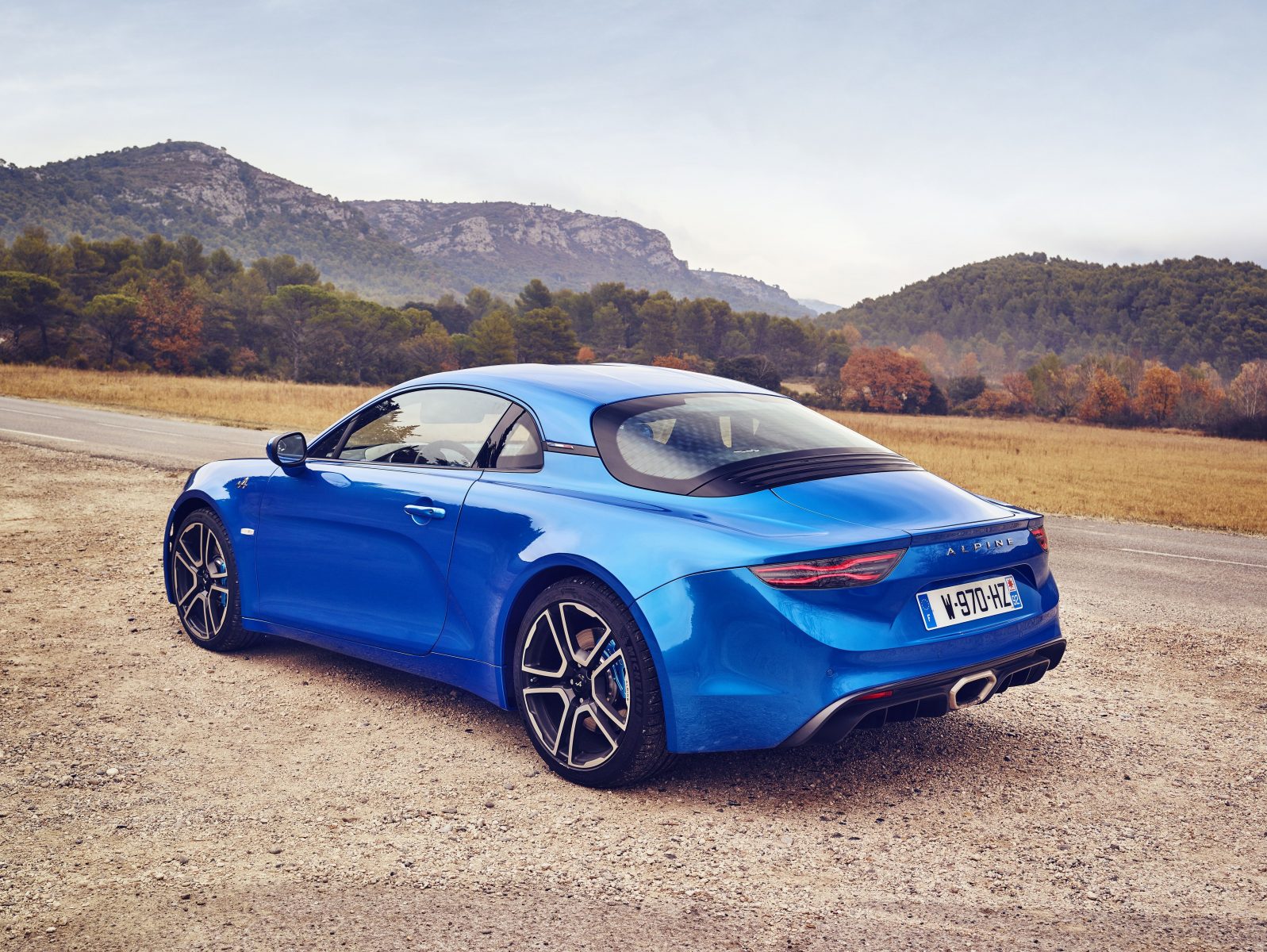 The recently-revived French sports car outfit is another firm that could run an entire advertising campaign based solely on teaching people to say its name properly.
The recently-revived French sports car outfit is another firm that could run an entire advertising campaign based solely on teaching people to say its name properly.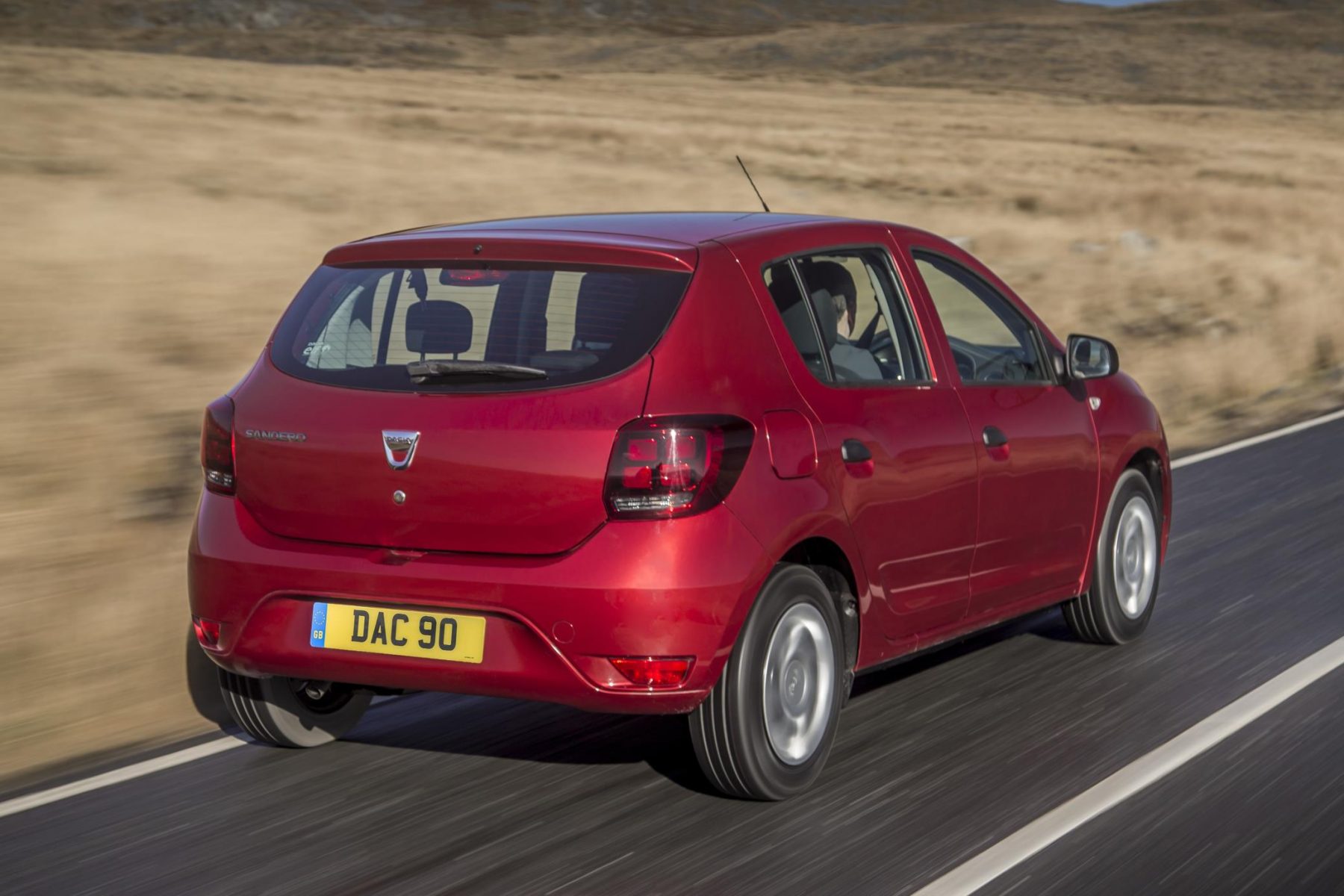 The blame for this common error can be placed firmly on the doorstep of one James May, whose long-term obsession with the cheap and cheerful ‘Day-see-a’ Sandero introduced Top Gear’s massive audience to Renault’s Romanian budget brand.
The blame for this common error can be placed firmly on the doorstep of one James May, whose long-term obsession with the cheap and cheerful ‘Day-see-a’ Sandero introduced Top Gear’s massive audience to Renault’s Romanian budget brand. 
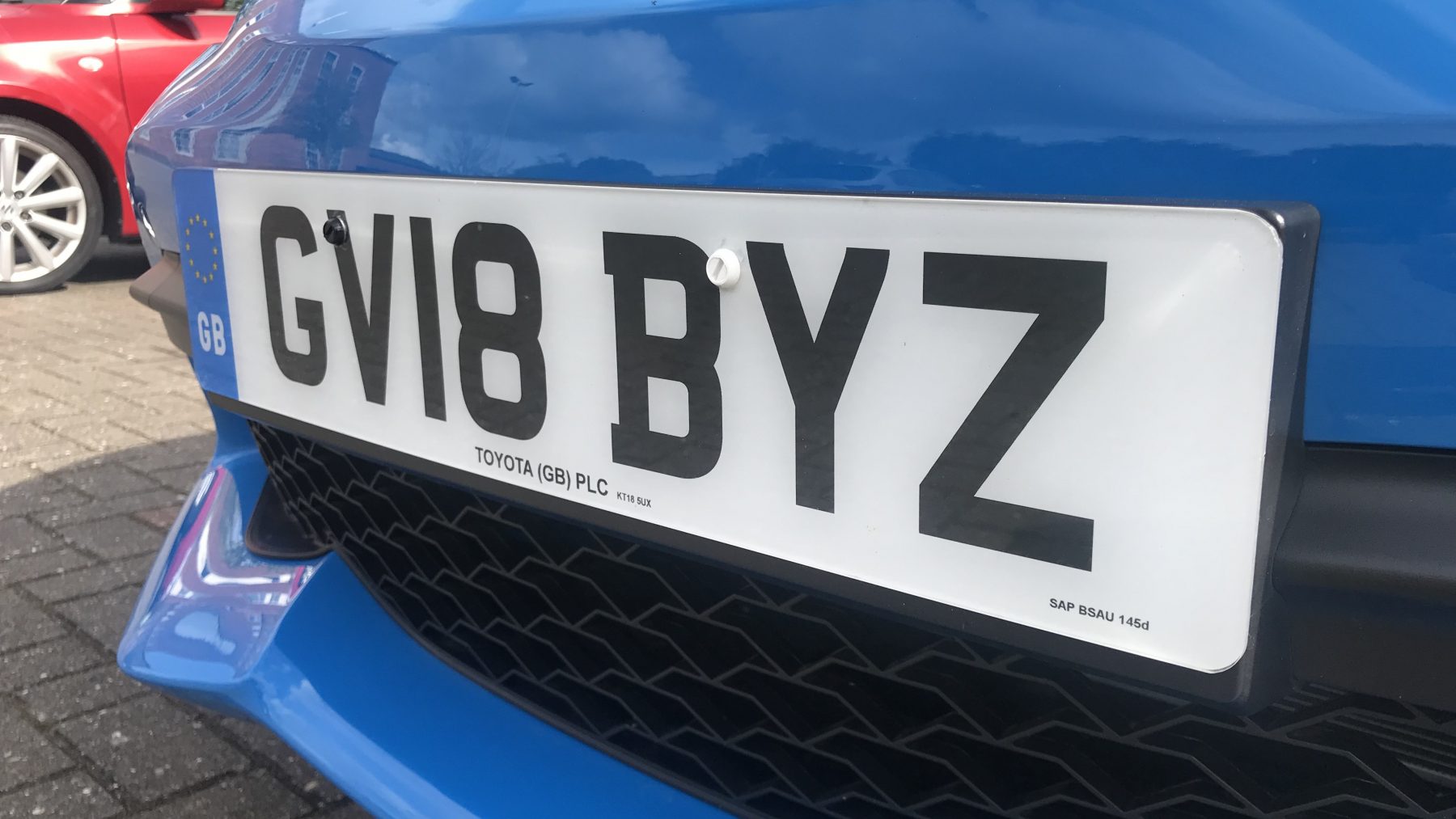

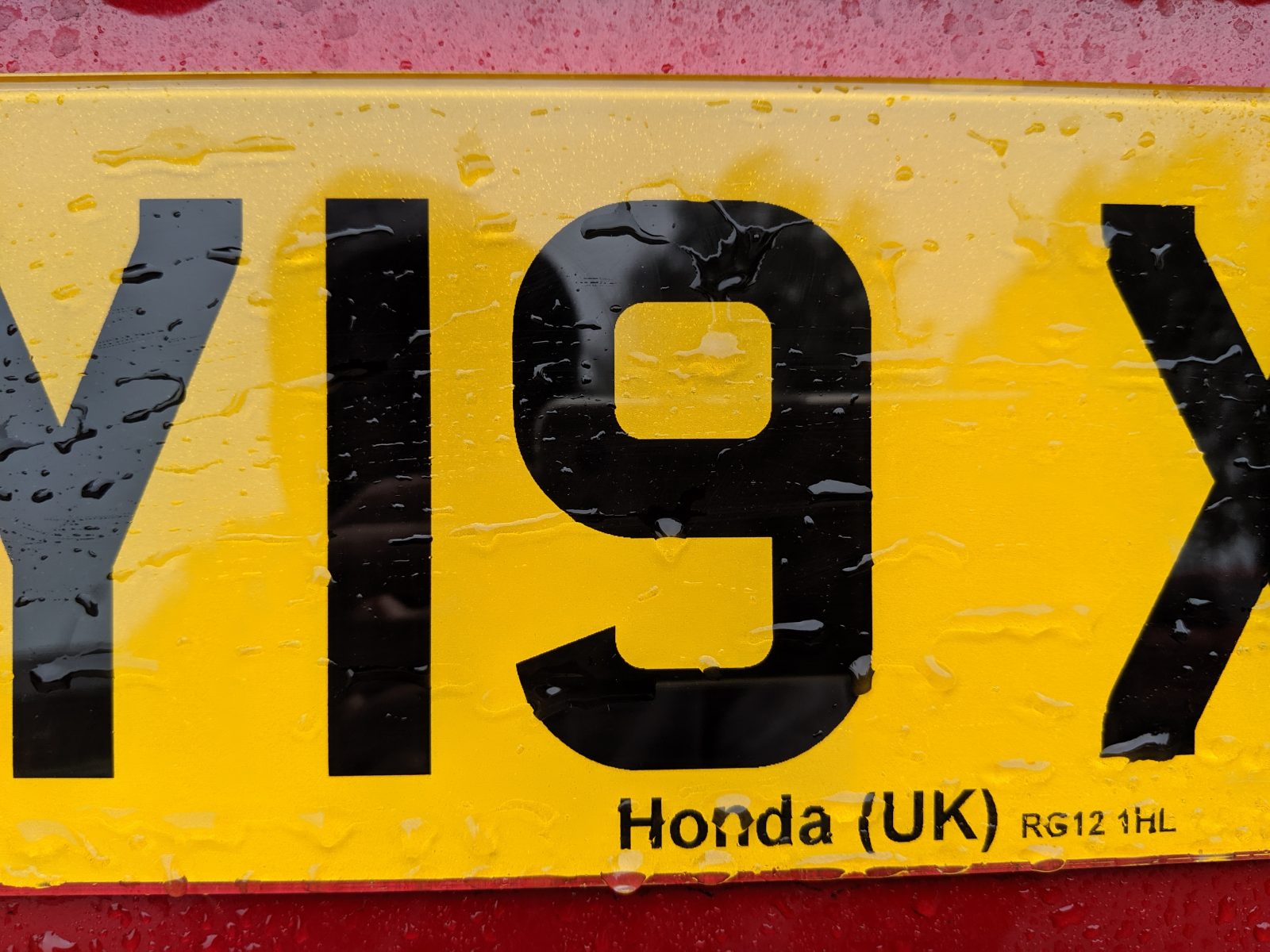
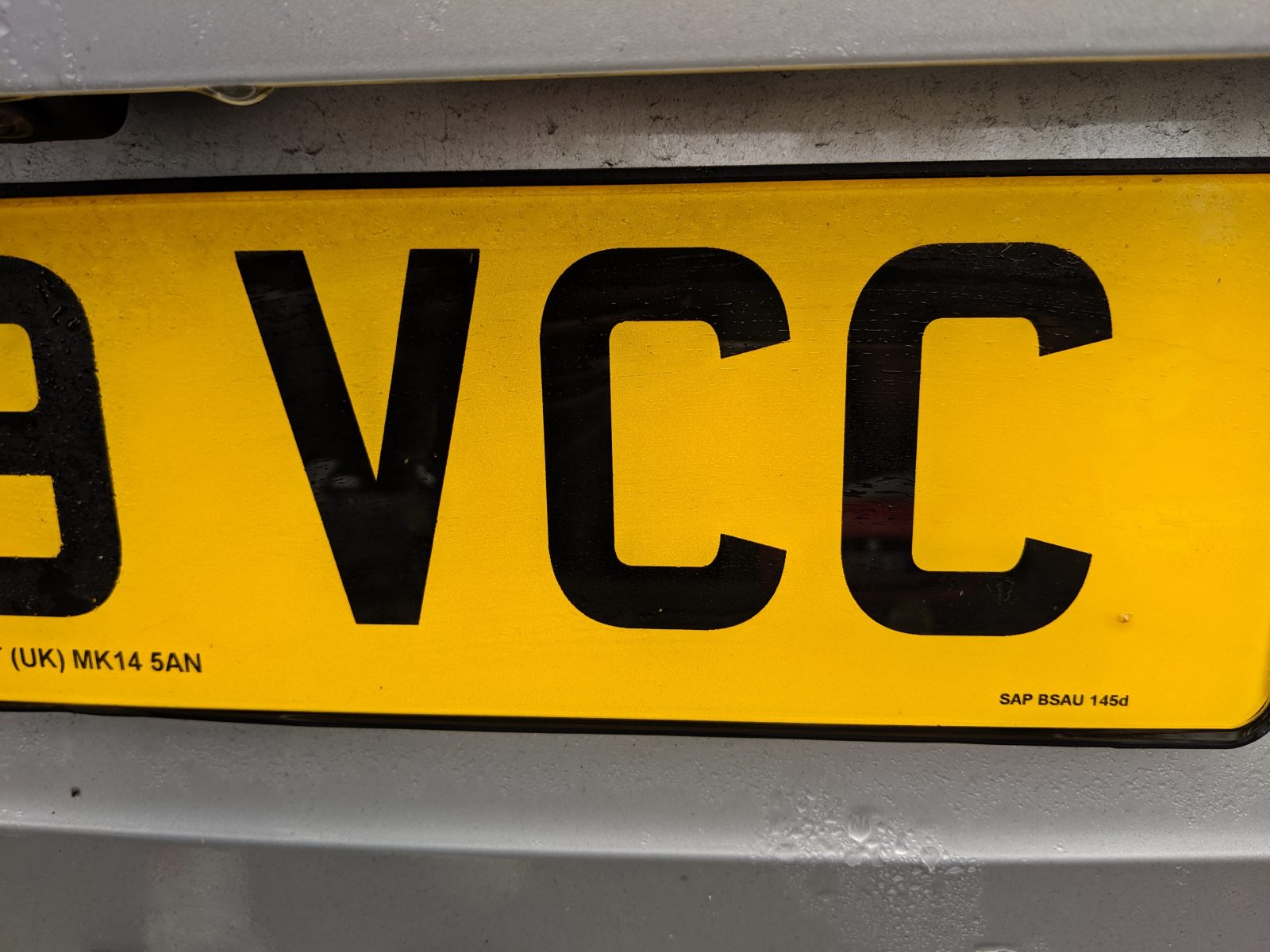
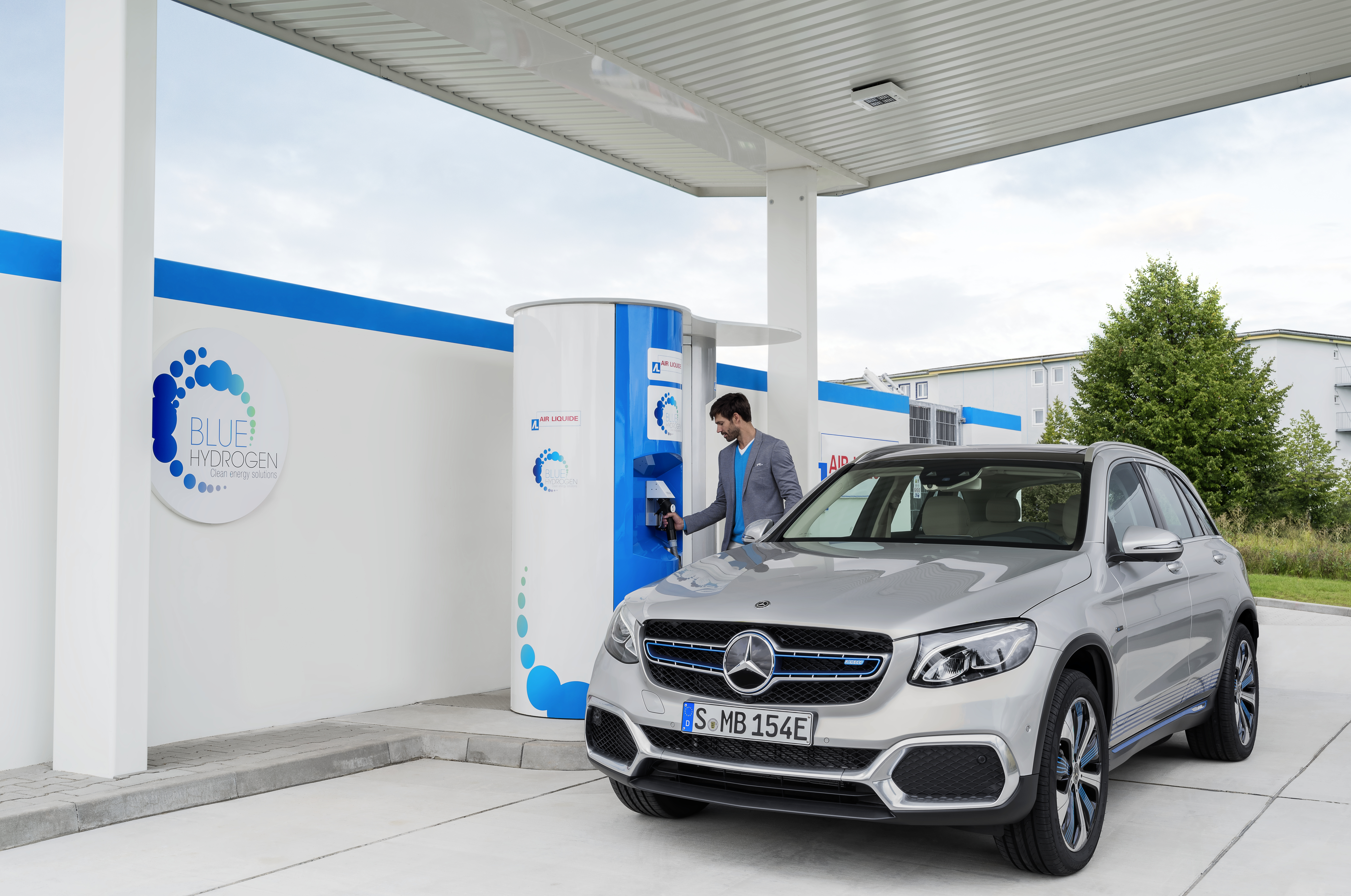
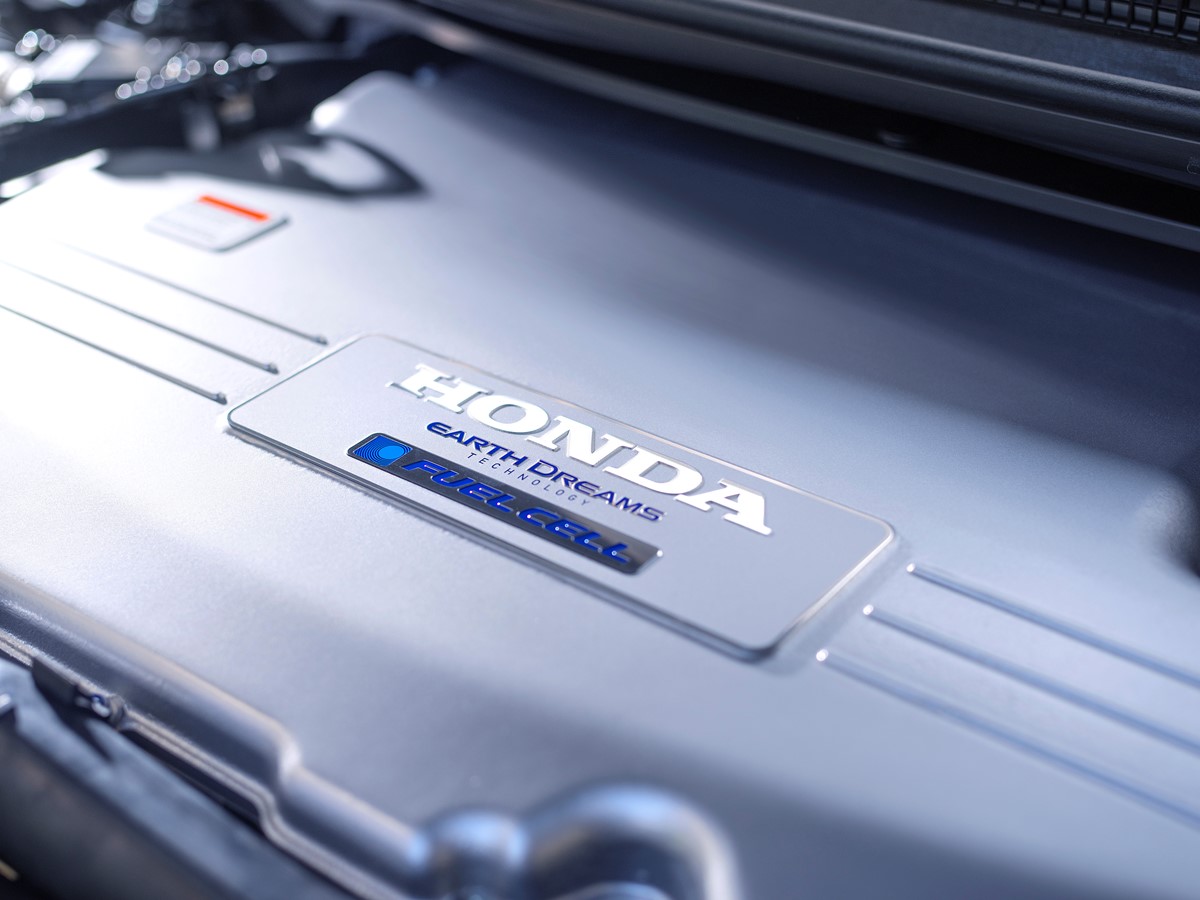
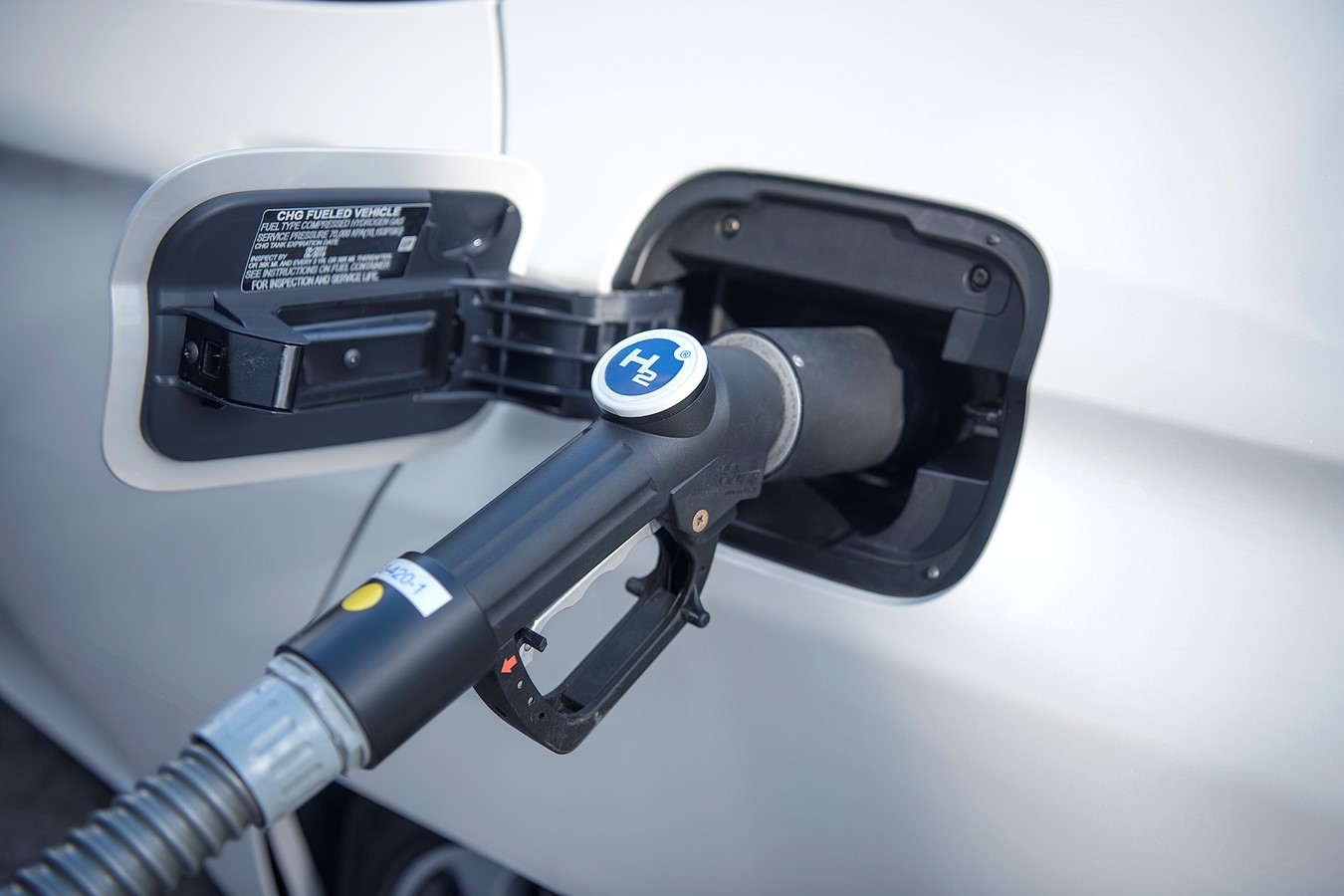
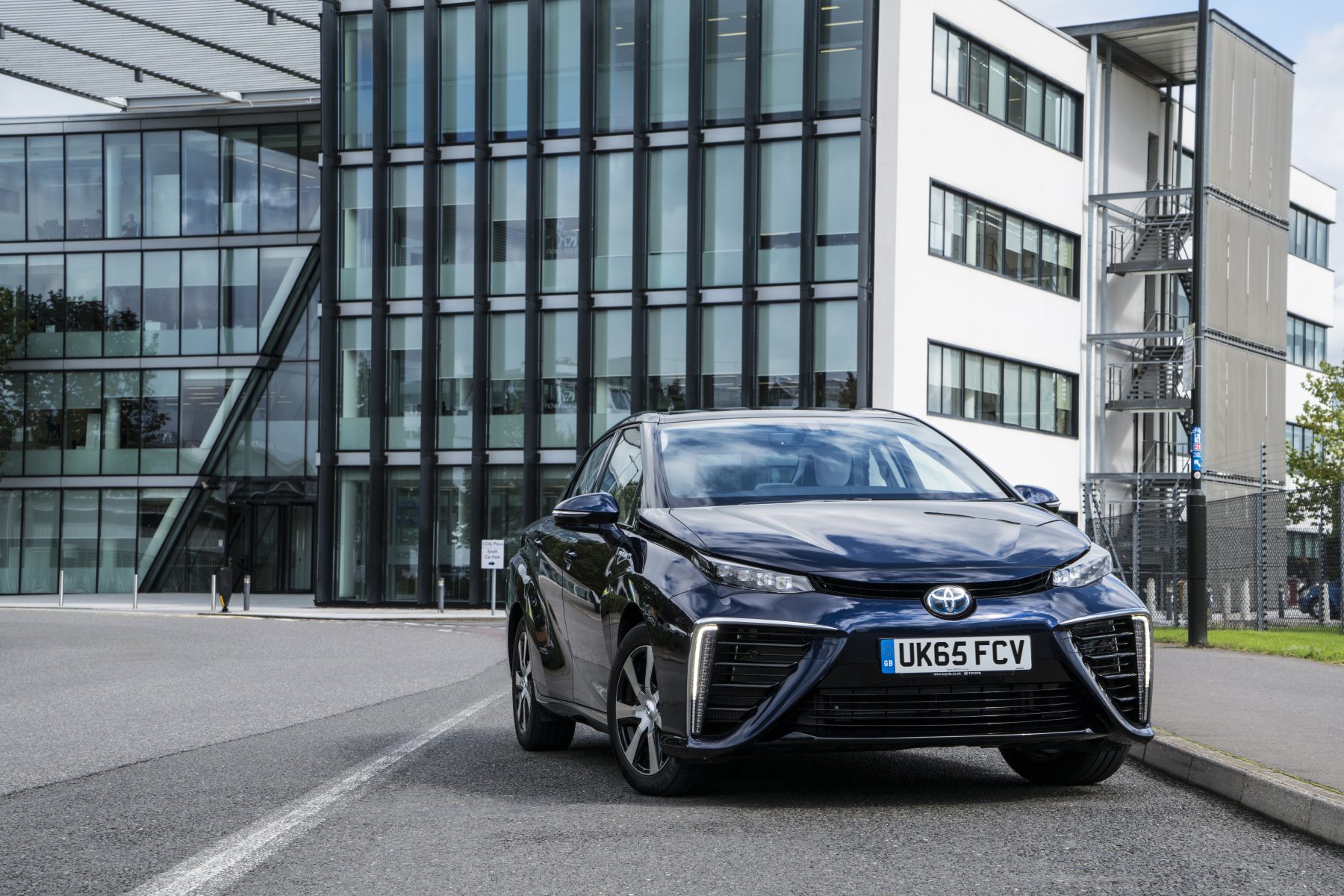
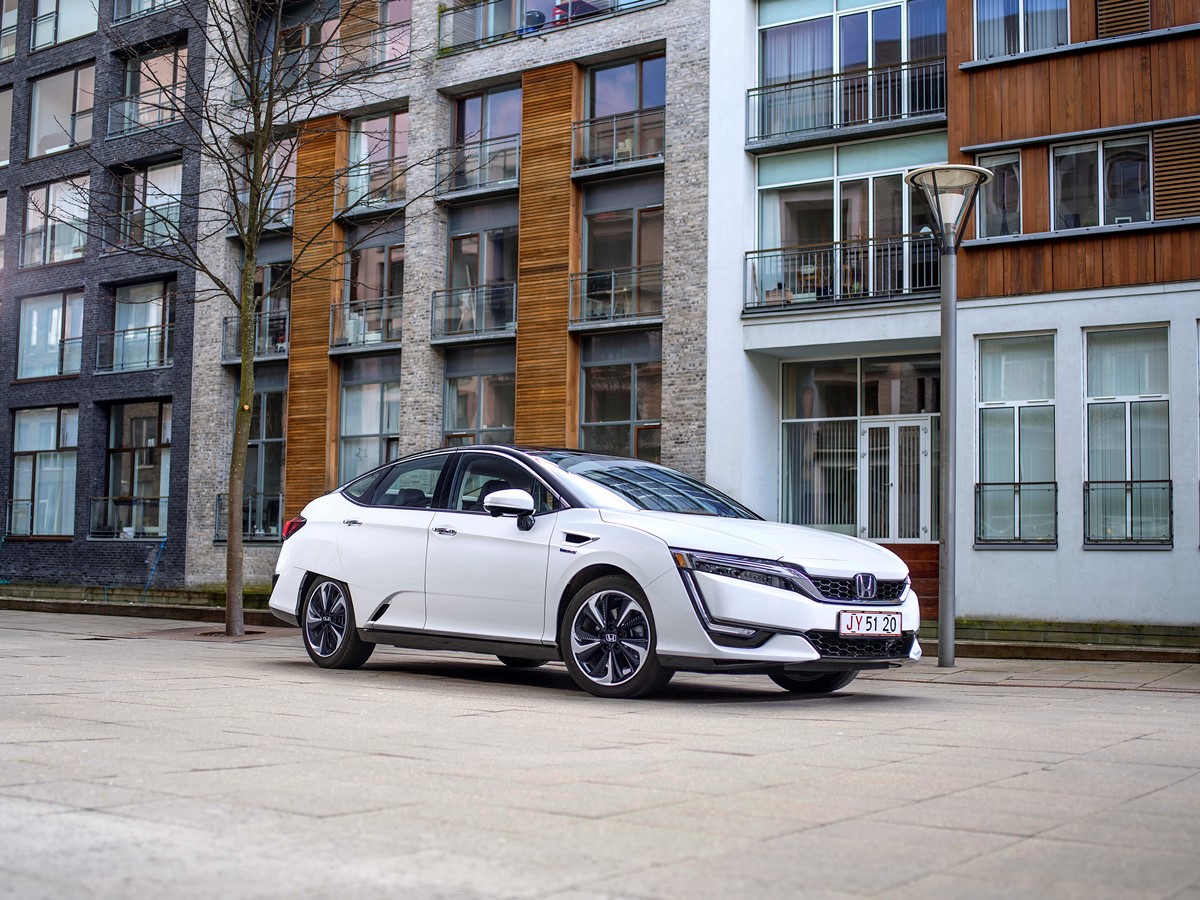
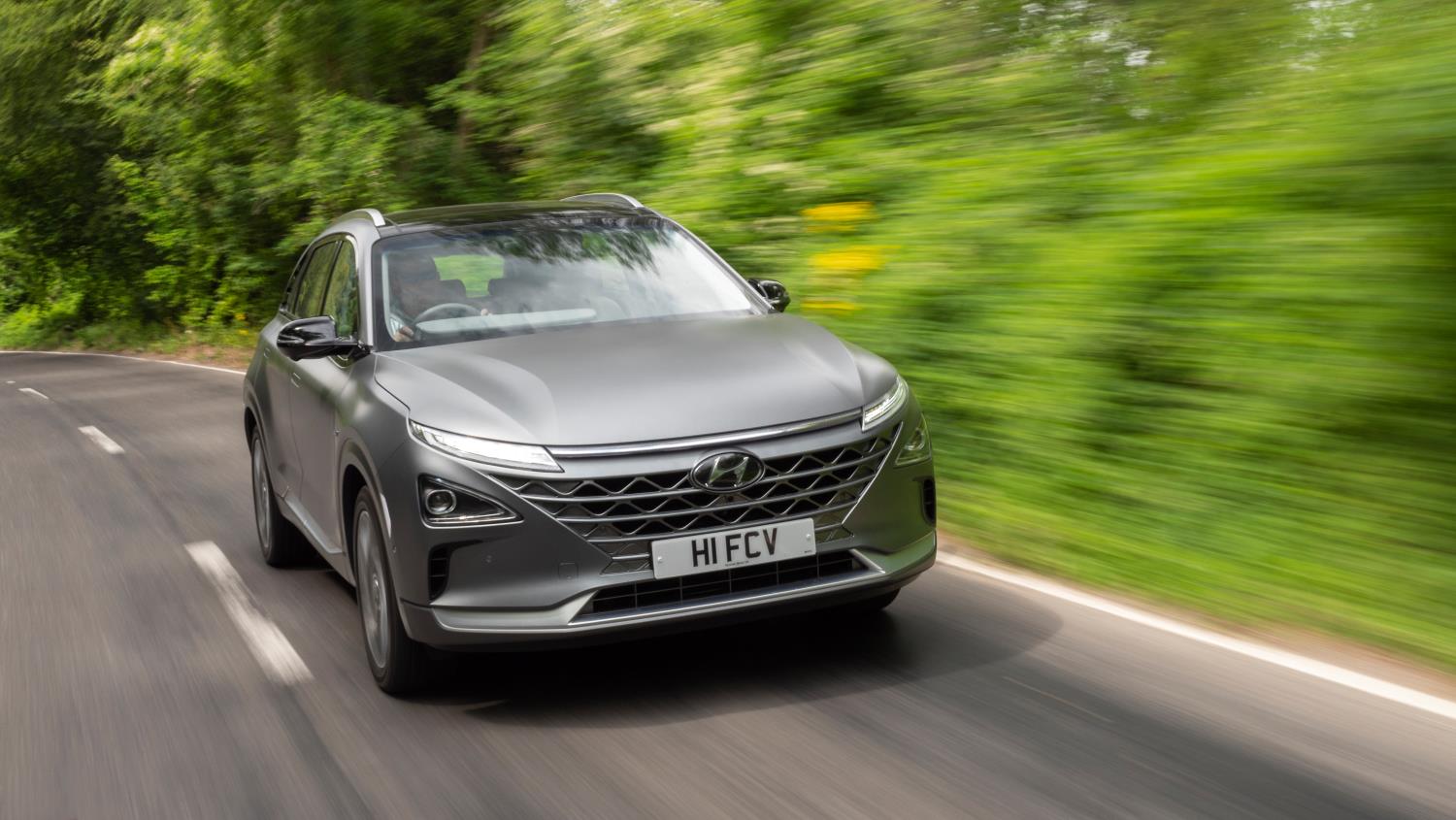
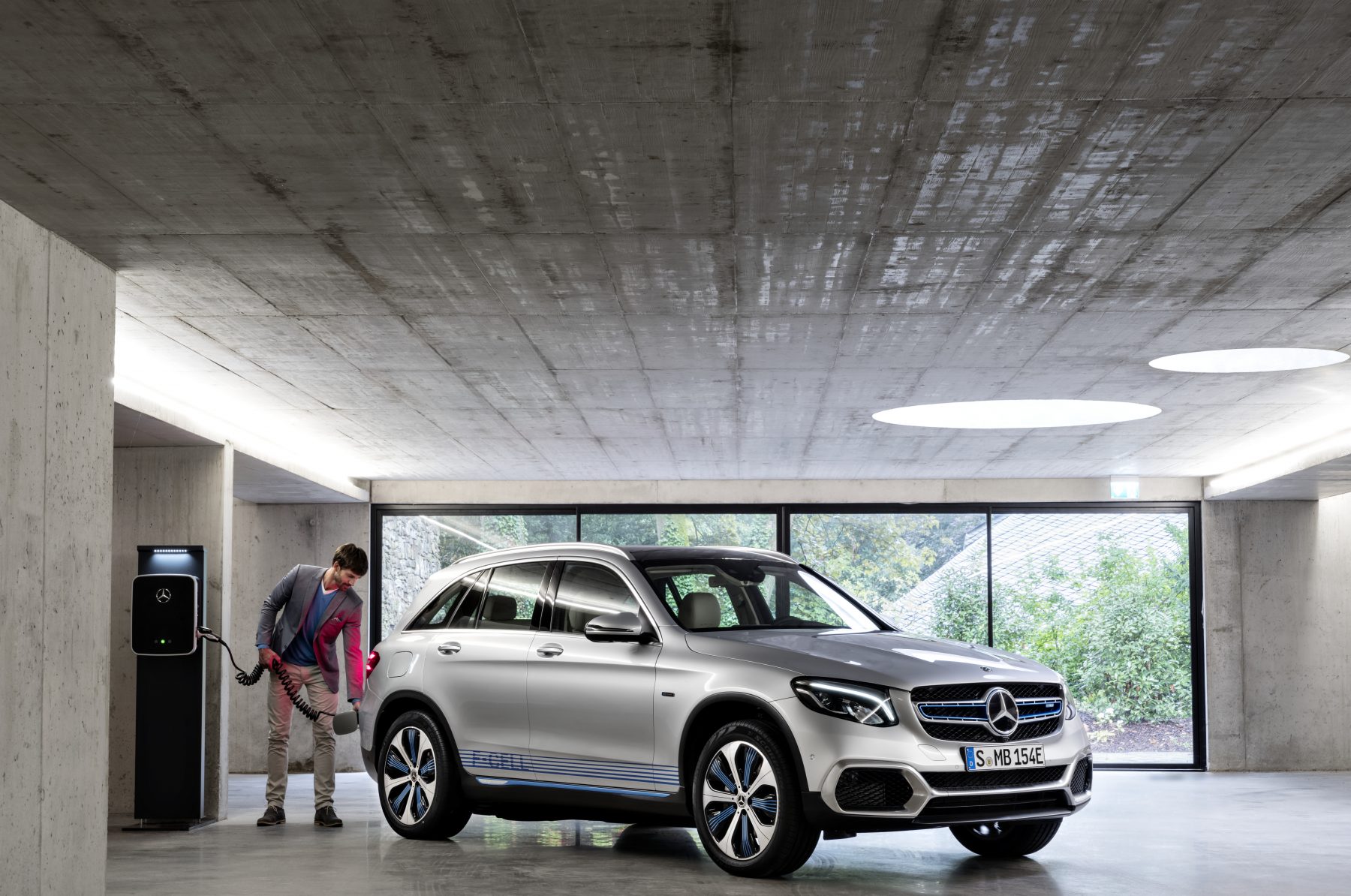
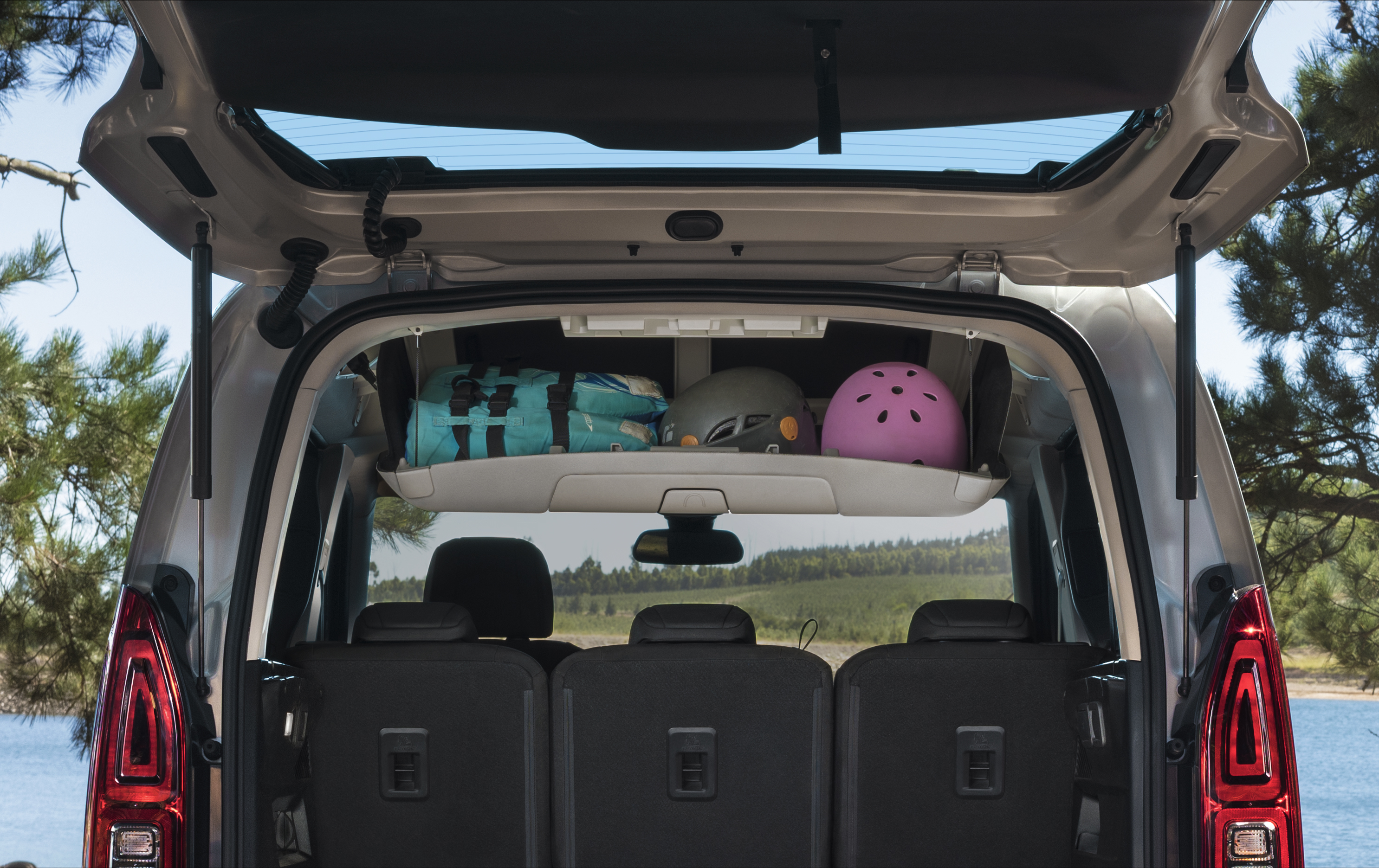
 When it comes to sheer load space, you’ll struggle to find a car more capable than the Citroen Berlingo. With a monstrous 1,050 litres available in XL guise, the French MPV puts practicality above all else. It’s capable of seating seven as well, with all three seats in the middle row featuring Isofix child seat mounting points.
When it comes to sheer load space, you’ll struggle to find a car more capable than the Citroen Berlingo. With a monstrous 1,050 litres available in XL guise, the French MPV puts practicality above all else. It’s capable of seating seven as well, with all three seats in the middle row featuring Isofix child seat mounting points.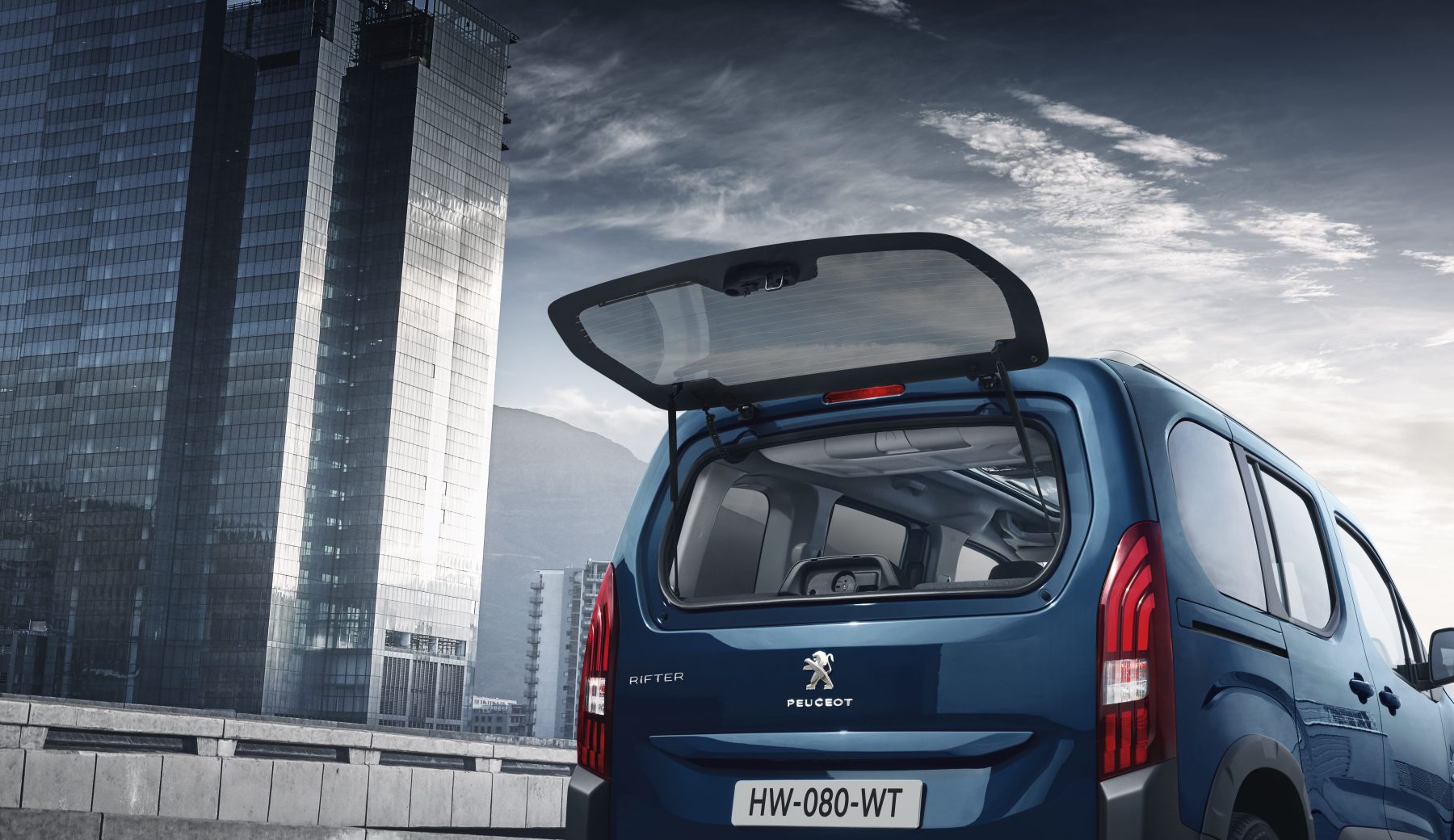 Sharing a platform with the Berlingo, the Peugeot Rifter matches its sibling’s load space too. This also means it retains the all-round practicality, excellent visibility and easy driving experience that makes it one of the most compelling load-luggers out there.
Sharing a platform with the Berlingo, the Peugeot Rifter matches its sibling’s load space too. This also means it retains the all-round practicality, excellent visibility and easy driving experience that makes it one of the most compelling load-luggers out there.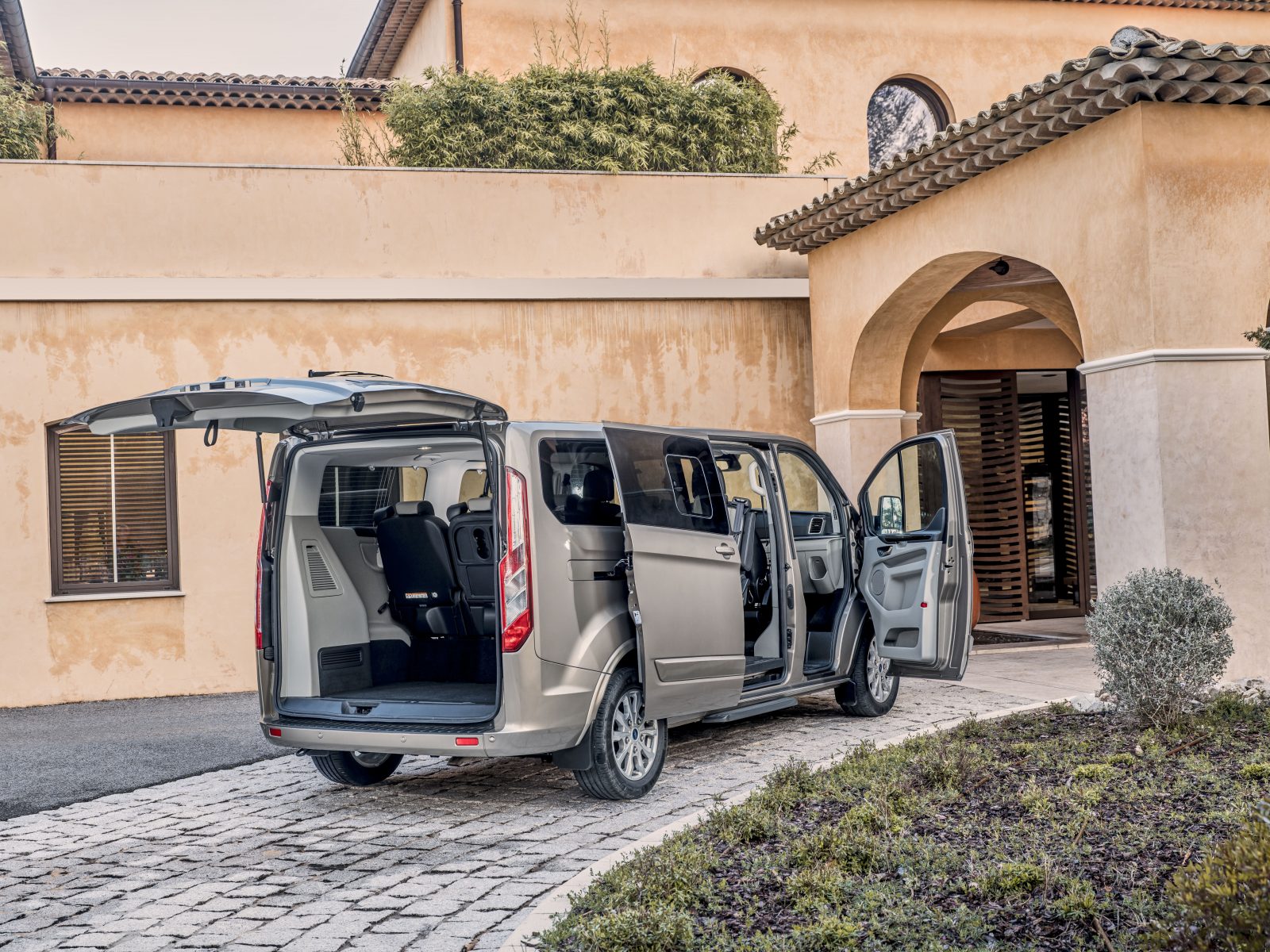 It’s another van-turned-MPV, but that’s not really surprising considering how affordable and incredibly practical the template is. On this occasion, Ford’s Tourneo Connect takes the compact Transit Connect and brings with it road car creature comforts and people-carrying capabilities. That’s along with an impressive 1,029 litres of load space, too.
It’s another van-turned-MPV, but that’s not really surprising considering how affordable and incredibly practical the template is. On this occasion, Ford’s Tourneo Connect takes the compact Transit Connect and brings with it road car creature comforts and people-carrying capabilities. That’s along with an impressive 1,029 litres of load space, too.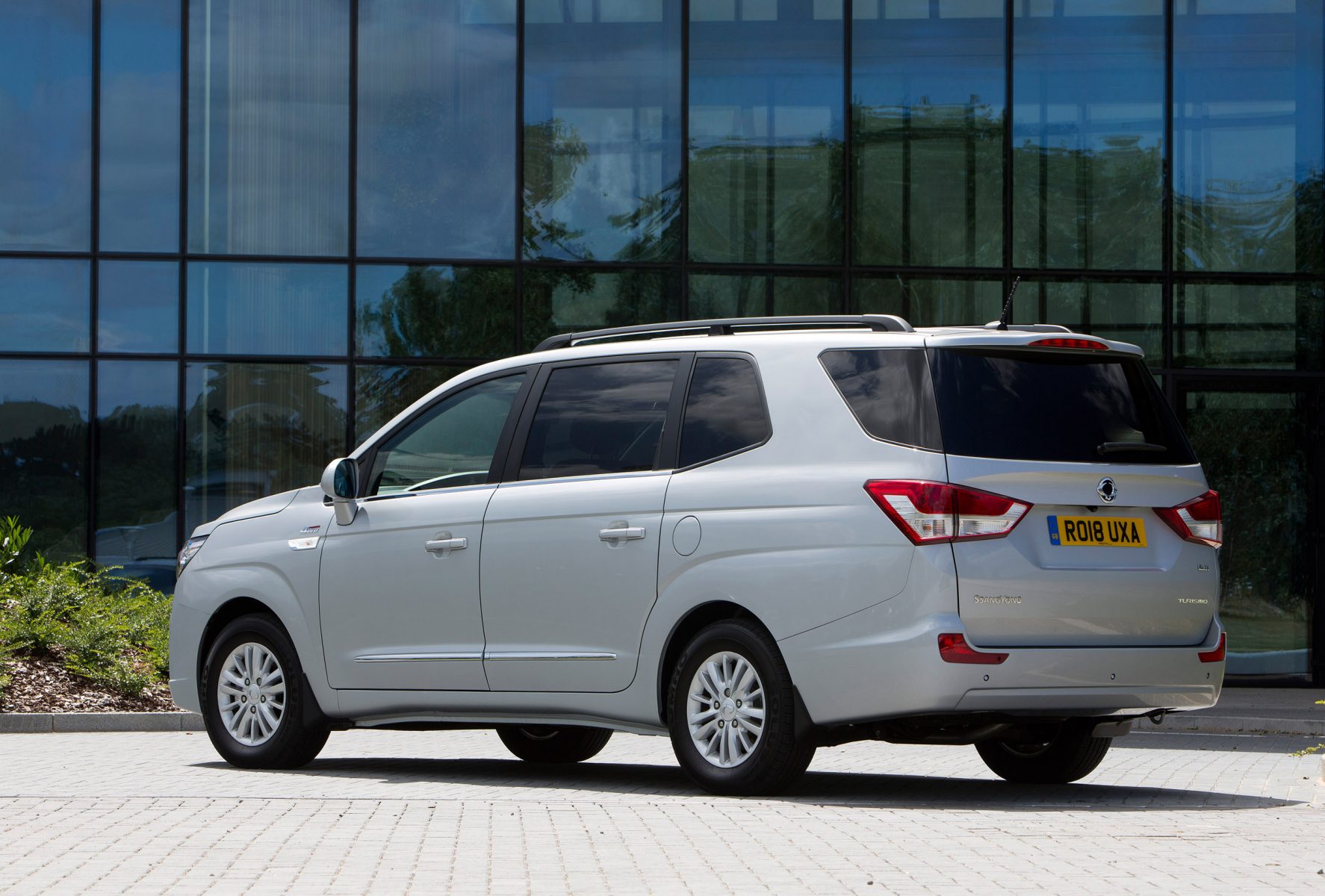 SsangYong isn’t a household name, but those looking for affordable practicality may want to consider it when looking for their next purchase. The Turismo is simply huge — offering 875 litres with five seats in place — plus the ability to carry seven in serious comfort if you utilise the collapsable rear row.
SsangYong isn’t a household name, but those looking for affordable practicality may want to consider it when looking for their next purchase. The Turismo is simply huge — offering 875 litres with five seats in place — plus the ability to carry seven in serious comfort if you utilise the collapsable rear row. 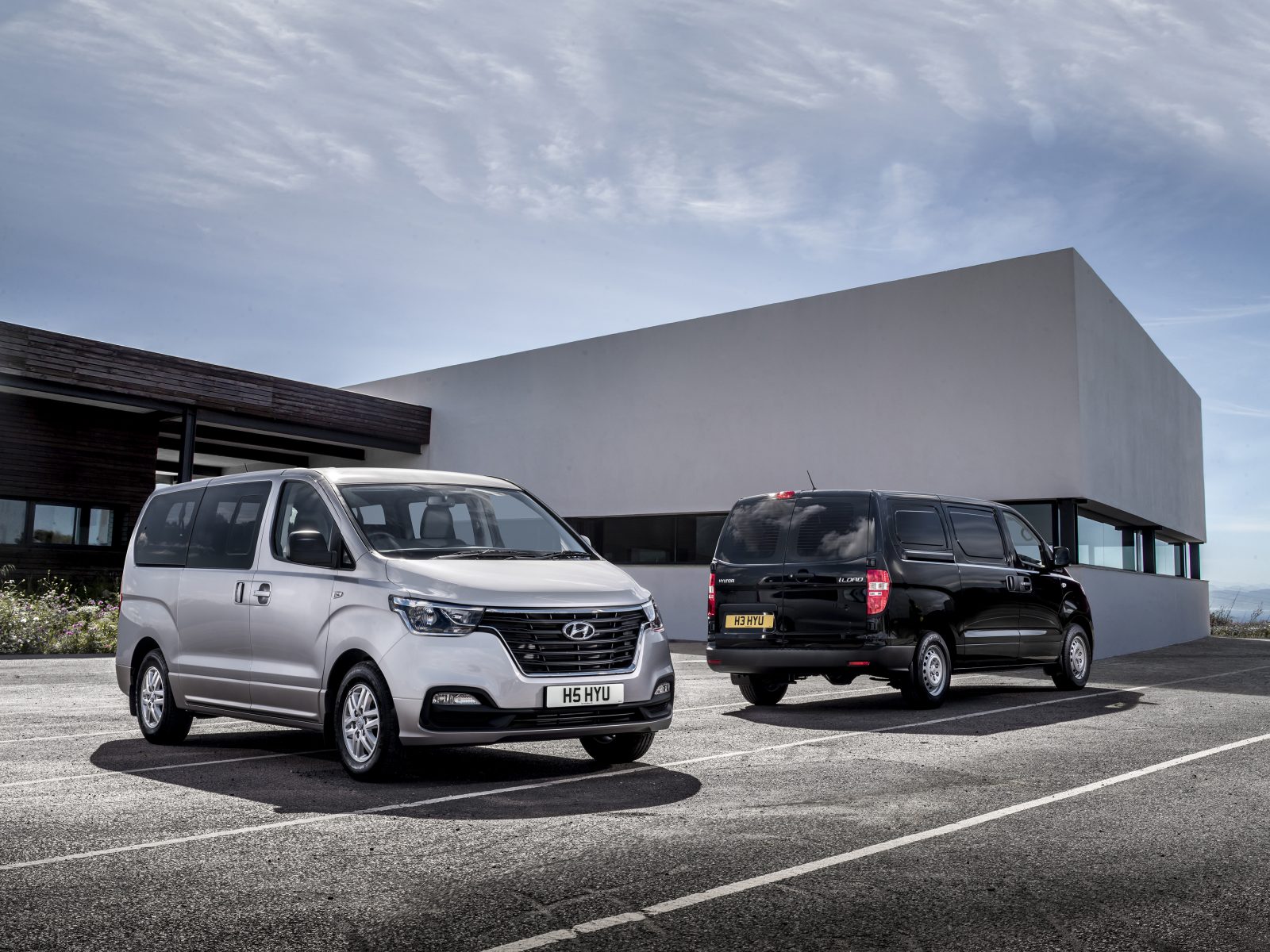 Though Hyundai’s i800 has been on the market for a remarkable 11 years at this point (albeit with a recent facelift), it remains one of the most practical options money can buy. It offers 851 litres of boot space, or seating for eight people, making it one of the most capable vehicles on the market.
Though Hyundai’s i800 has been on the market for a remarkable 11 years at this point (albeit with a recent facelift), it remains one of the most practical options money can buy. It offers 851 litres of boot space, or seating for eight people, making it one of the most capable vehicles on the market.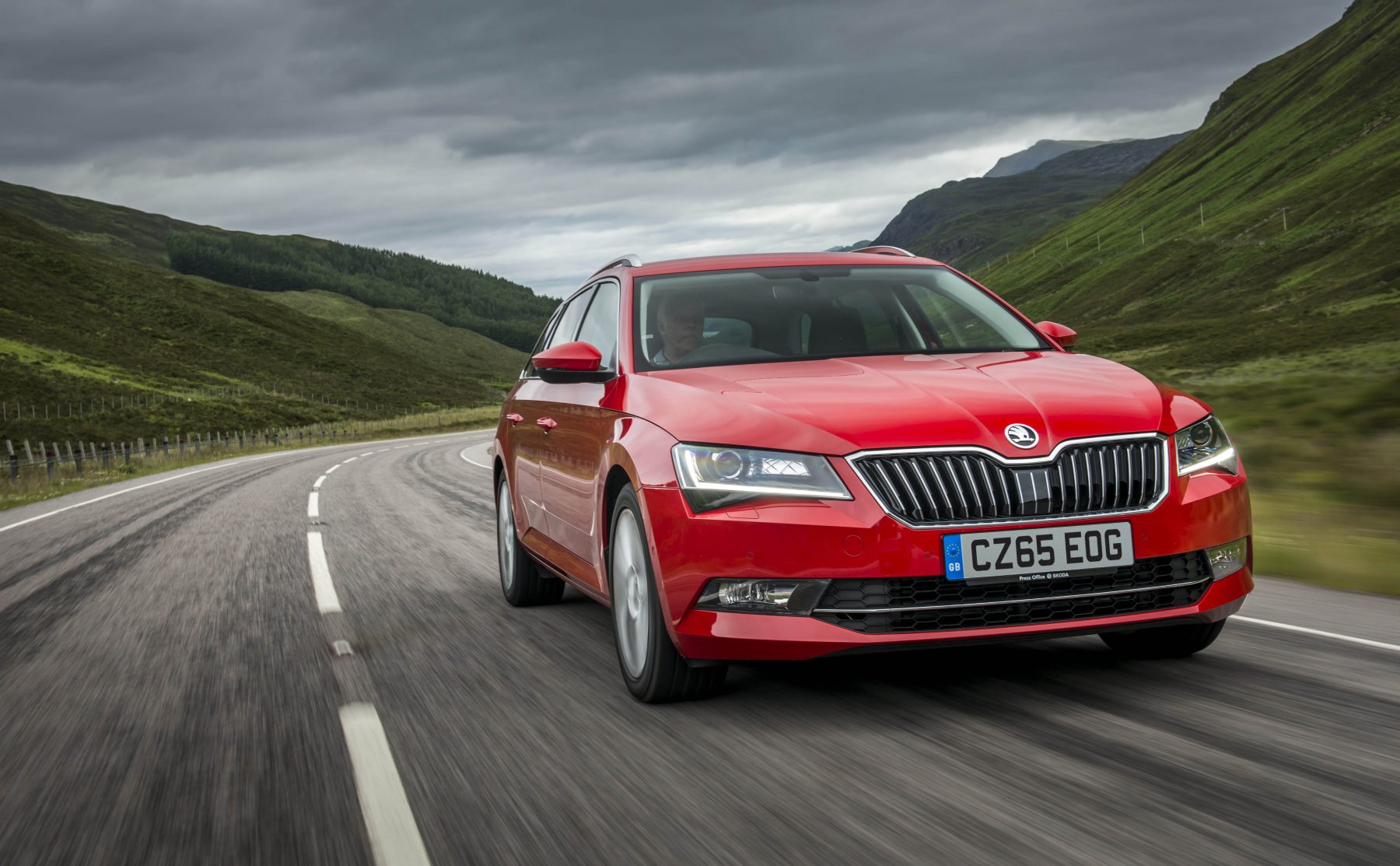 SUVs may be the ‘in’ thing right now, but the humble estate continues to be more often than not a better option for practicality. Take the Skoda Superb Estate for example, capable of swallowing 660 litres worth of cargo. That’s more than any SUV or crossover on the market, in a stylish and very comfortable package
SUVs may be the ‘in’ thing right now, but the humble estate continues to be more often than not a better option for practicality. Take the Skoda Superb Estate for example, capable of swallowing 660 litres worth of cargo. That’s more than any SUV or crossover on the market, in a stylish and very comfortable package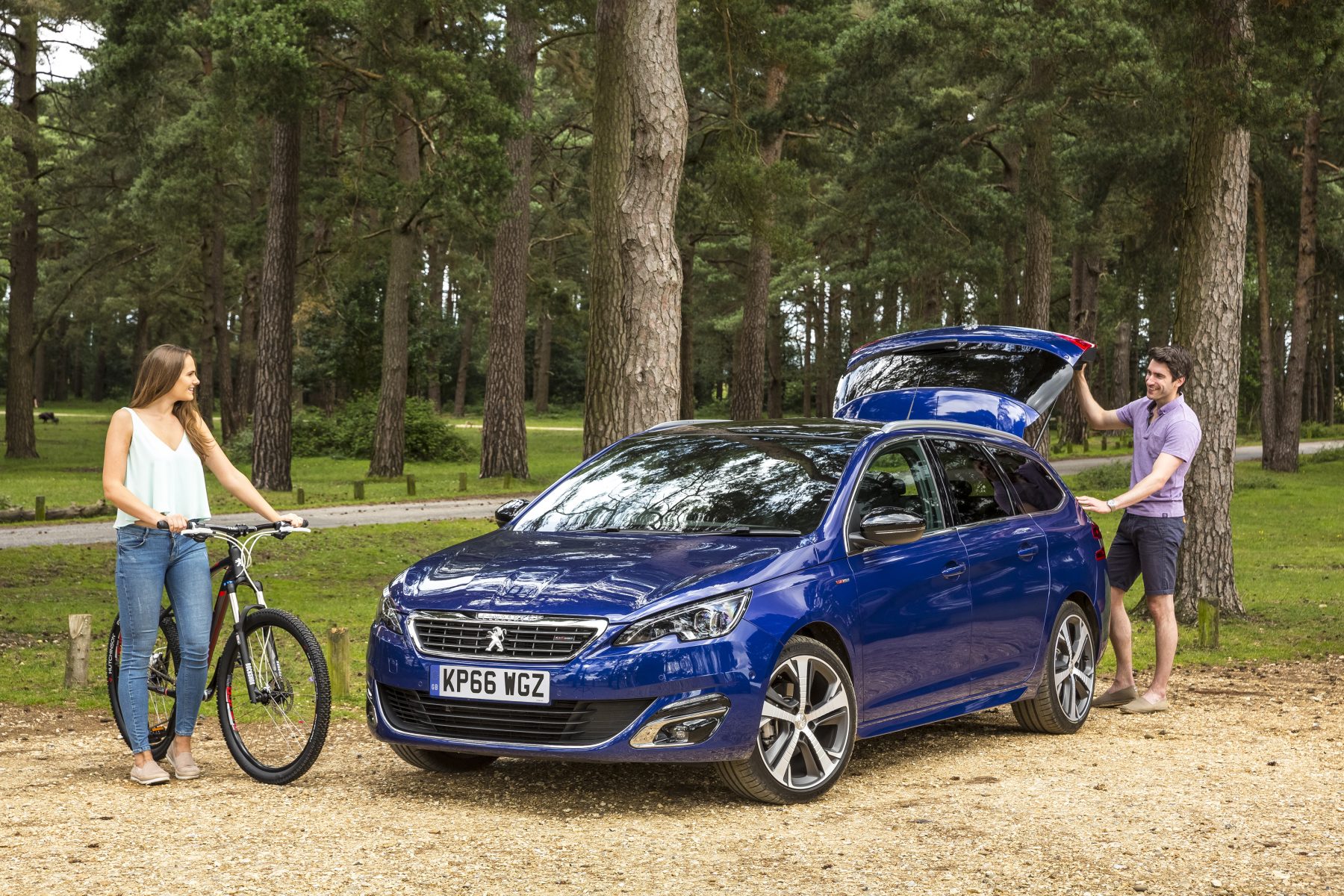 On the topic of estates, the Peugeot 308 SW is more proof of how practical the formula can be. Matching the Superb’s 660 litres despite being a bit long in the tooth in its current guise, the 308 SW remains a compelling option for those after sheer space — and a very handsome one at that.
On the topic of estates, the Peugeot 308 SW is more proof of how practical the formula can be. Matching the Superb’s 660 litres despite being a bit long in the tooth in its current guise, the 308 SW remains a compelling option for those after sheer space — and a very handsome one at that.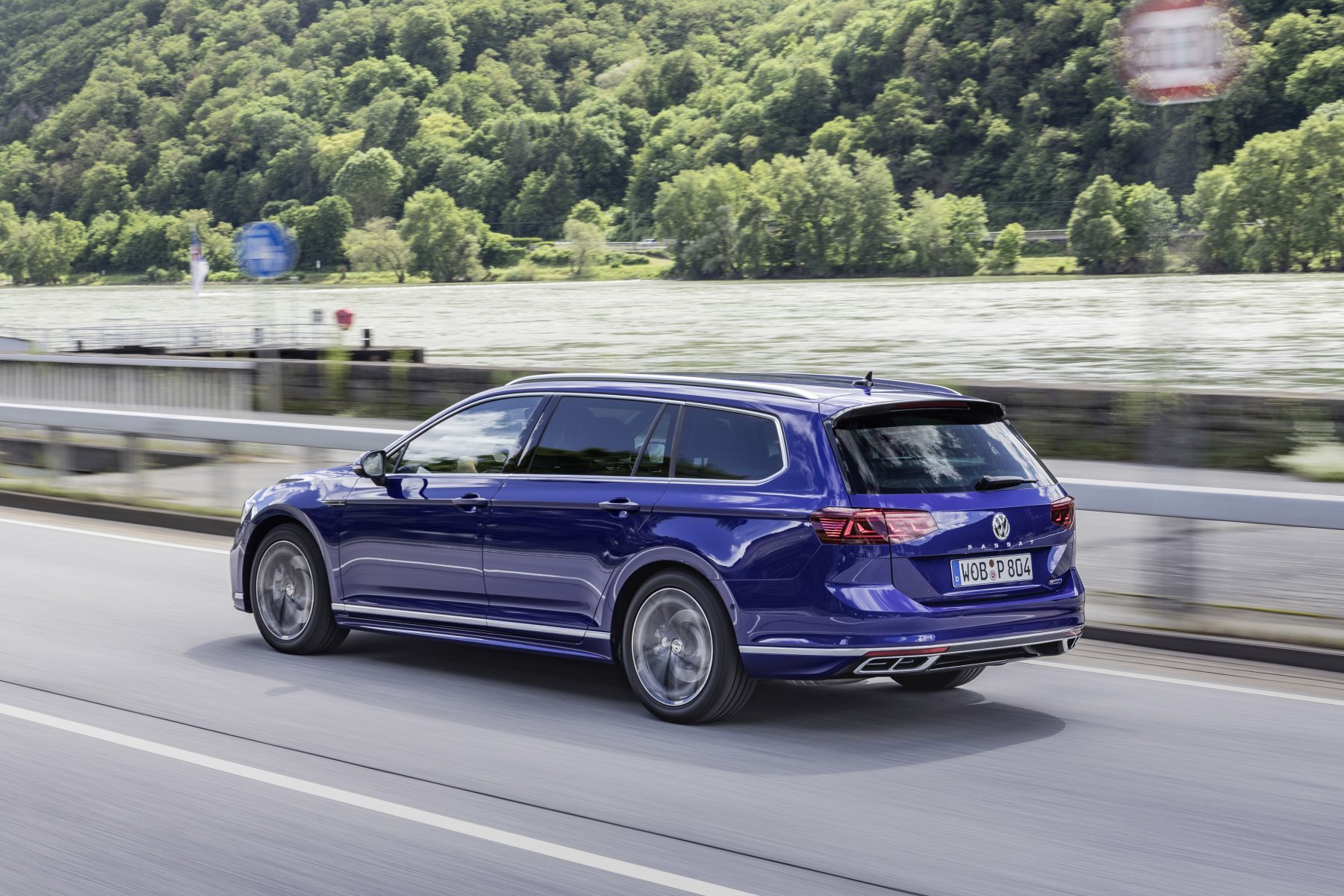 Sharing a platform with the Skoda Superb, the Volkswagen Passat does lose 10 litres of capacity but arguably gains a more upmarket edge. Recently given to a facelift, the Passat is now available with cutting-edge kit such as semi-autonomous ‘Travel Assist’ and plug-in hybrid variants.
Sharing a platform with the Skoda Superb, the Volkswagen Passat does lose 10 litres of capacity but arguably gains a more upmarket edge. Recently given to a facelift, the Passat is now available with cutting-edge kit such as semi-autonomous ‘Travel Assist’ and plug-in hybrid variants.